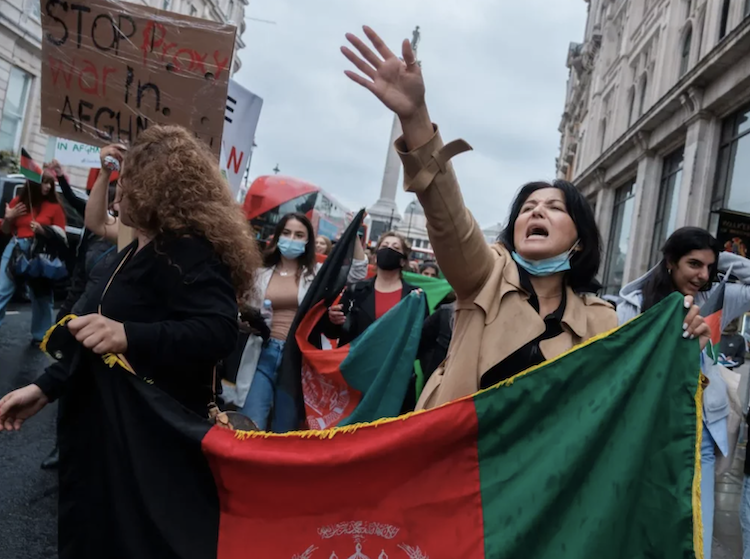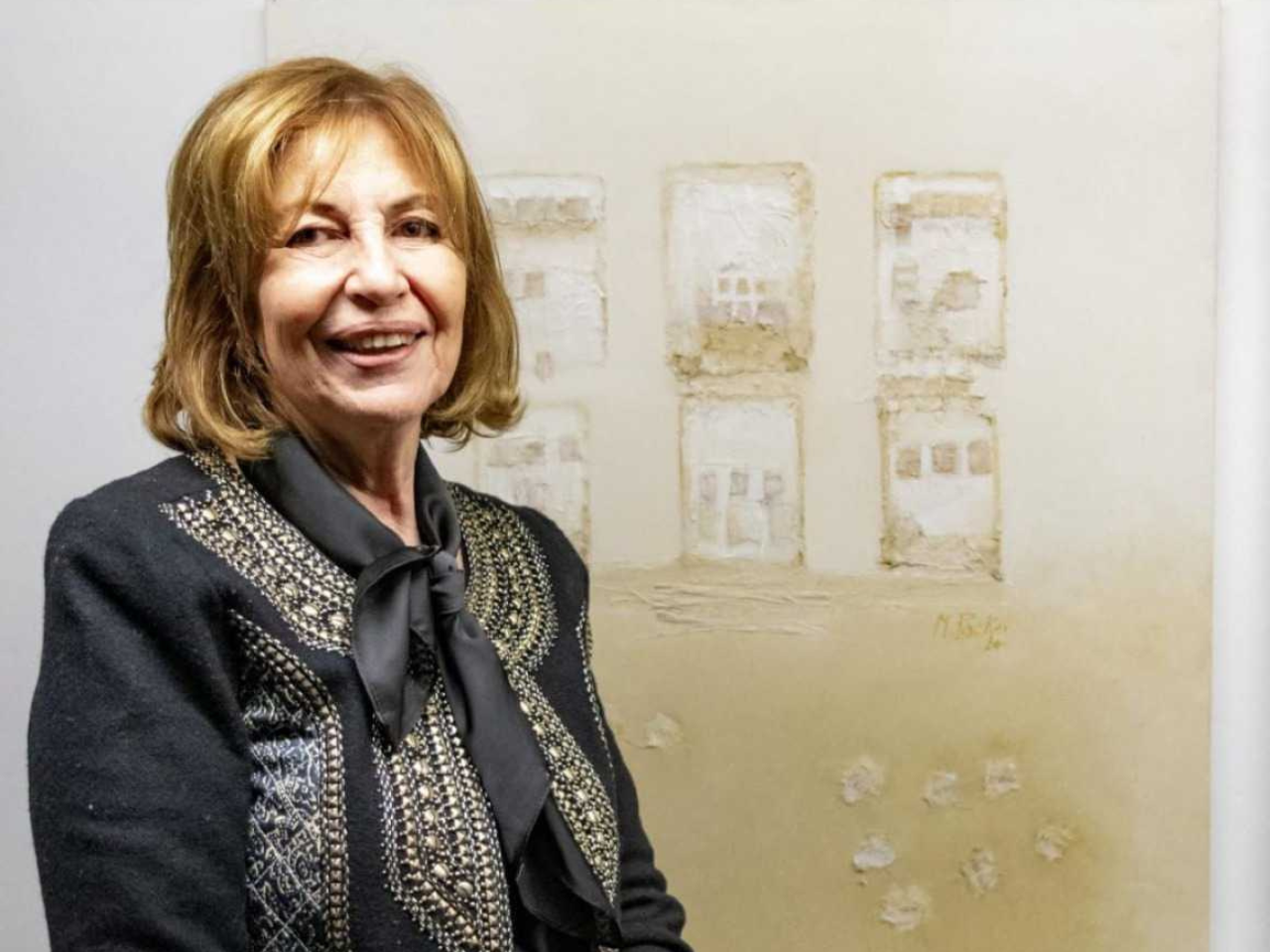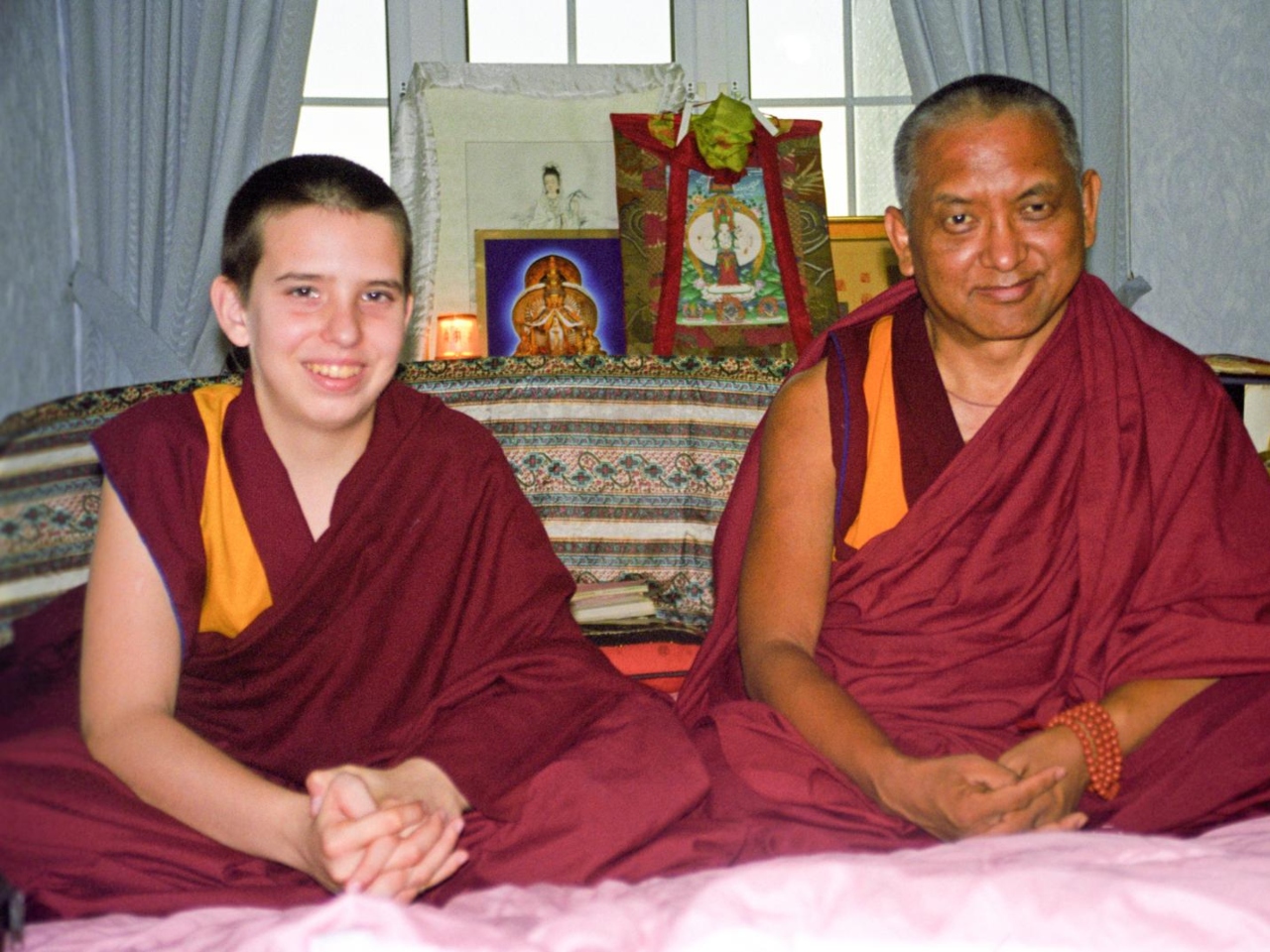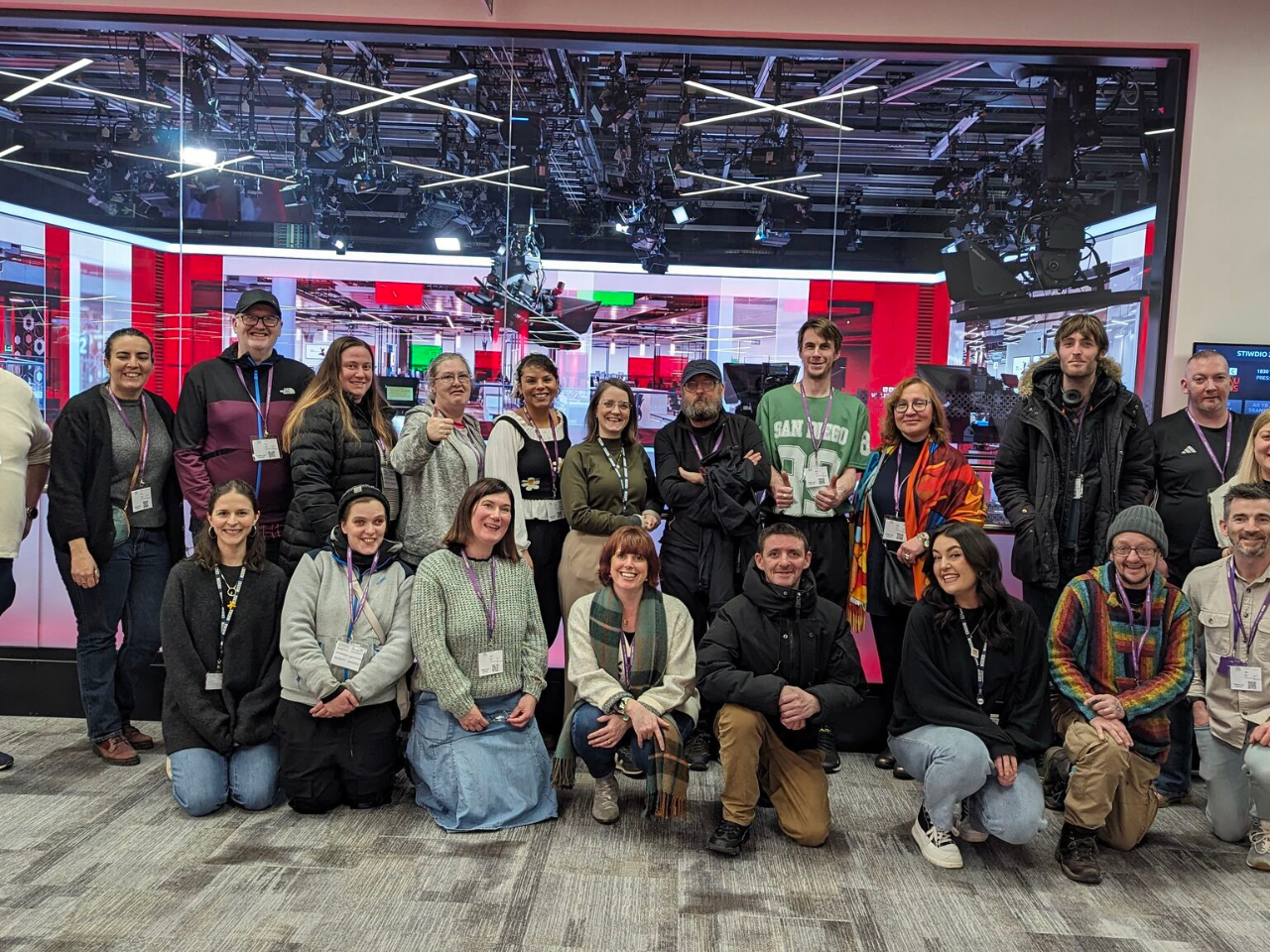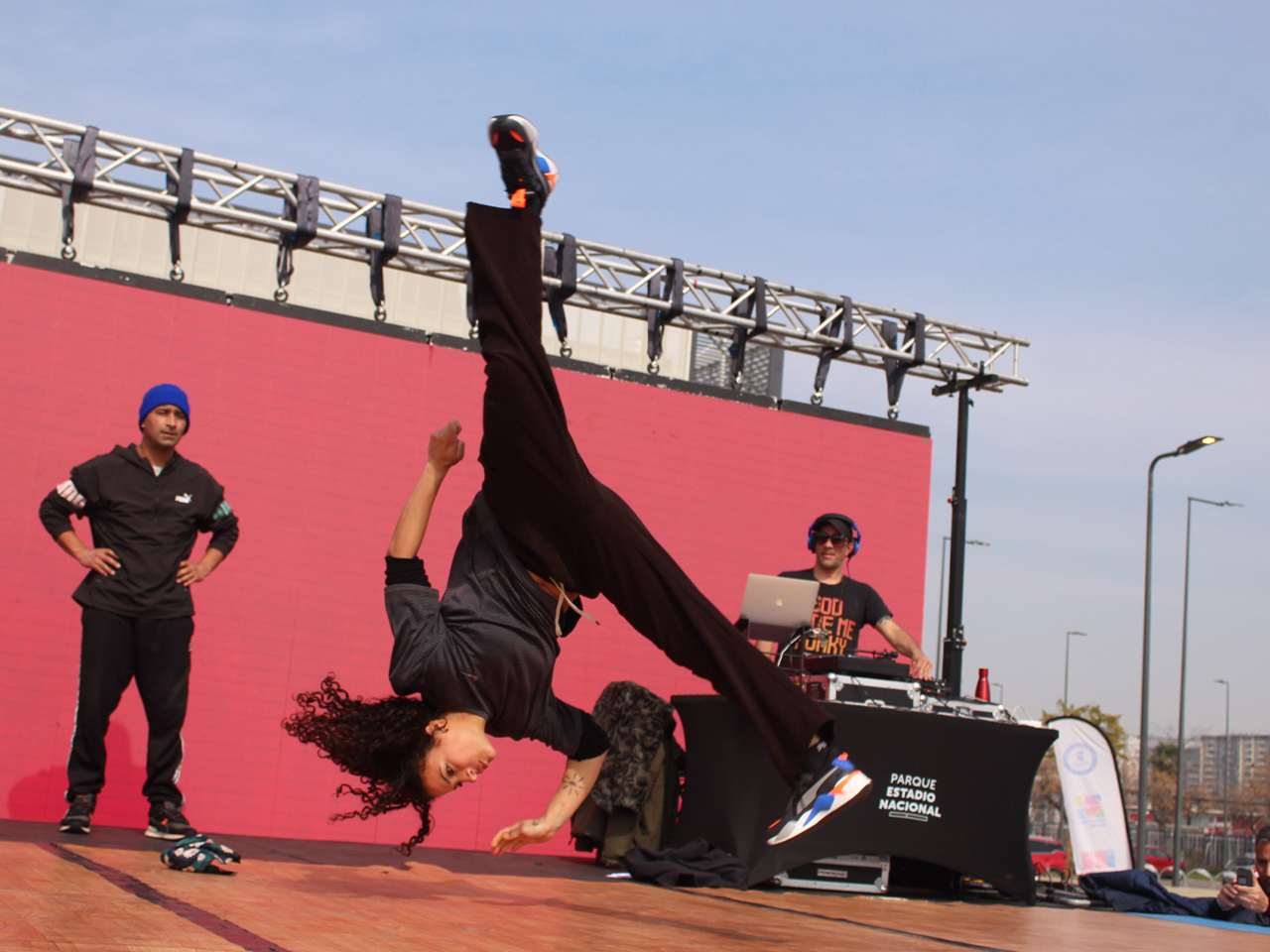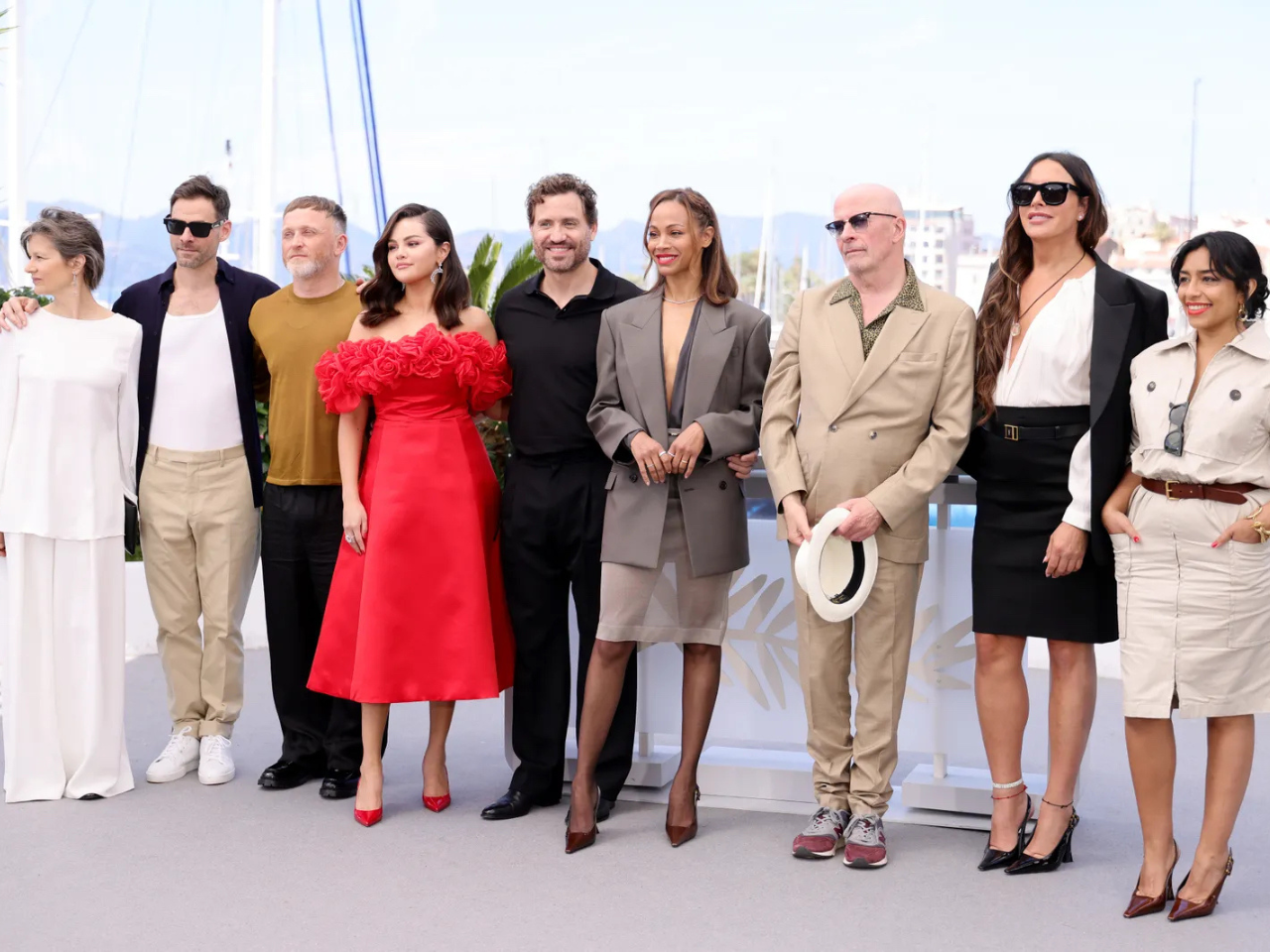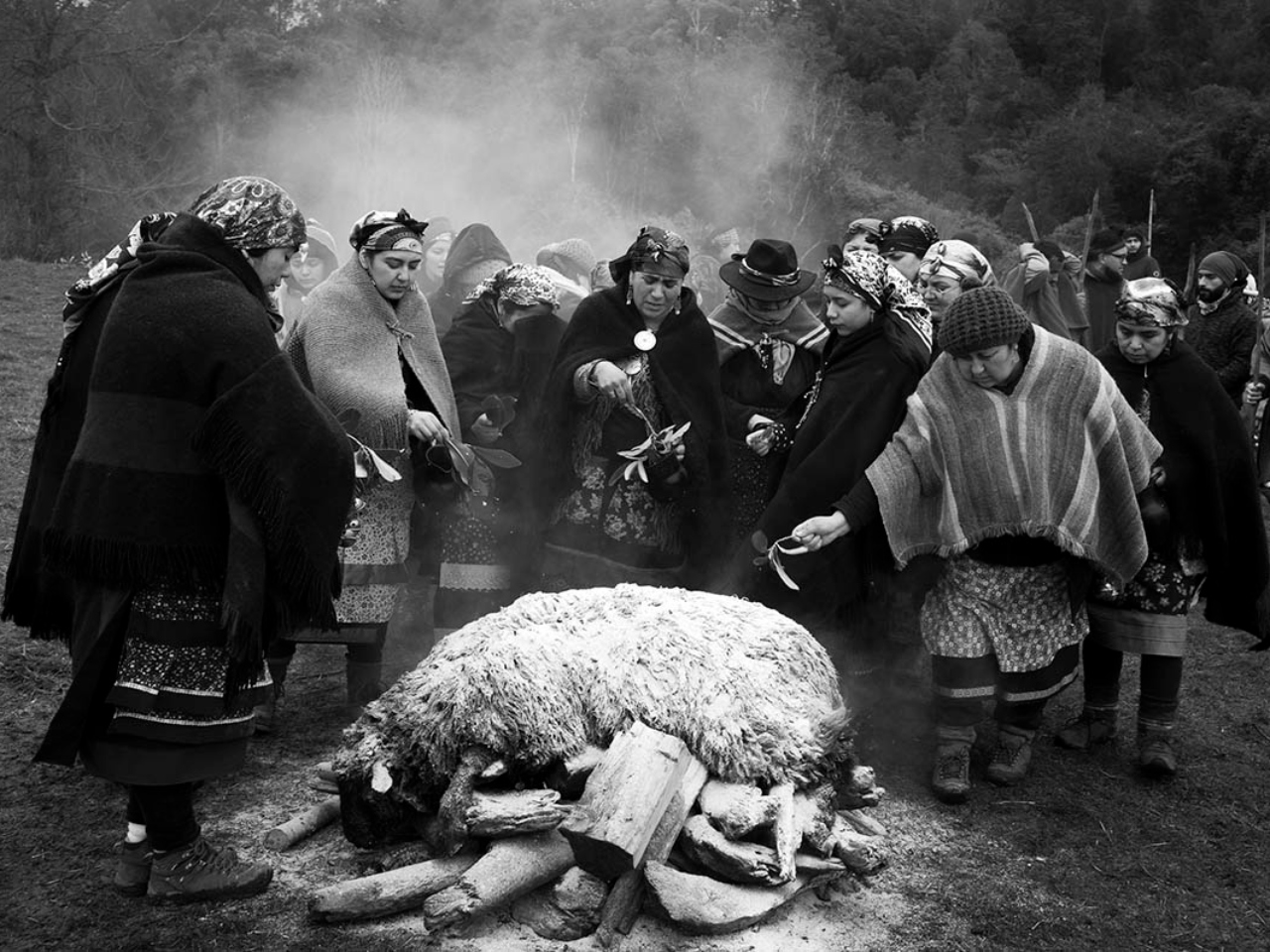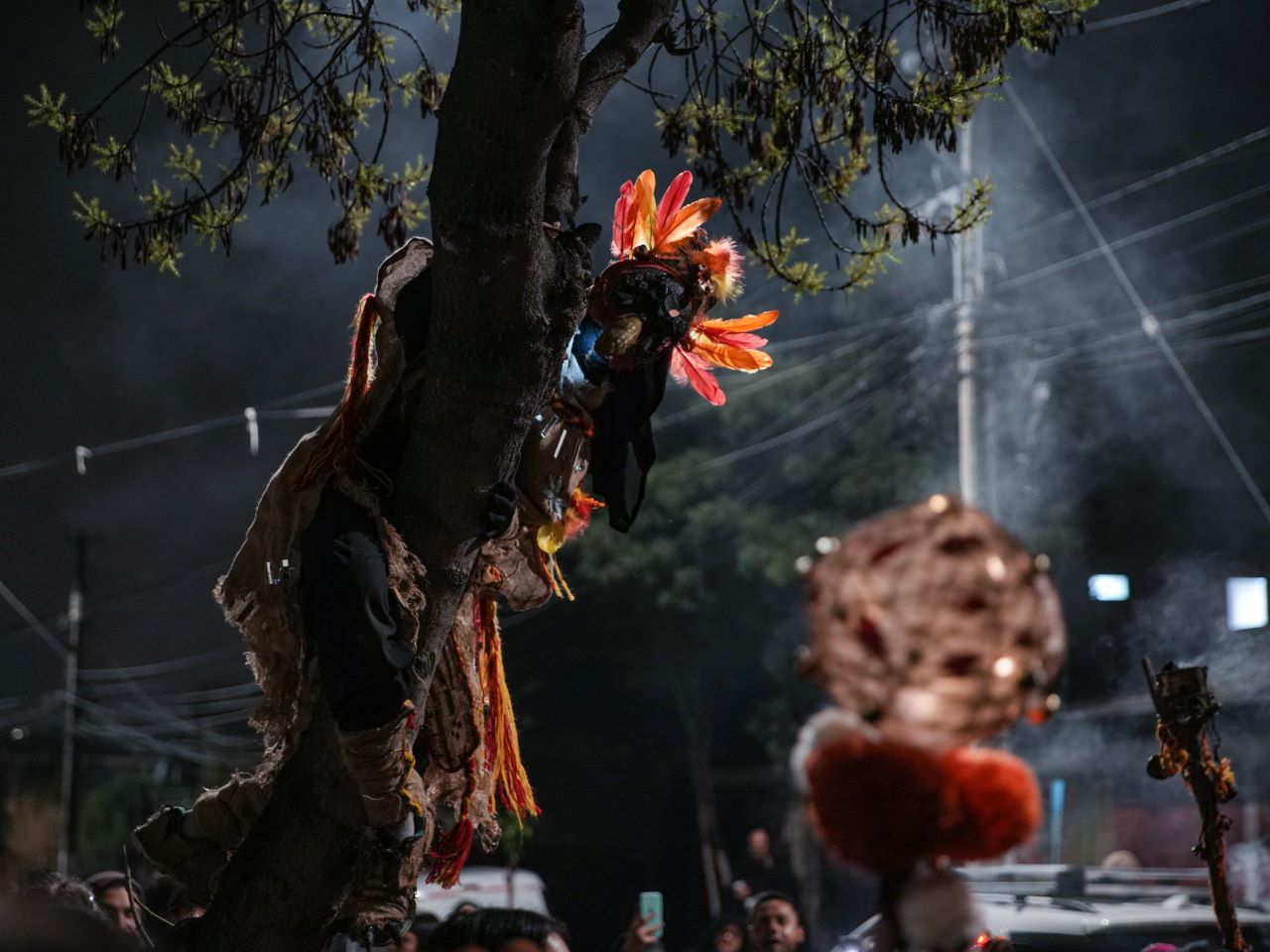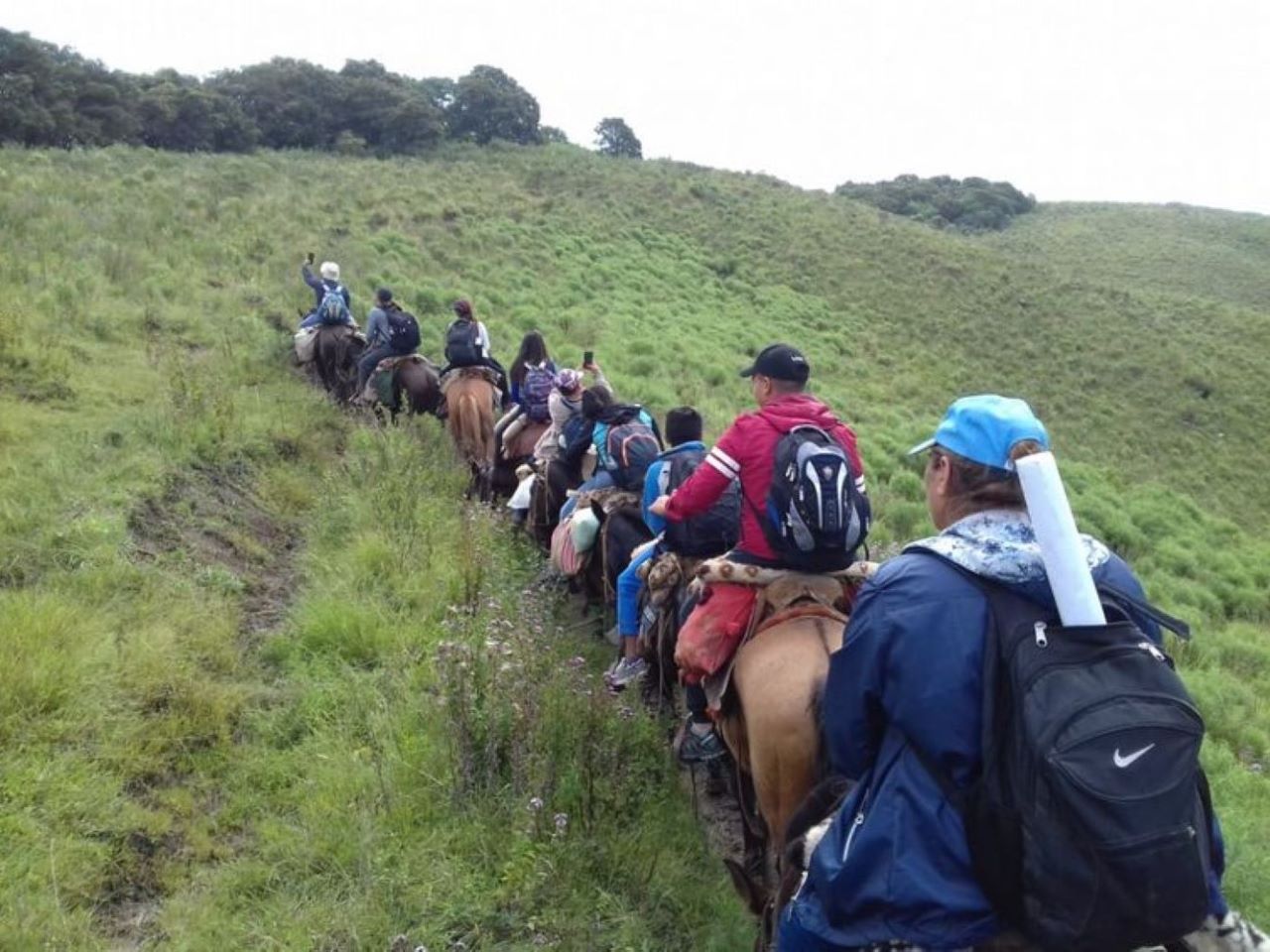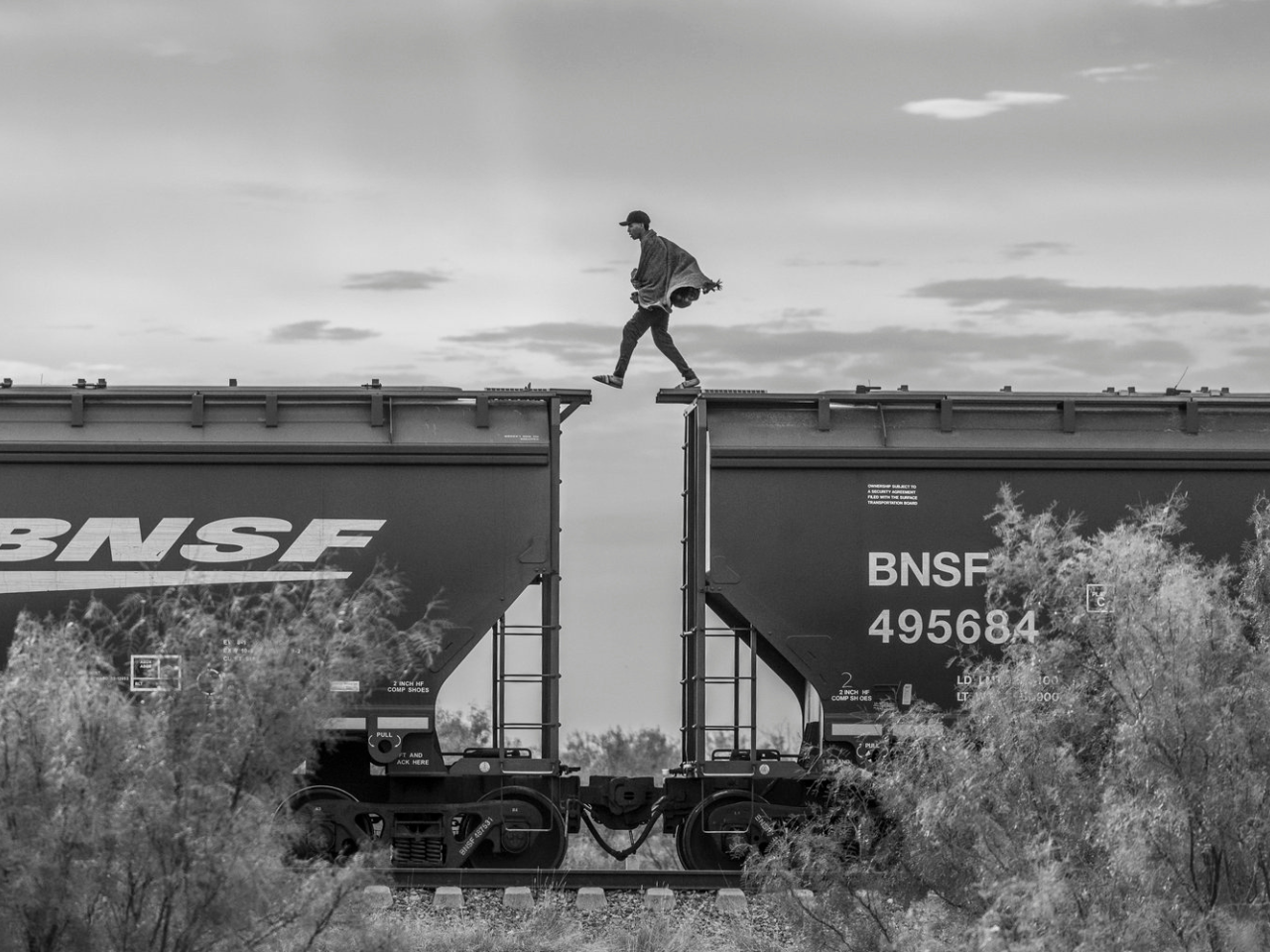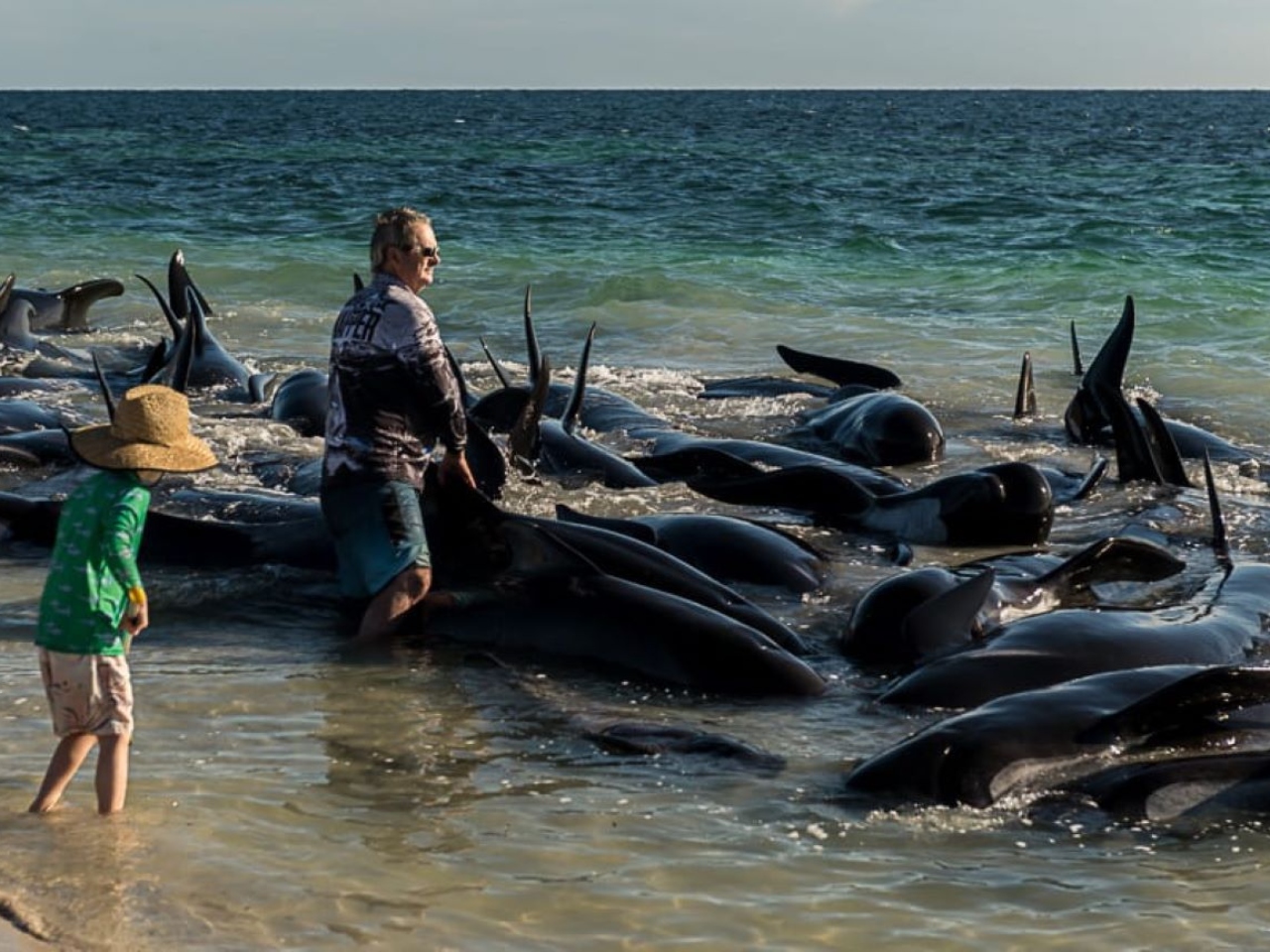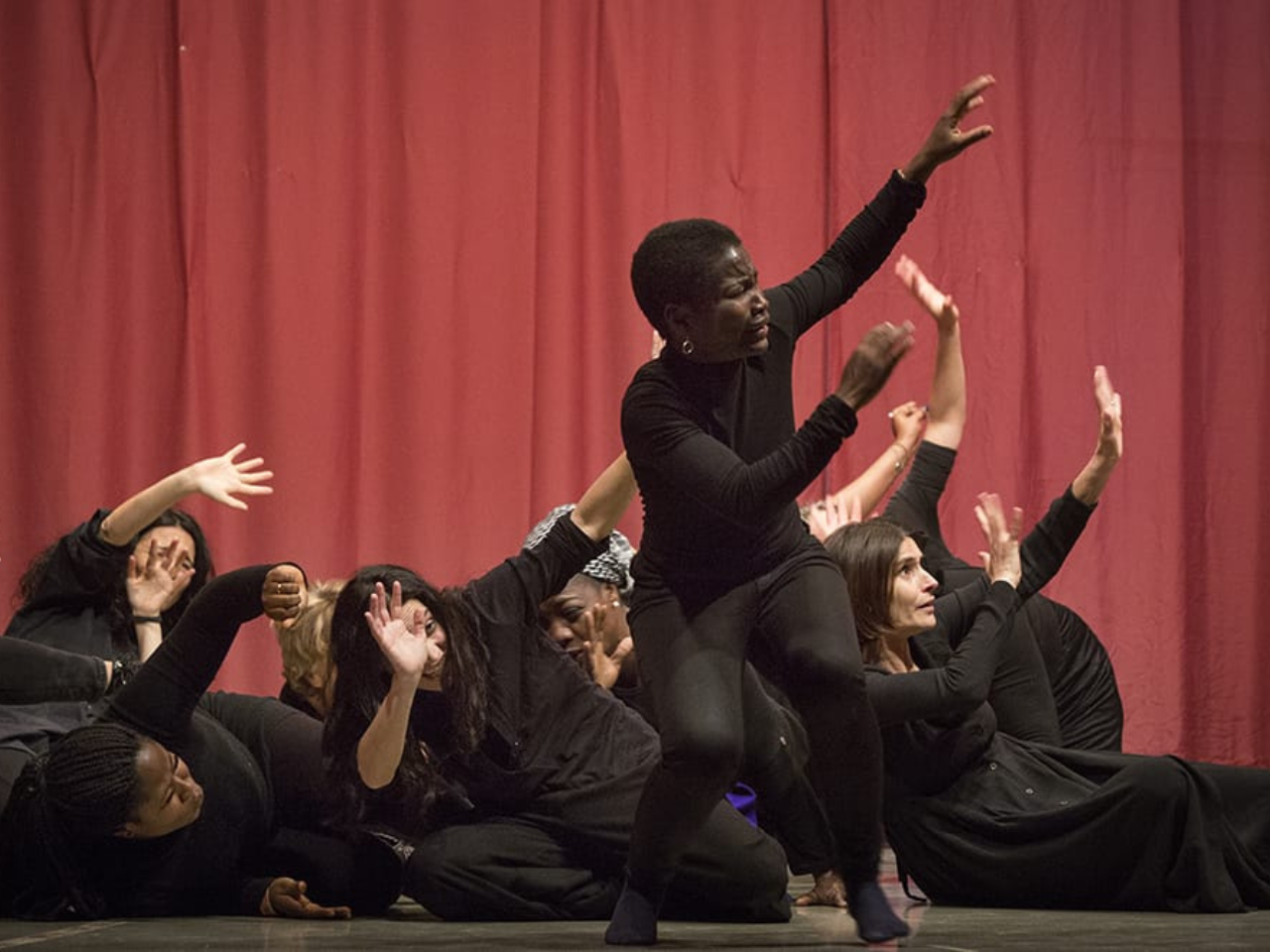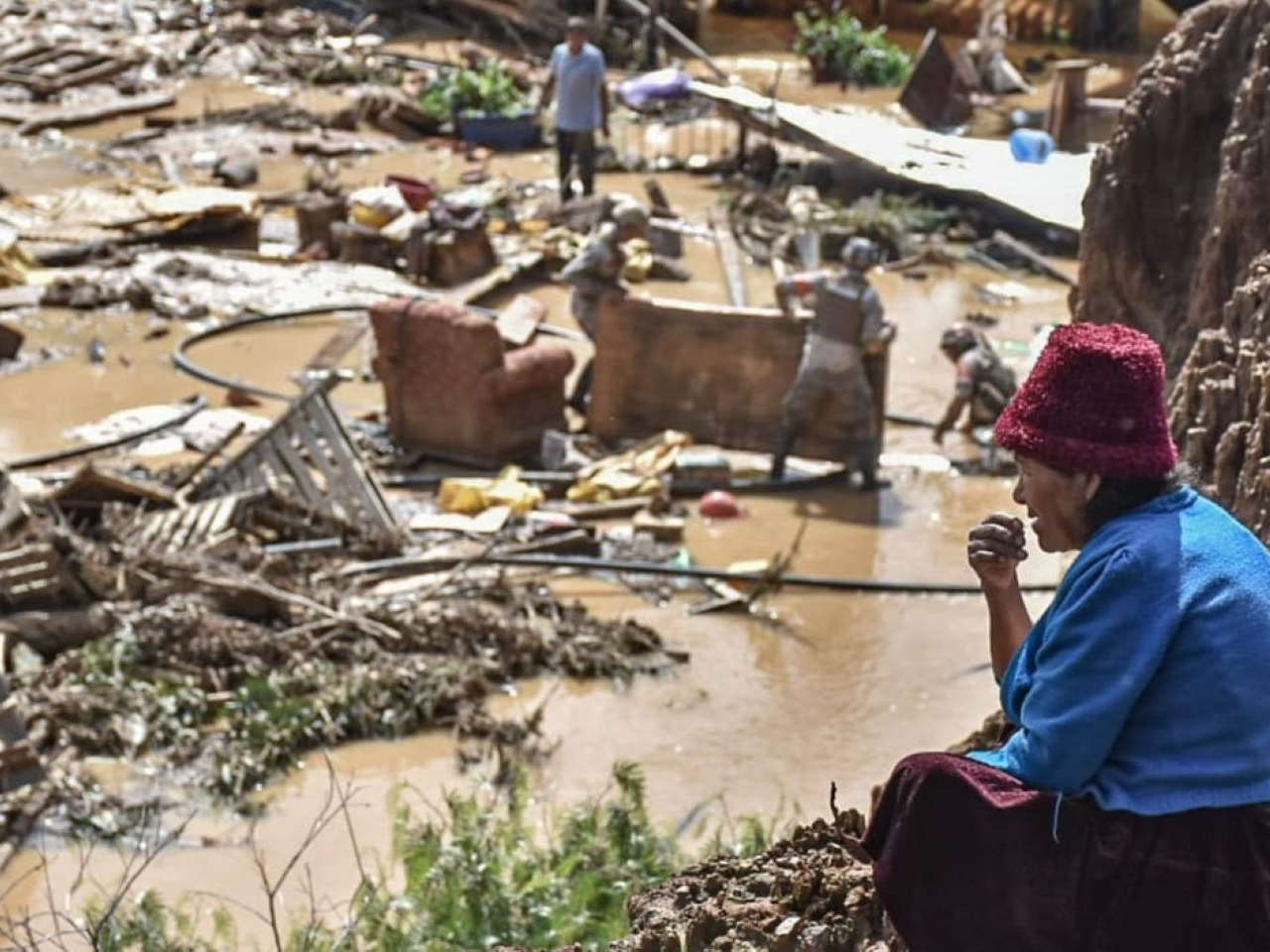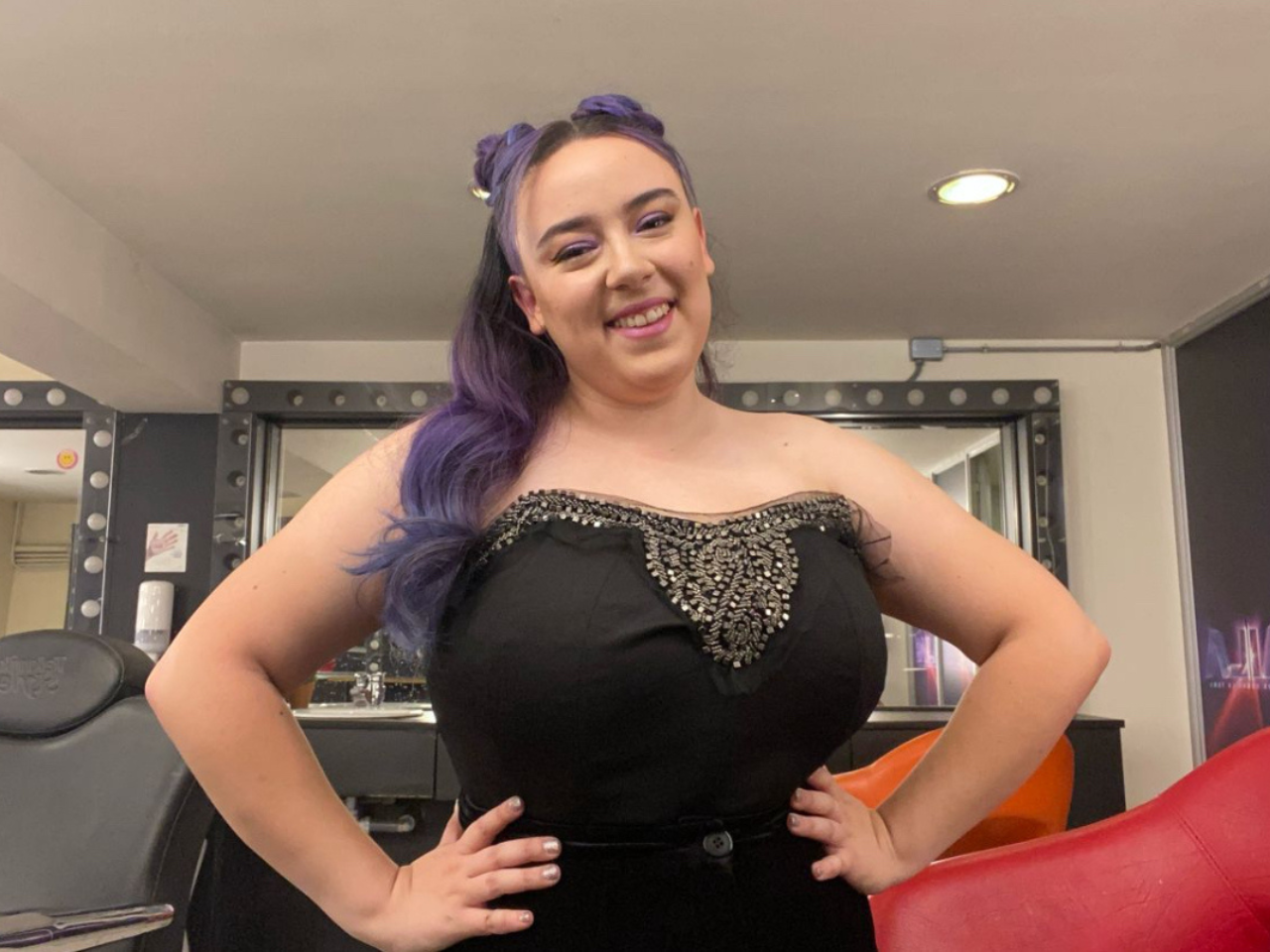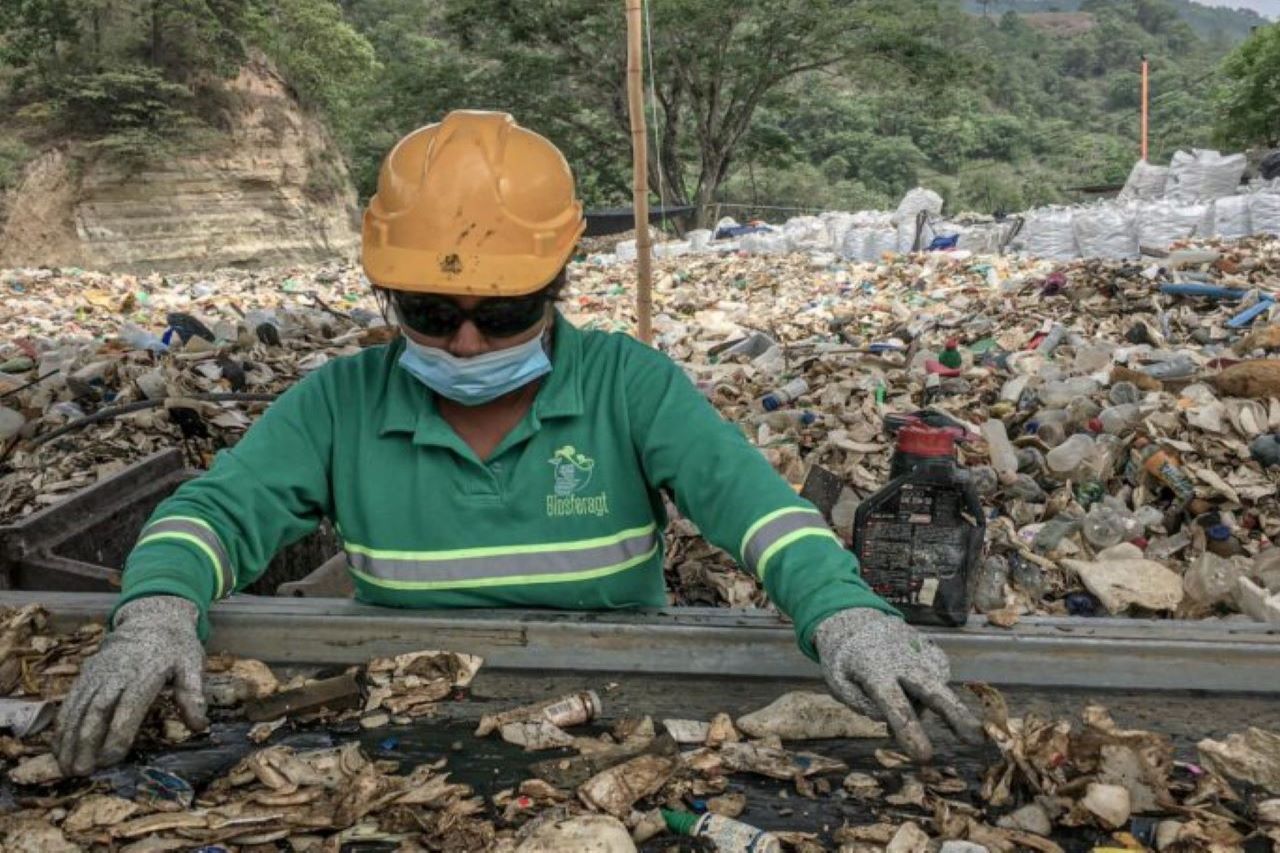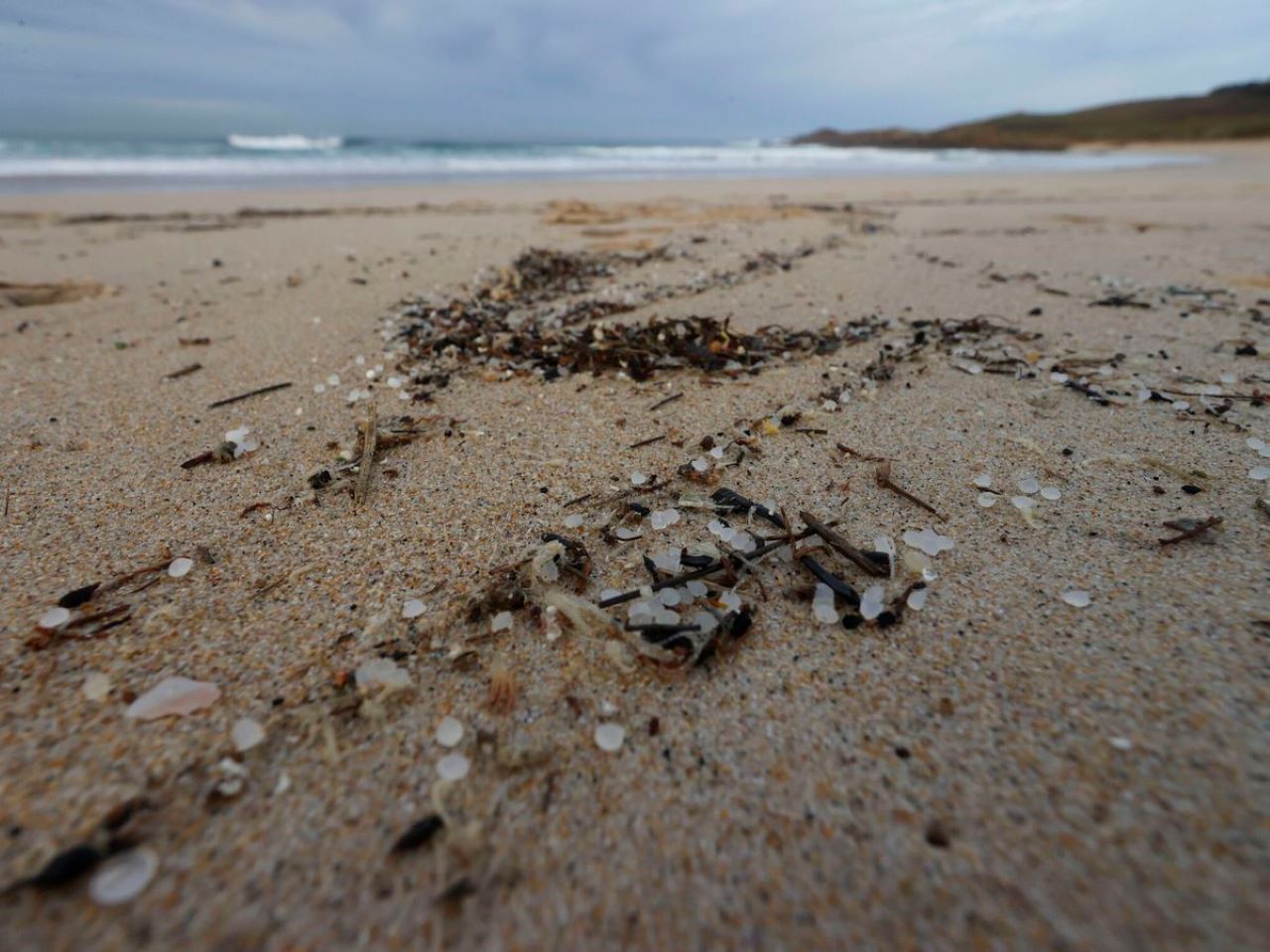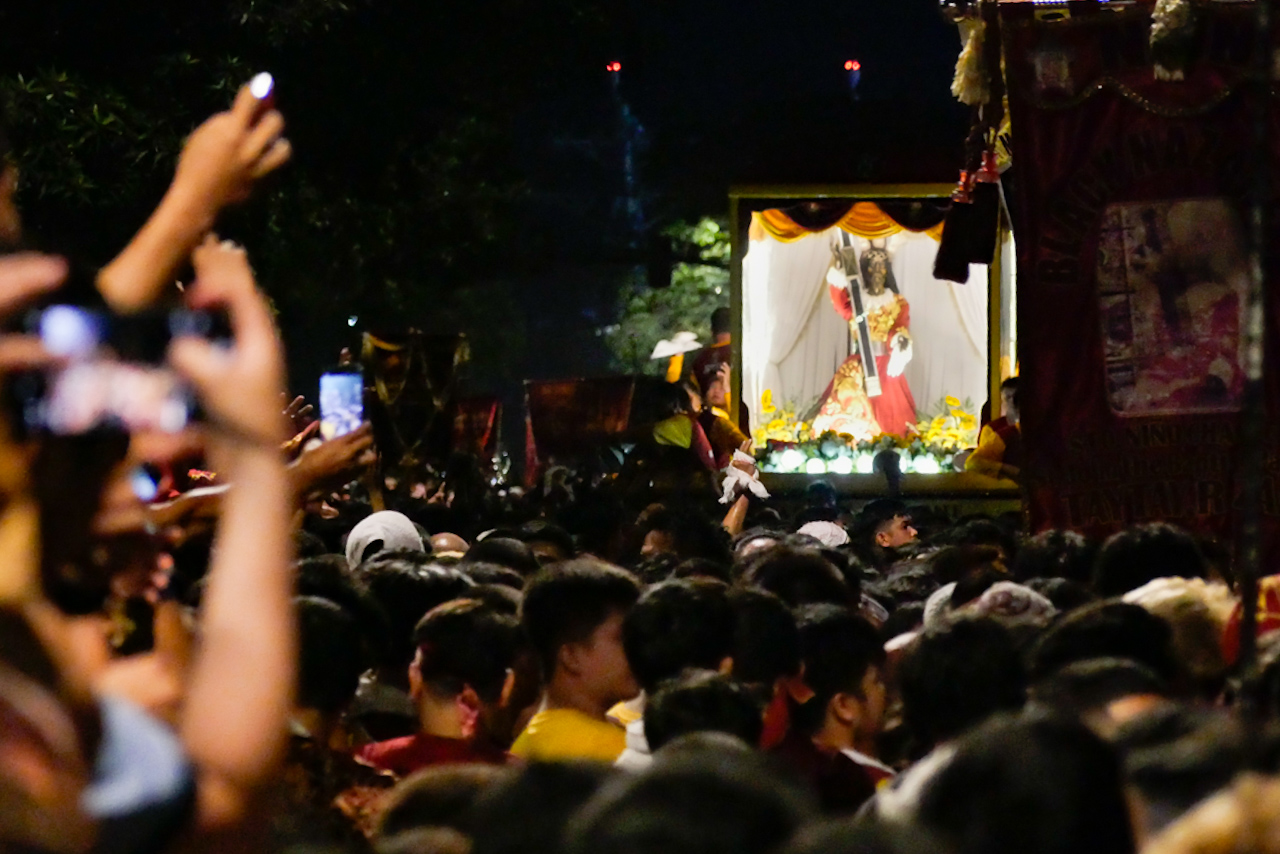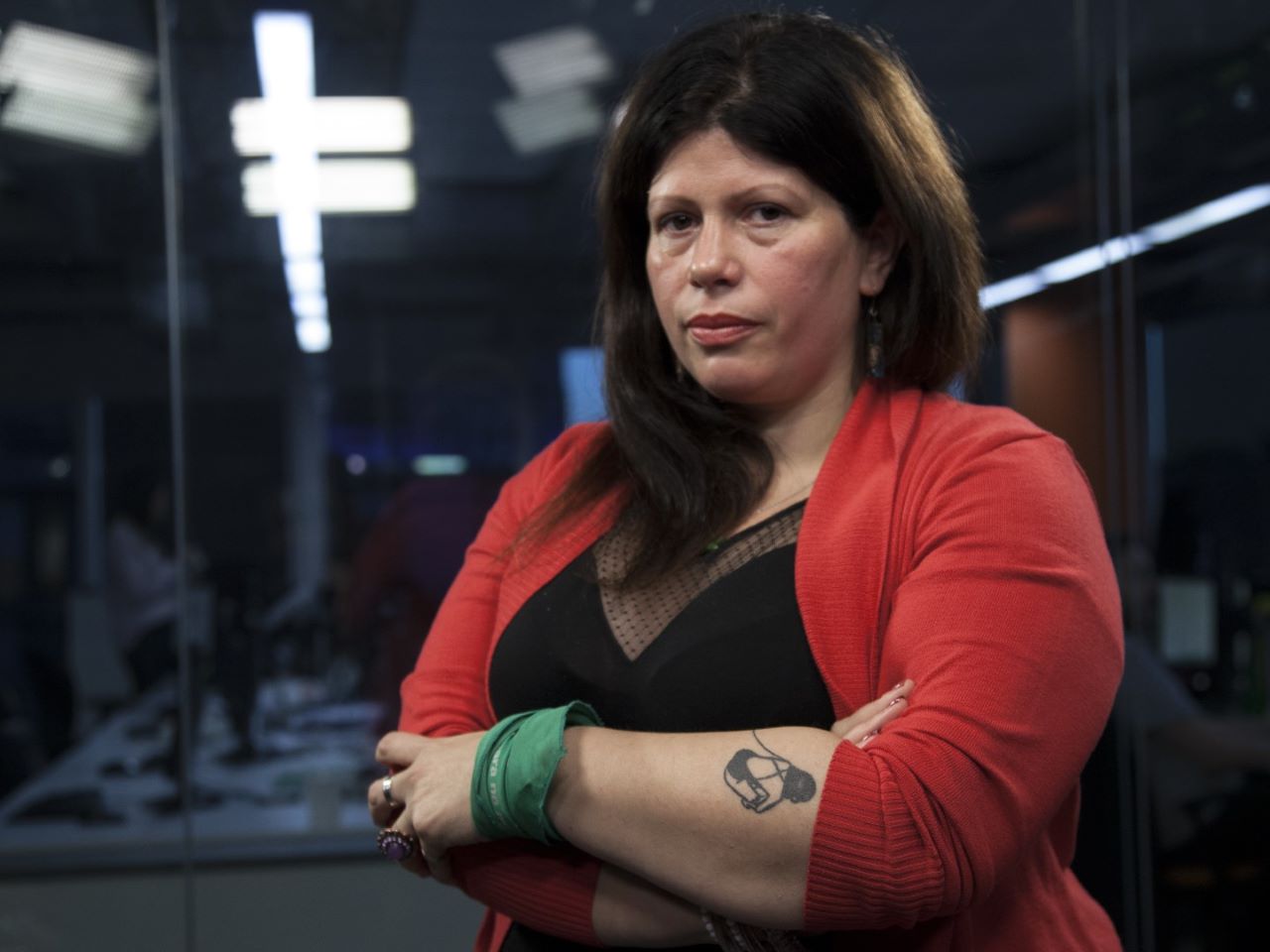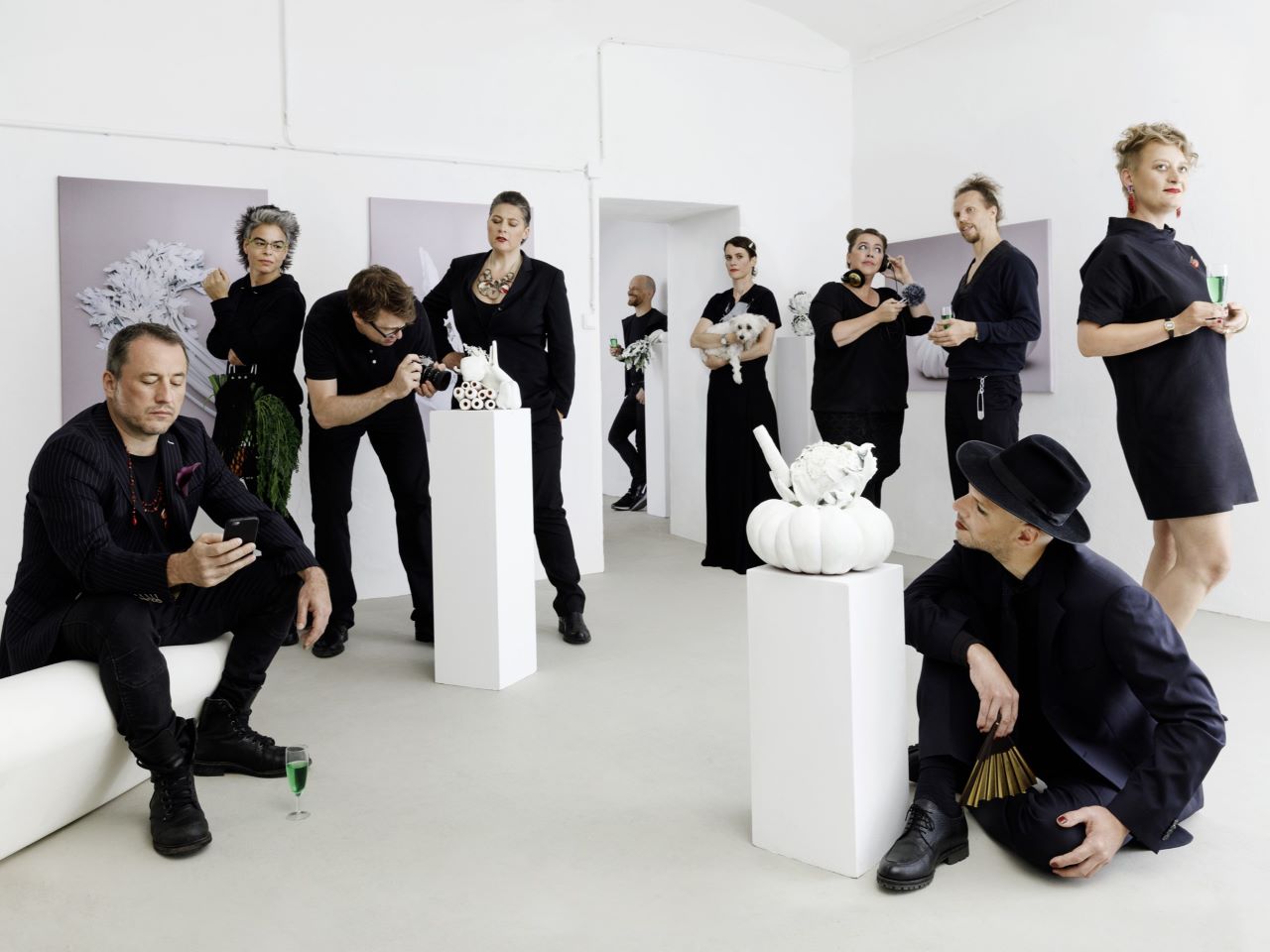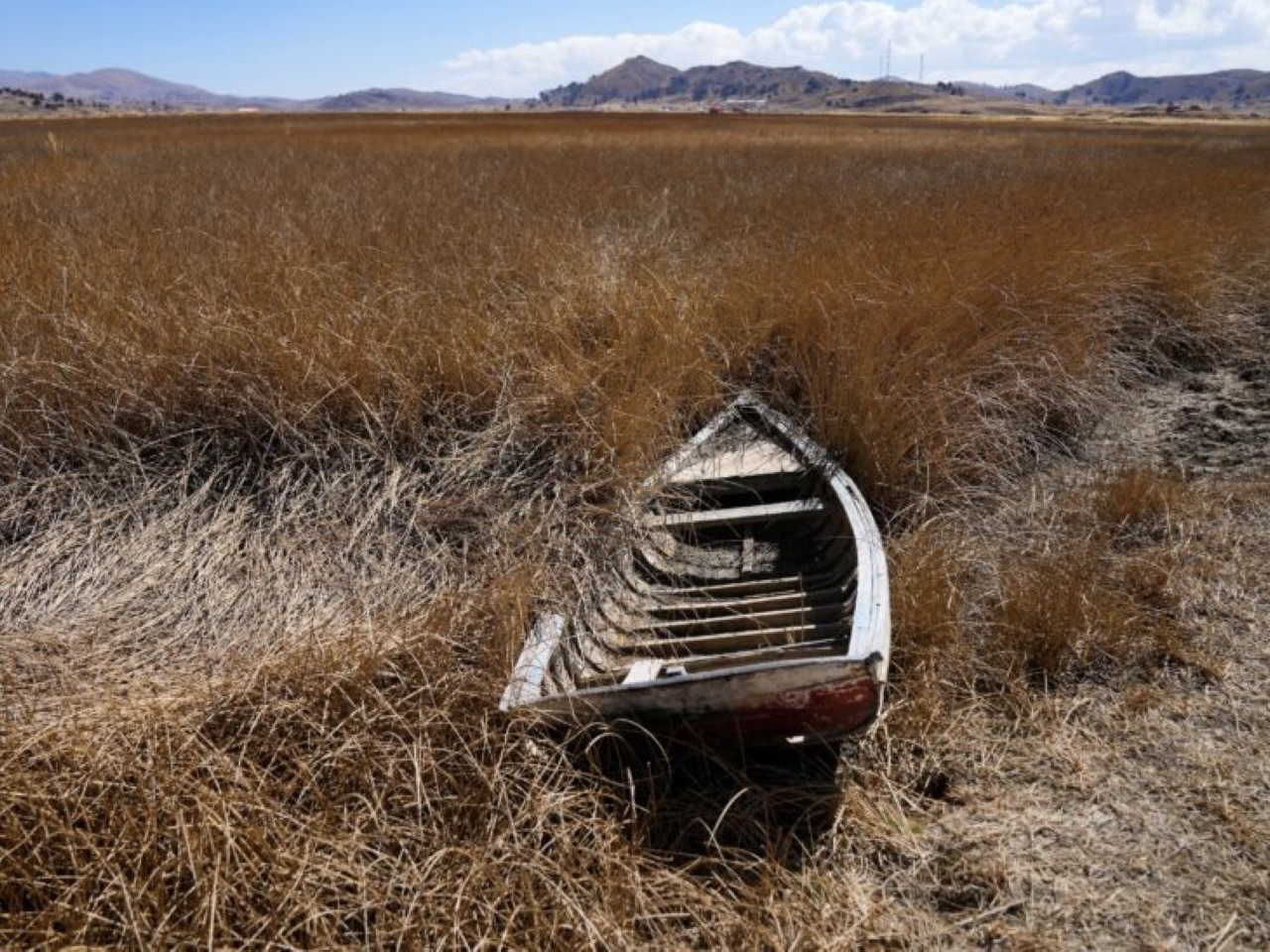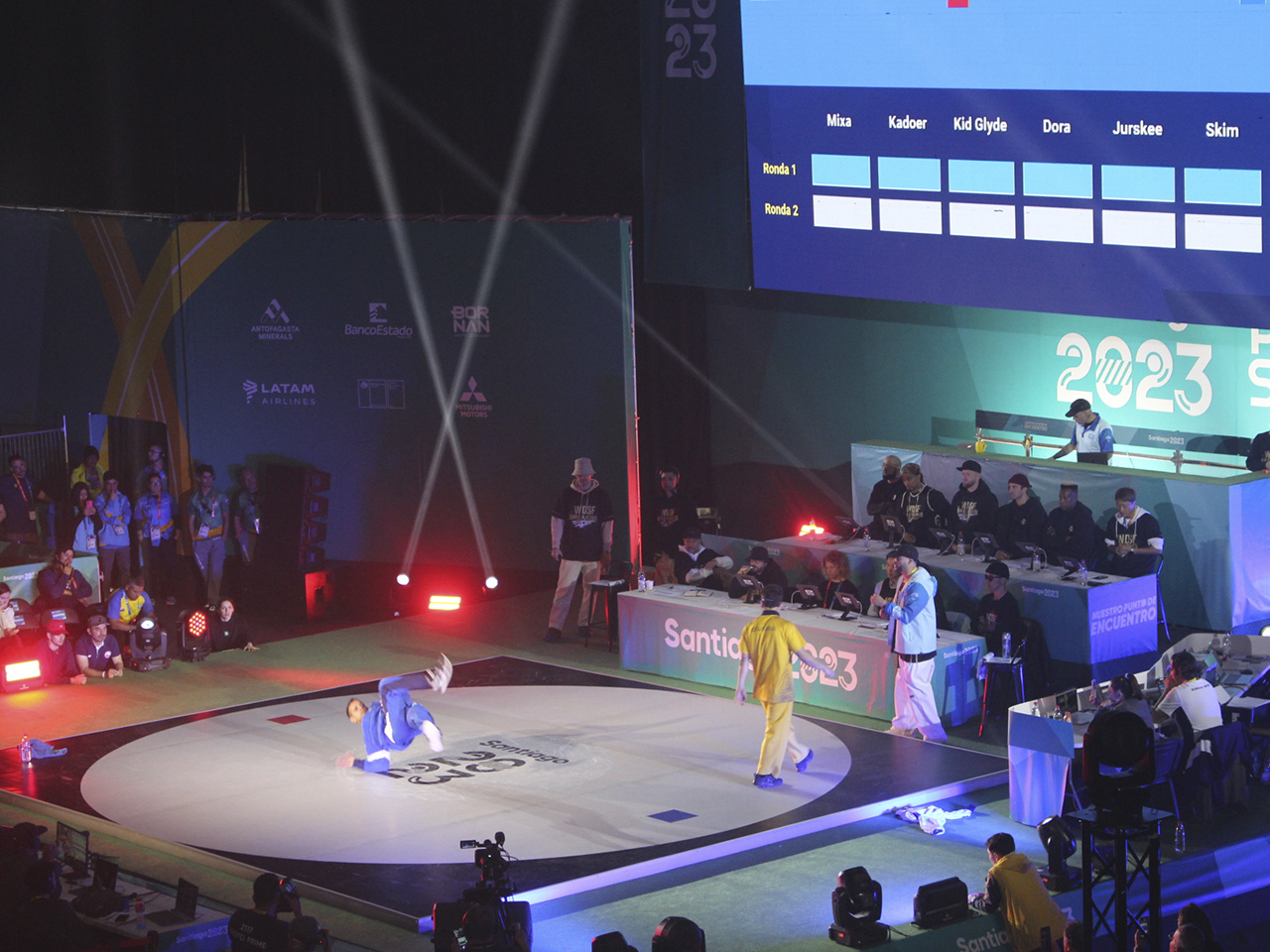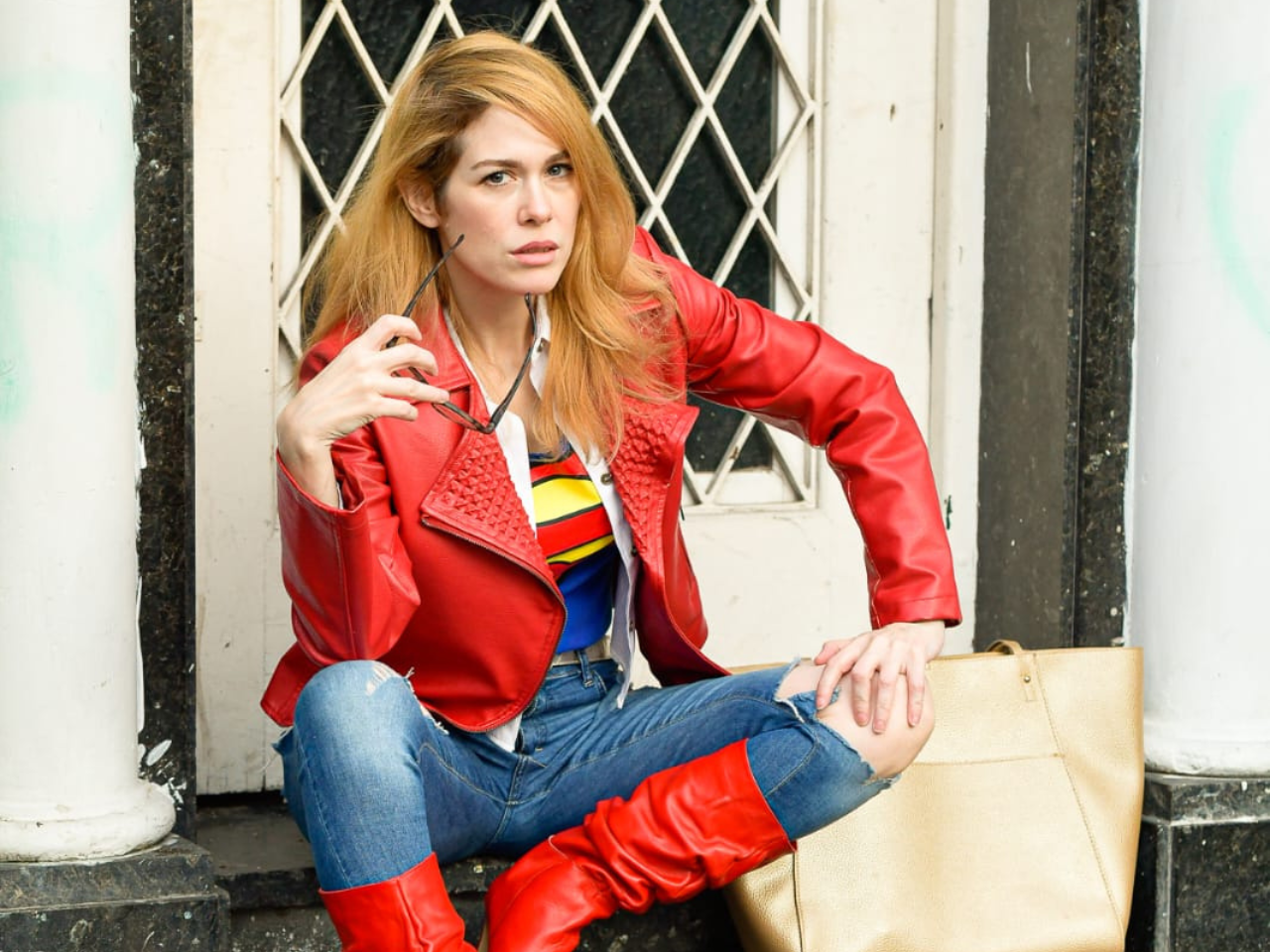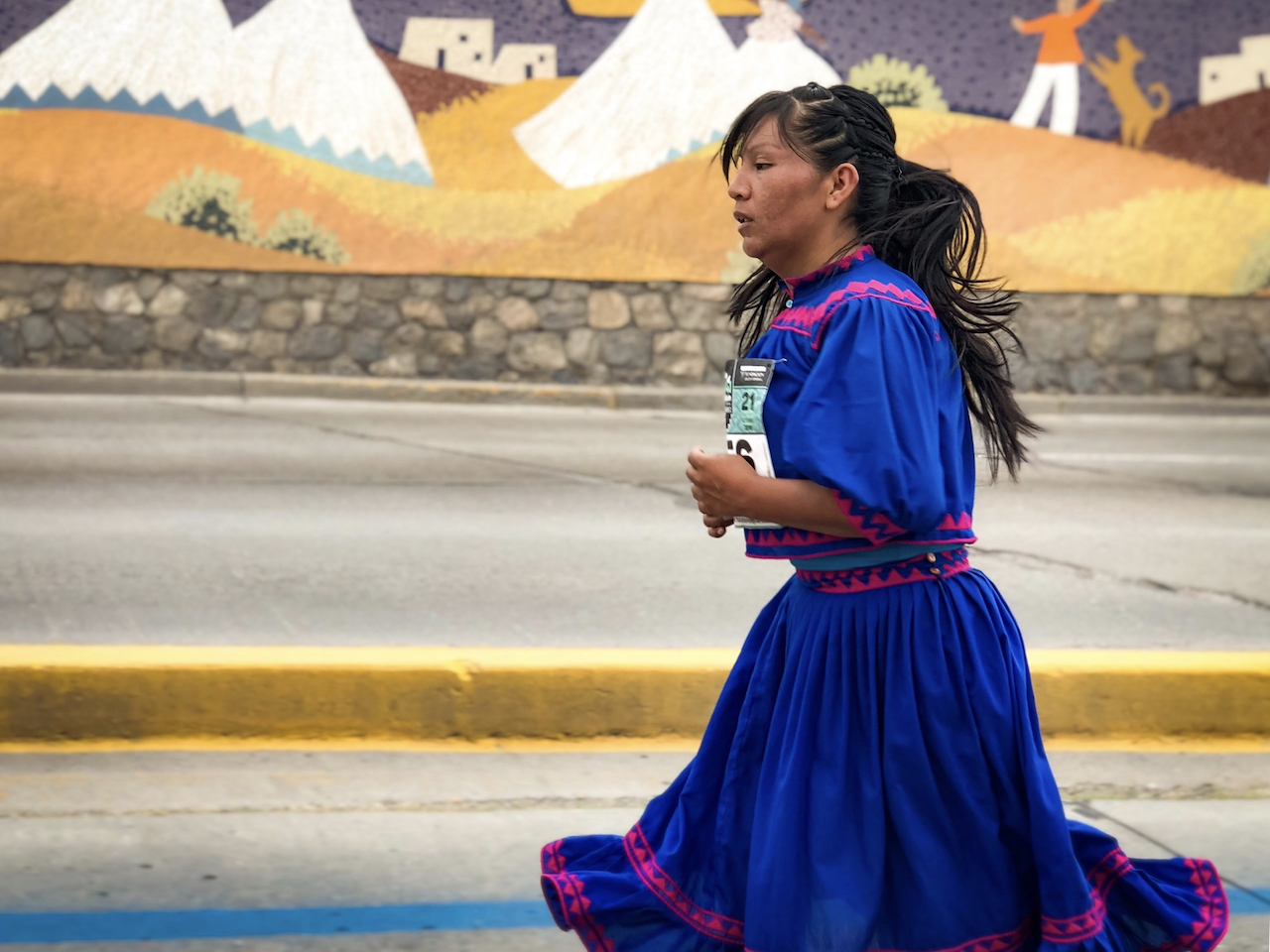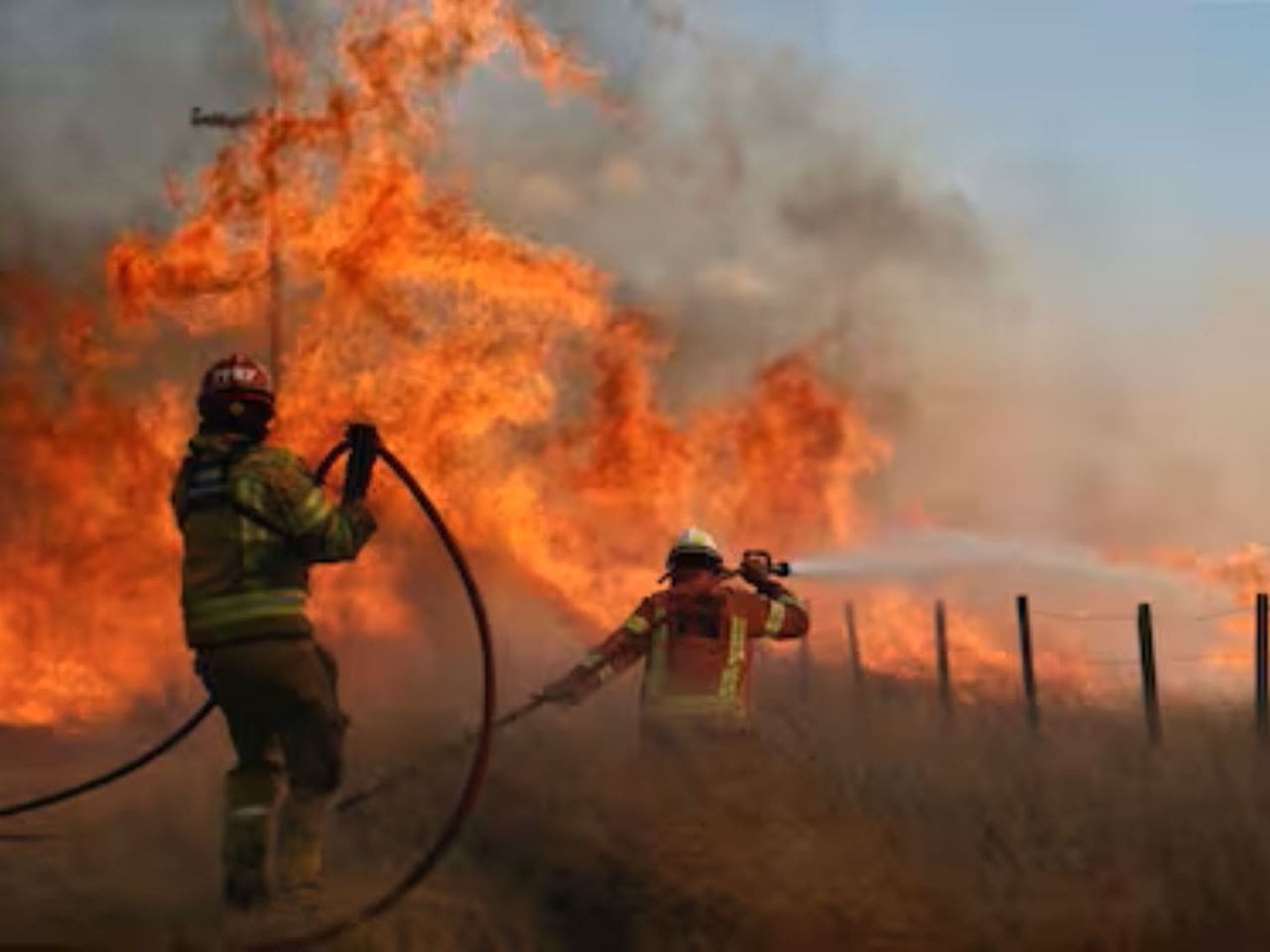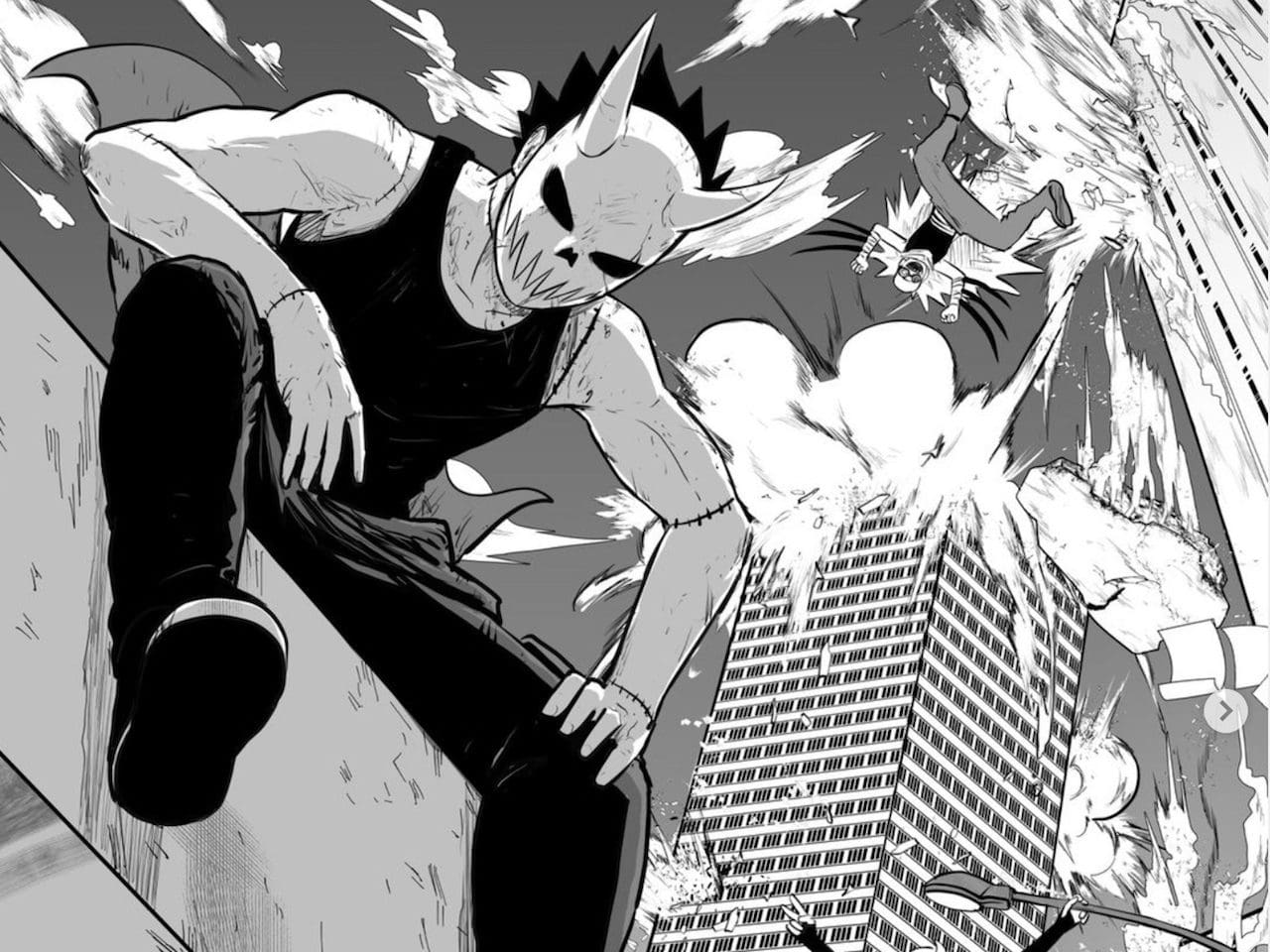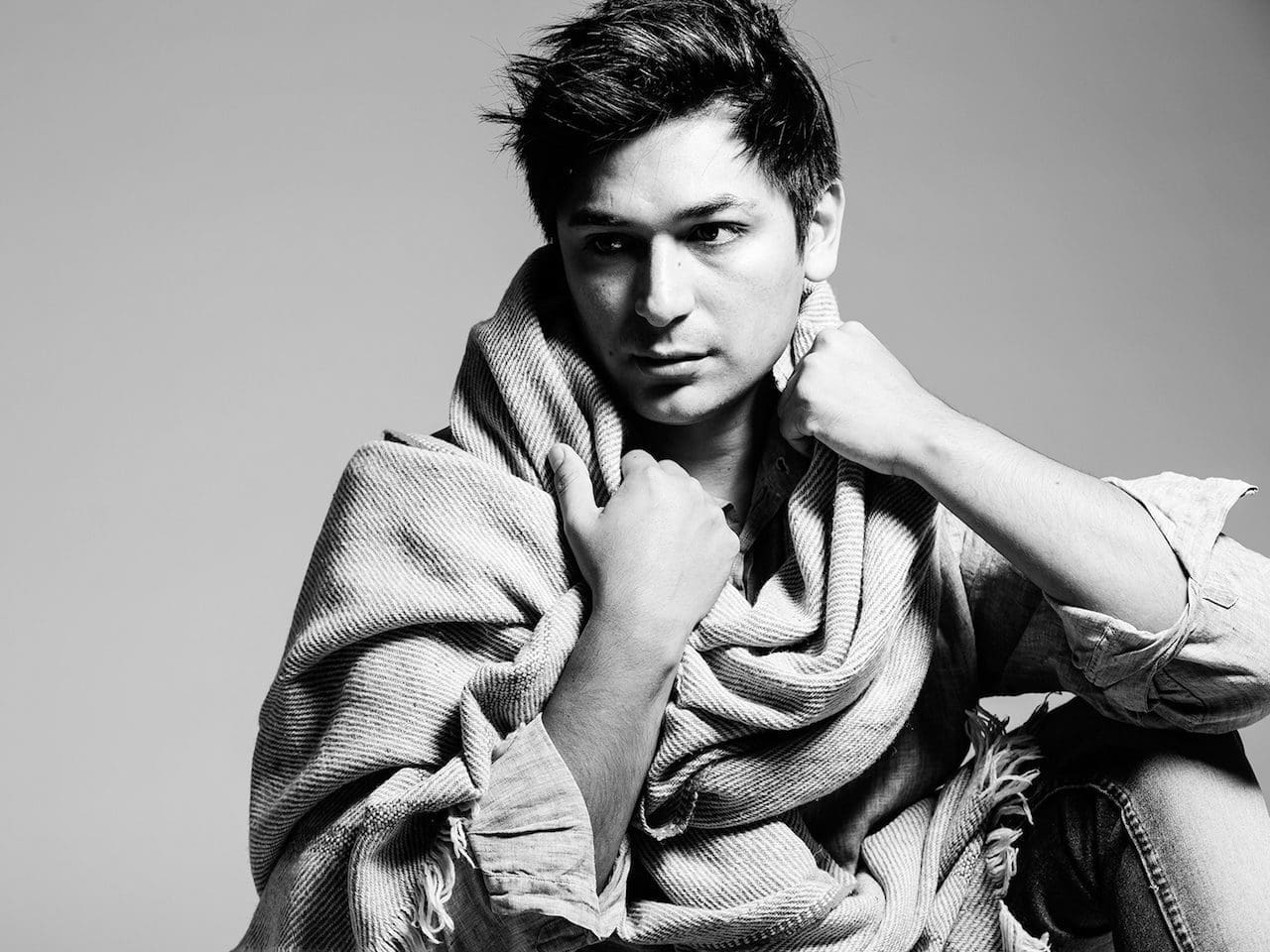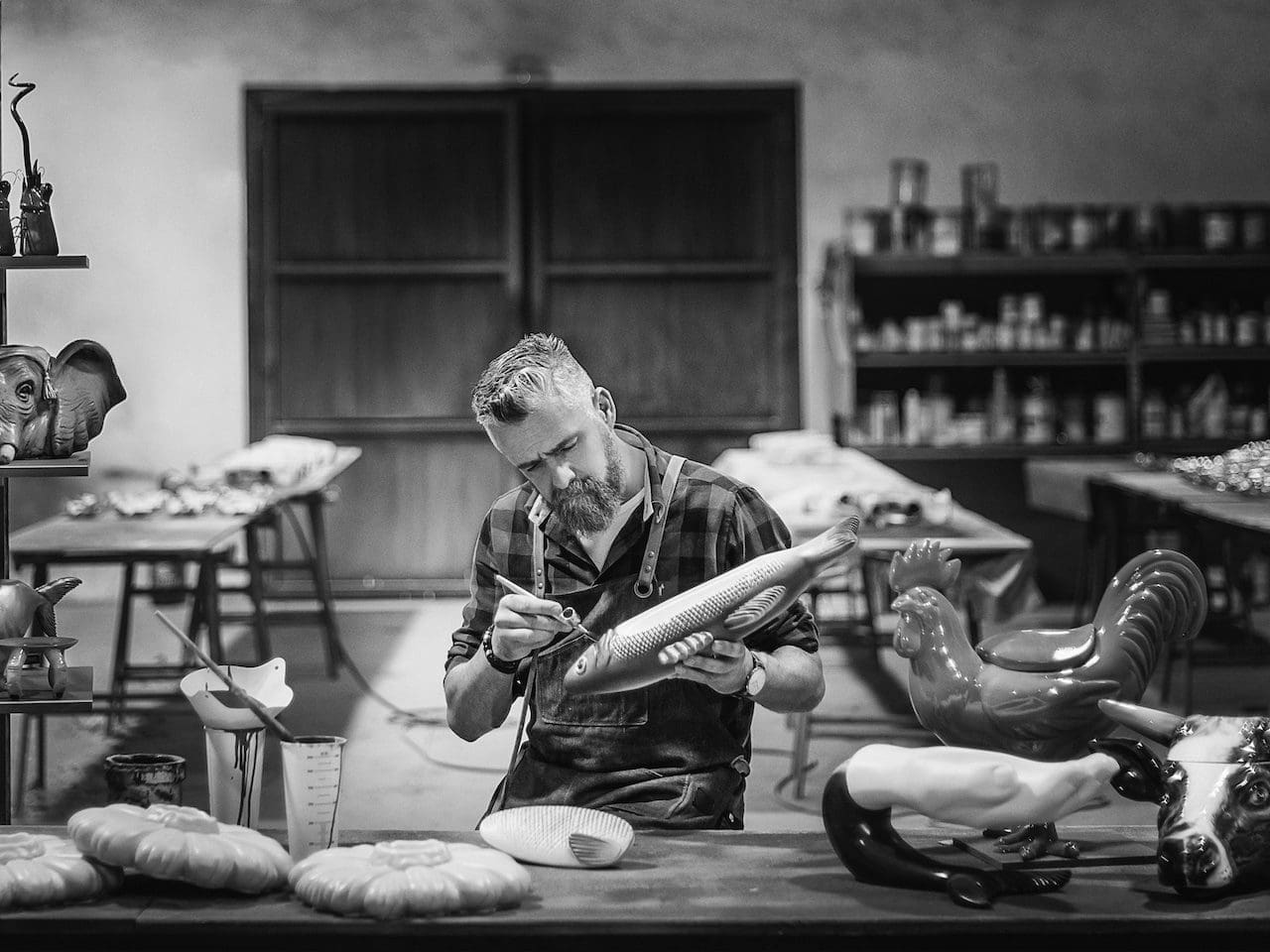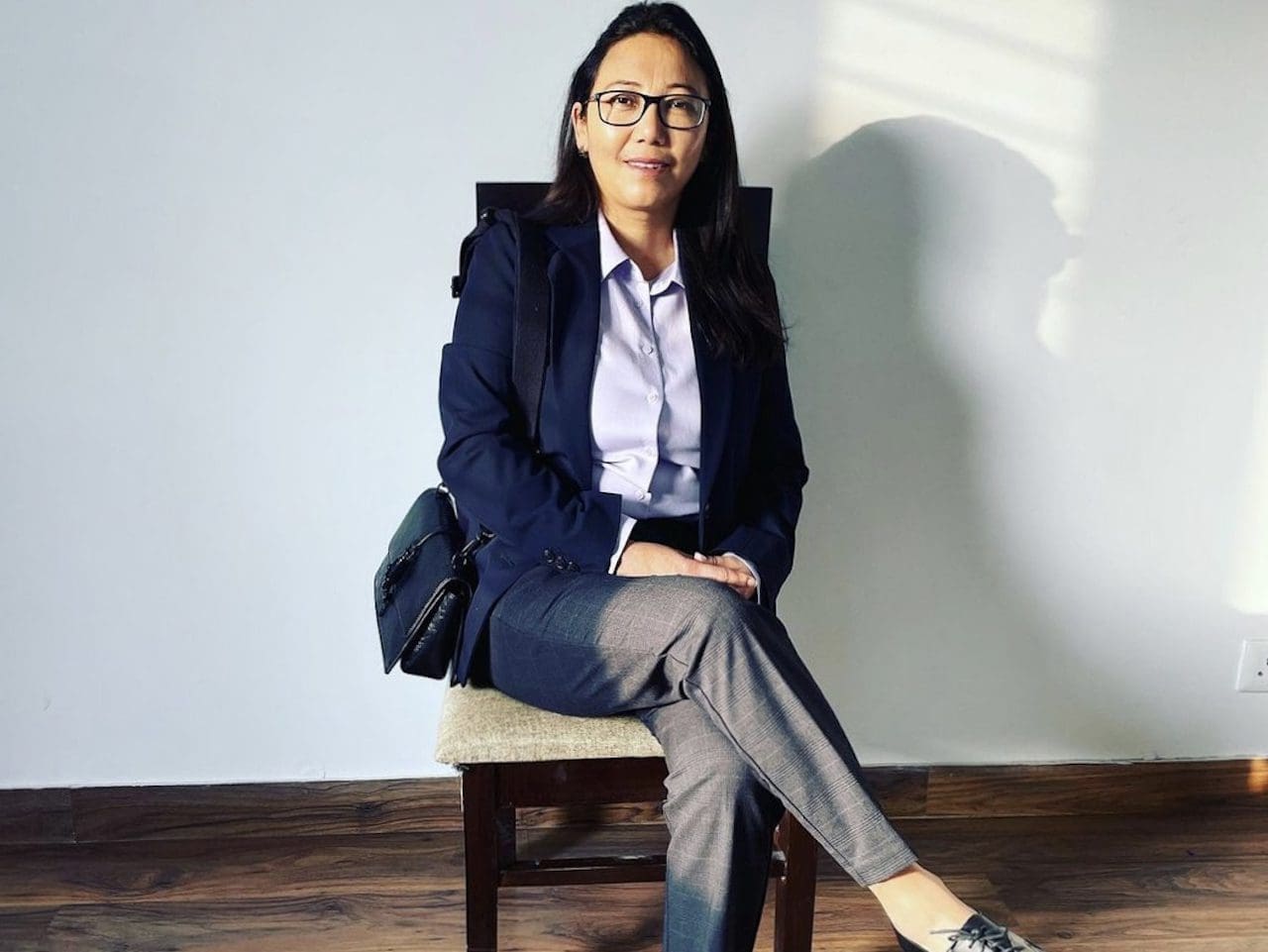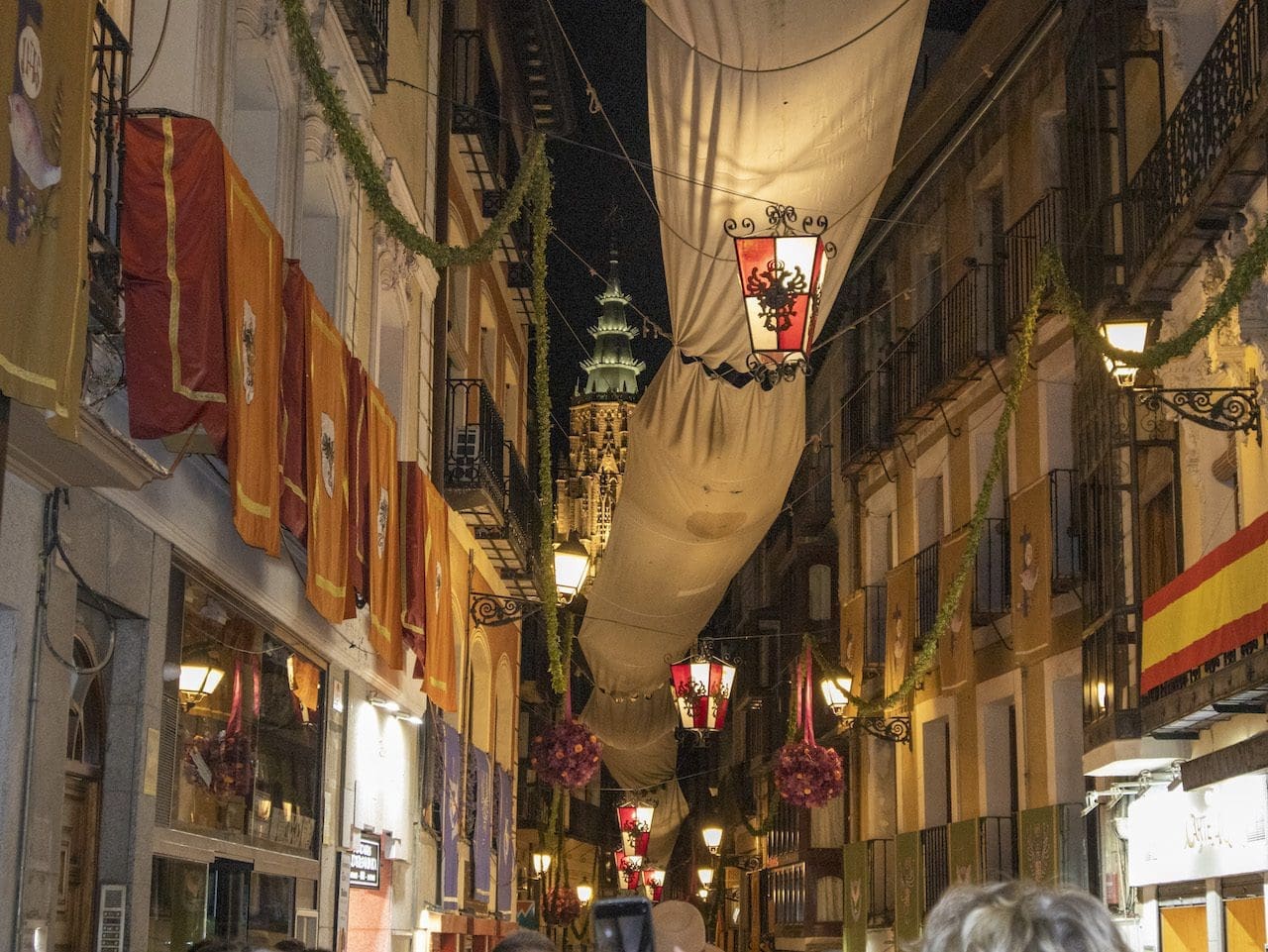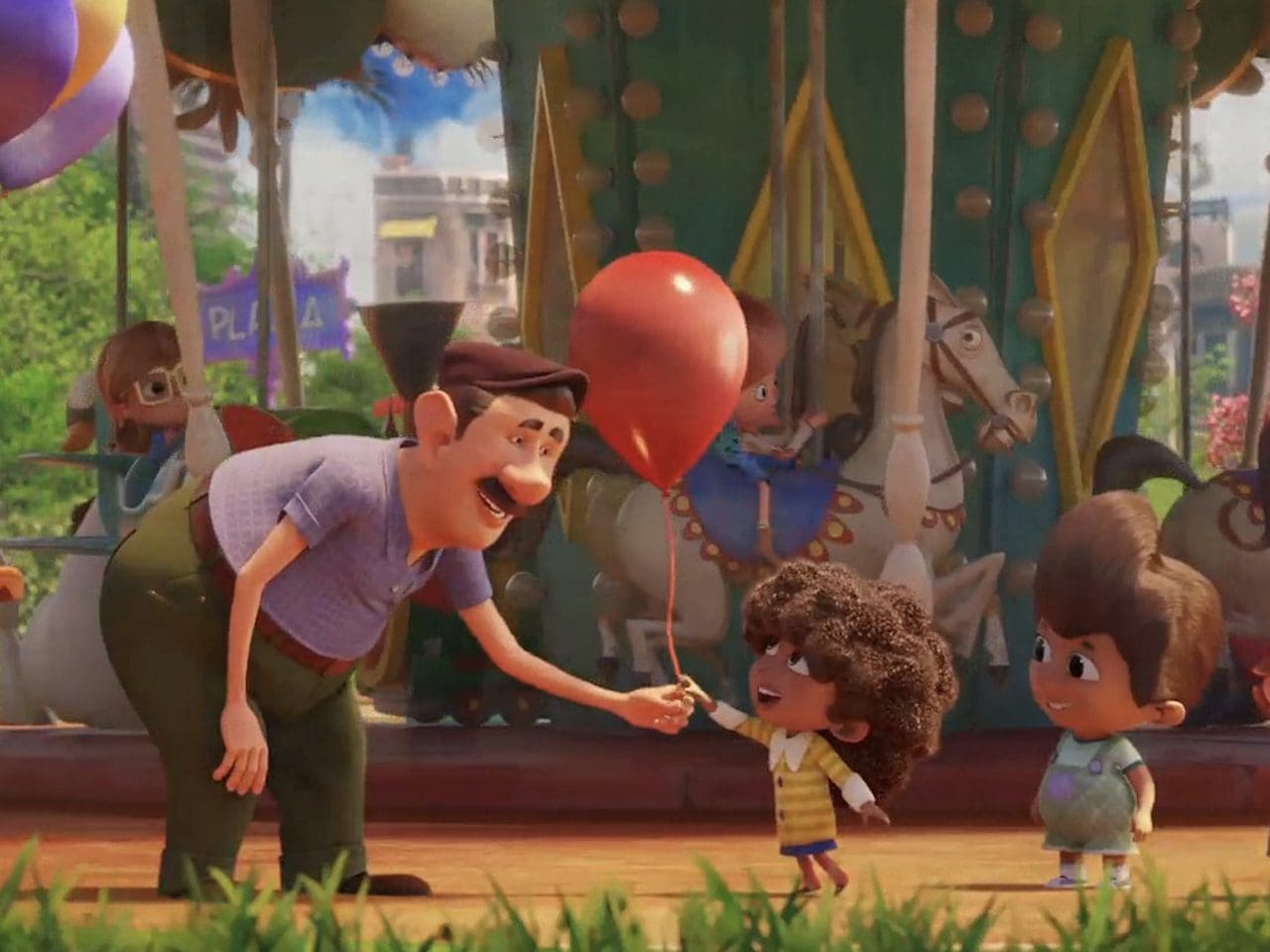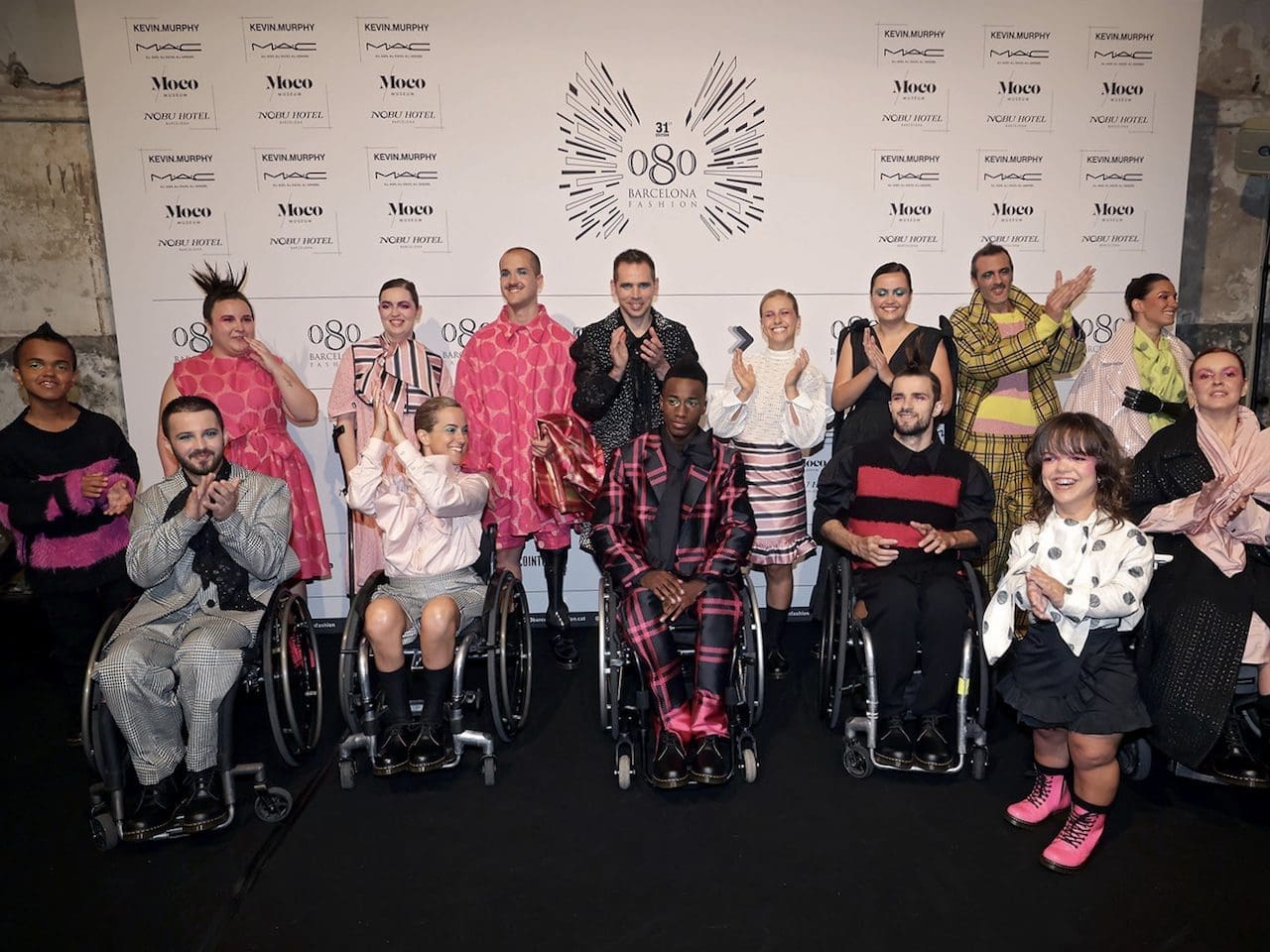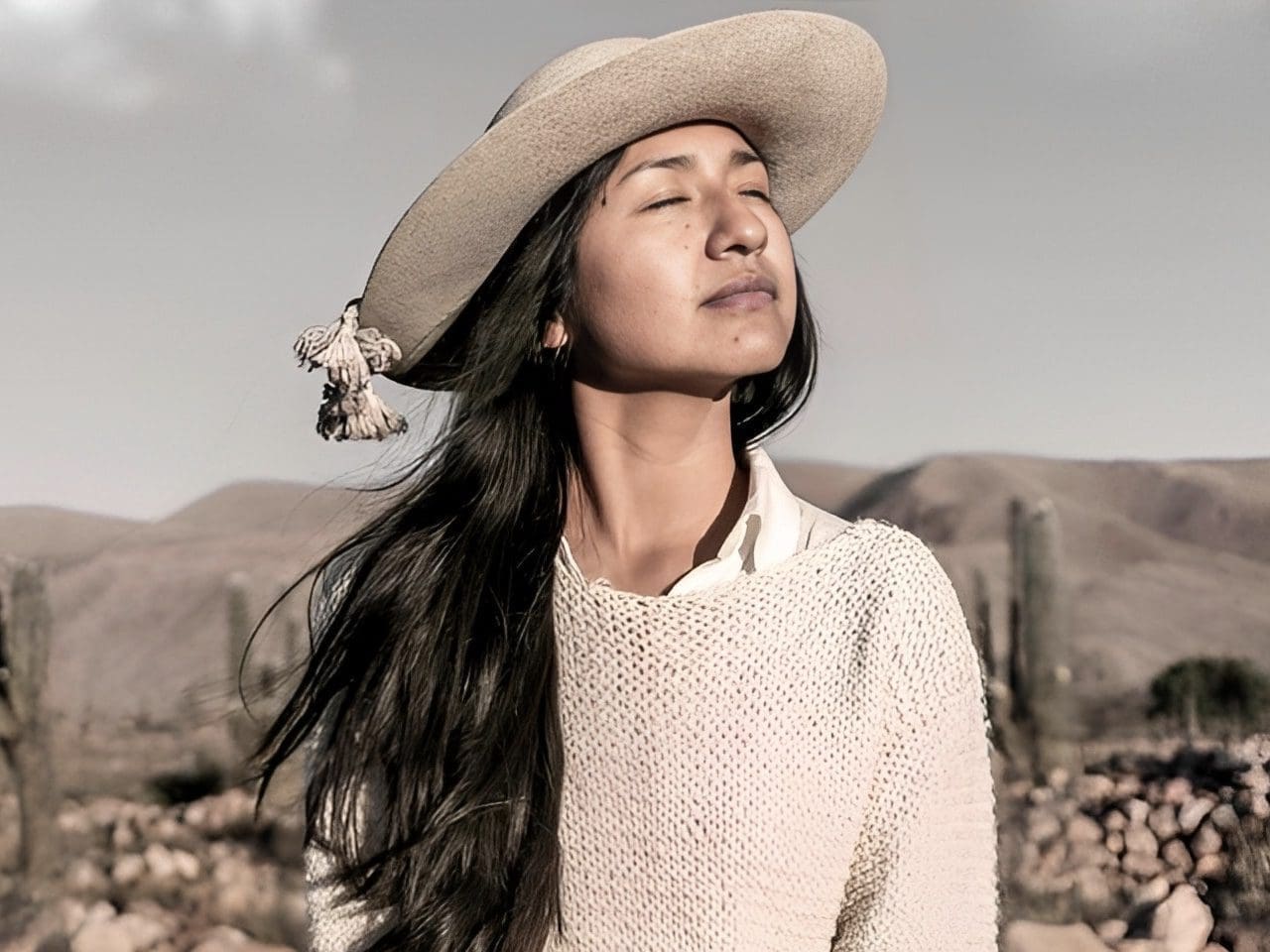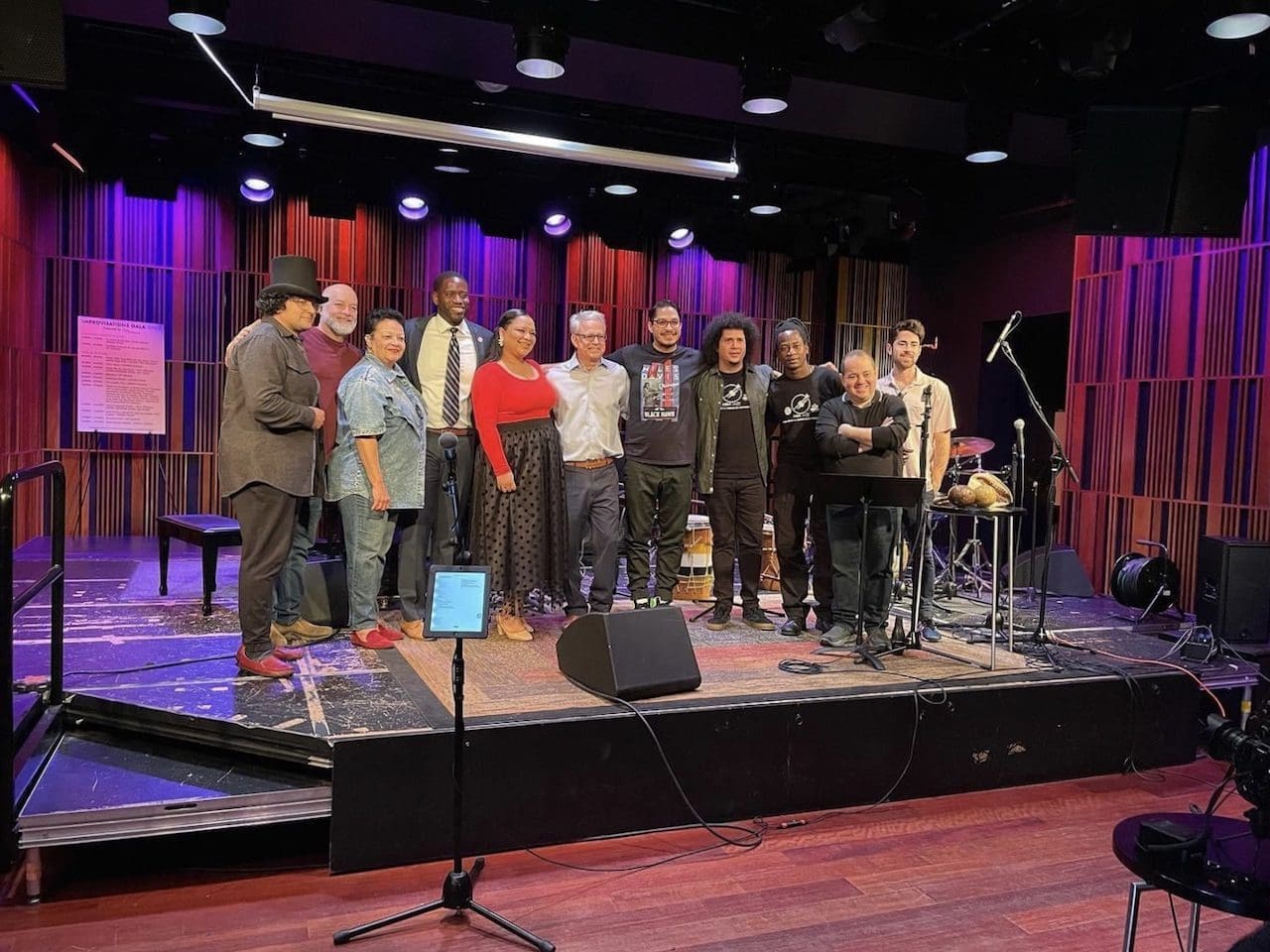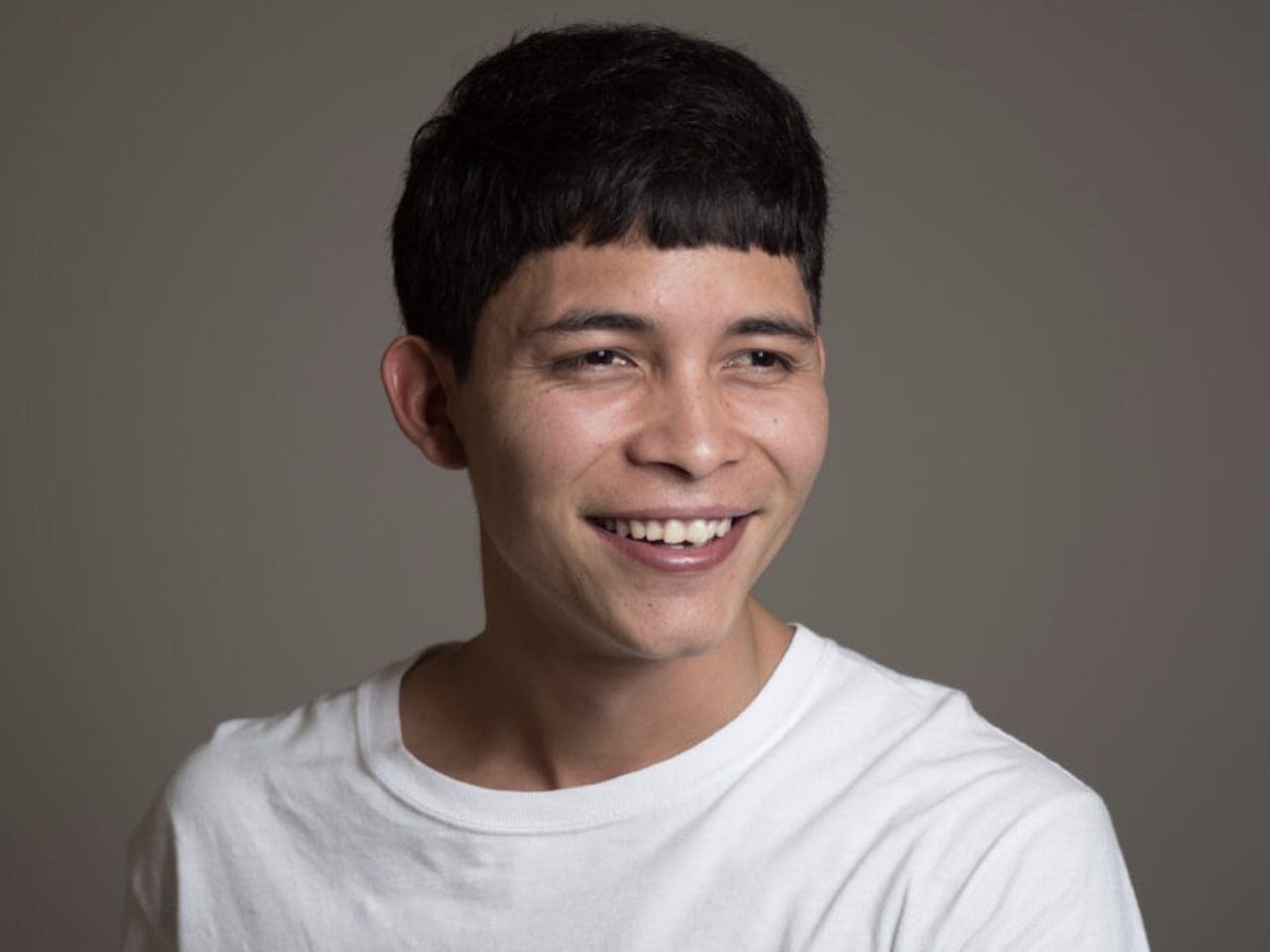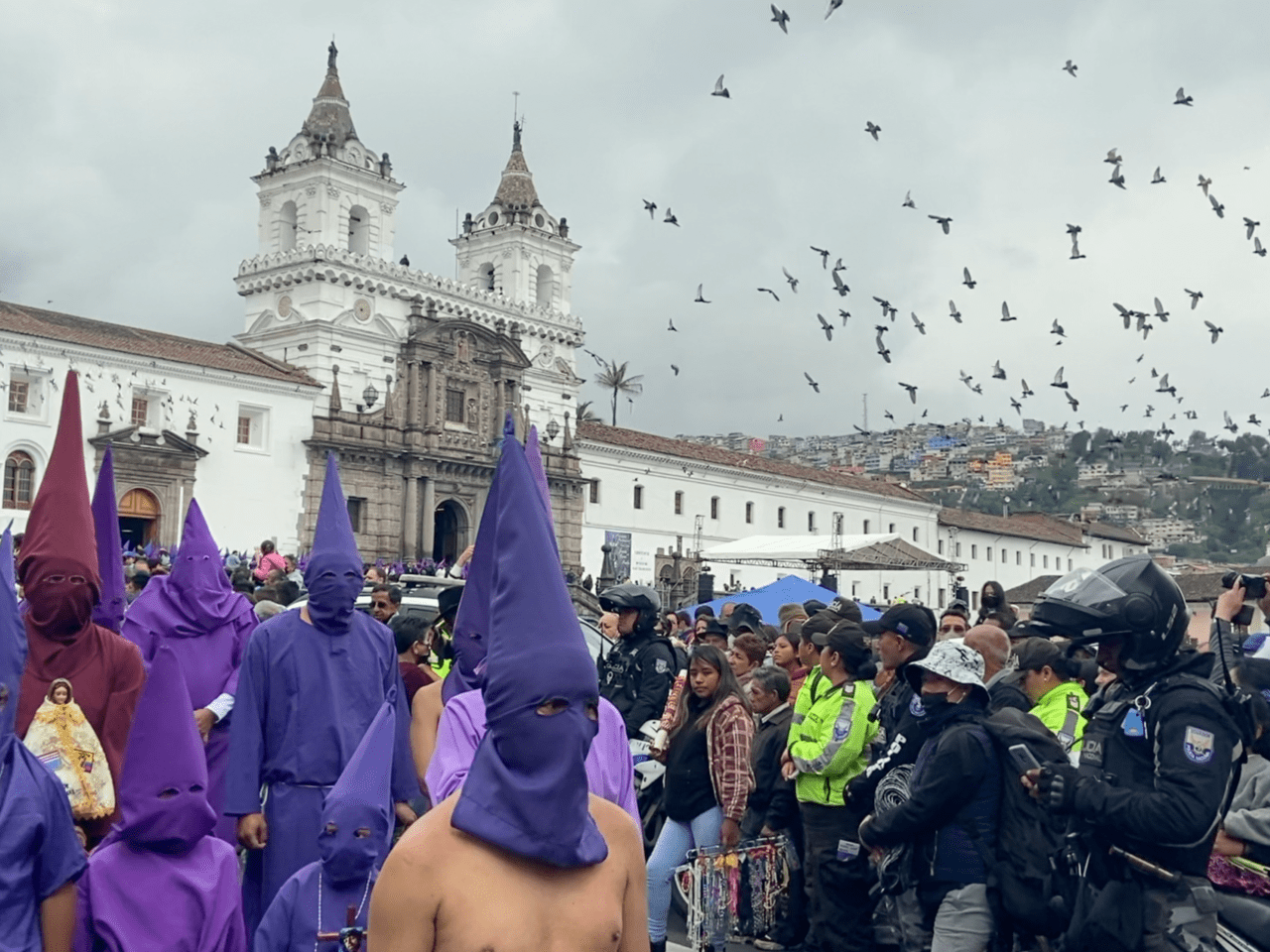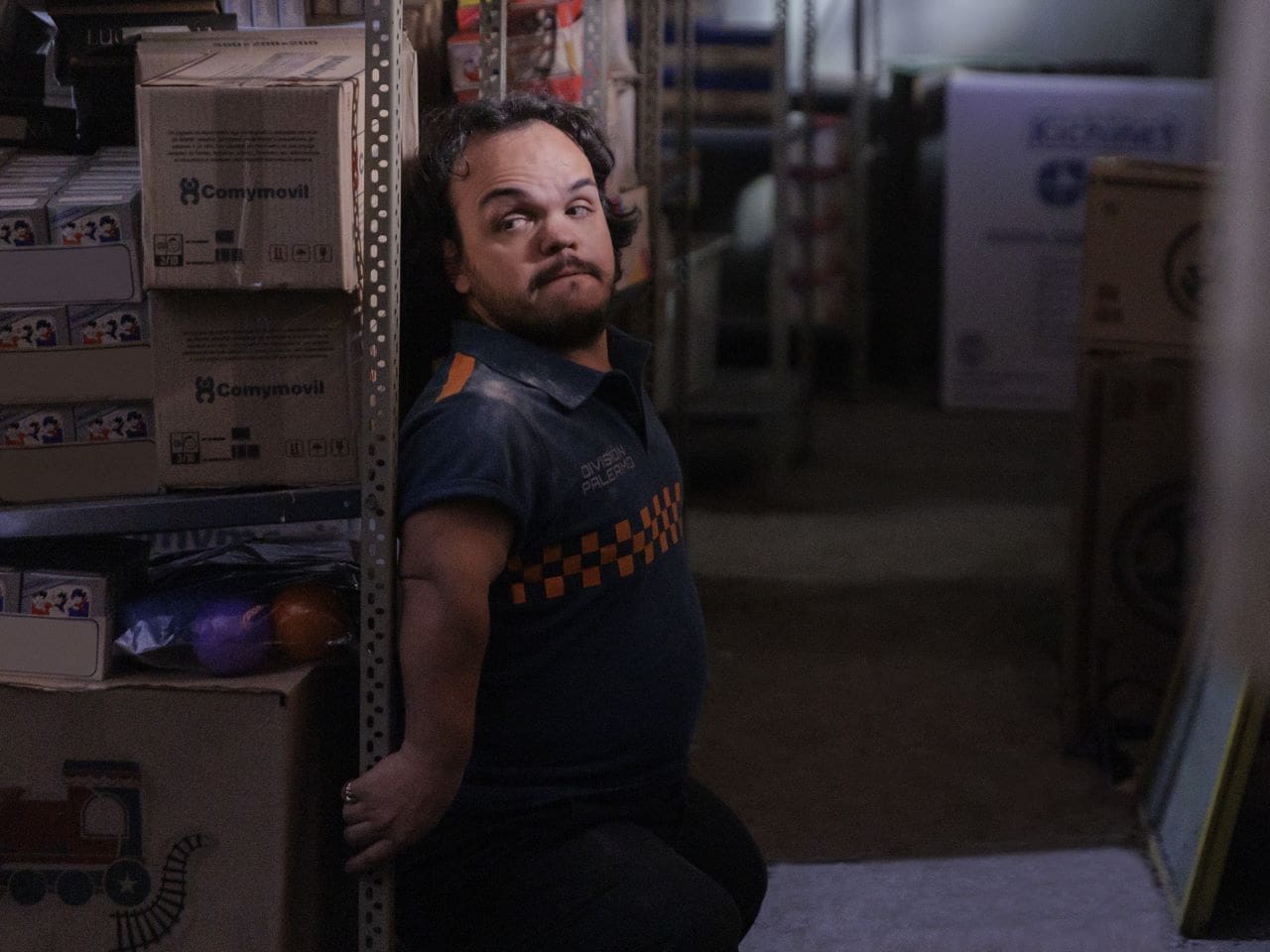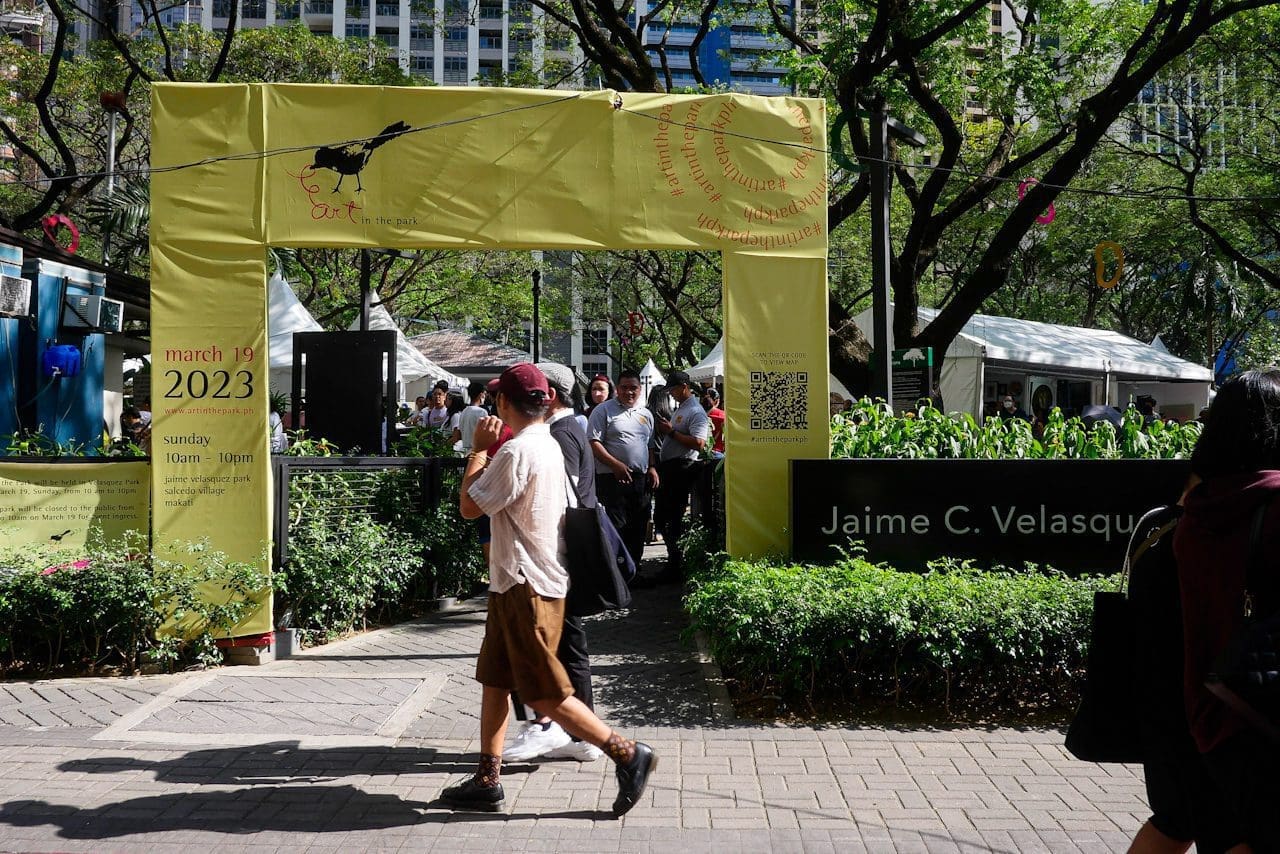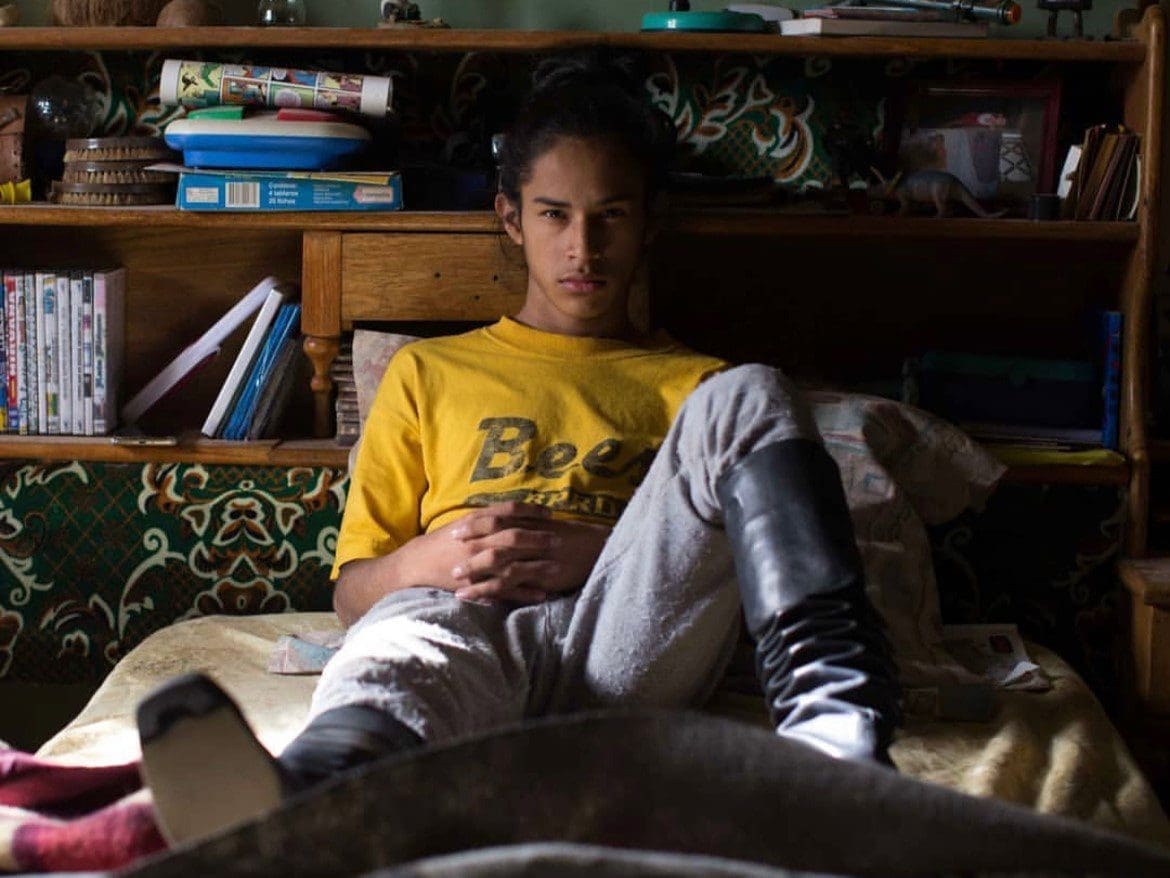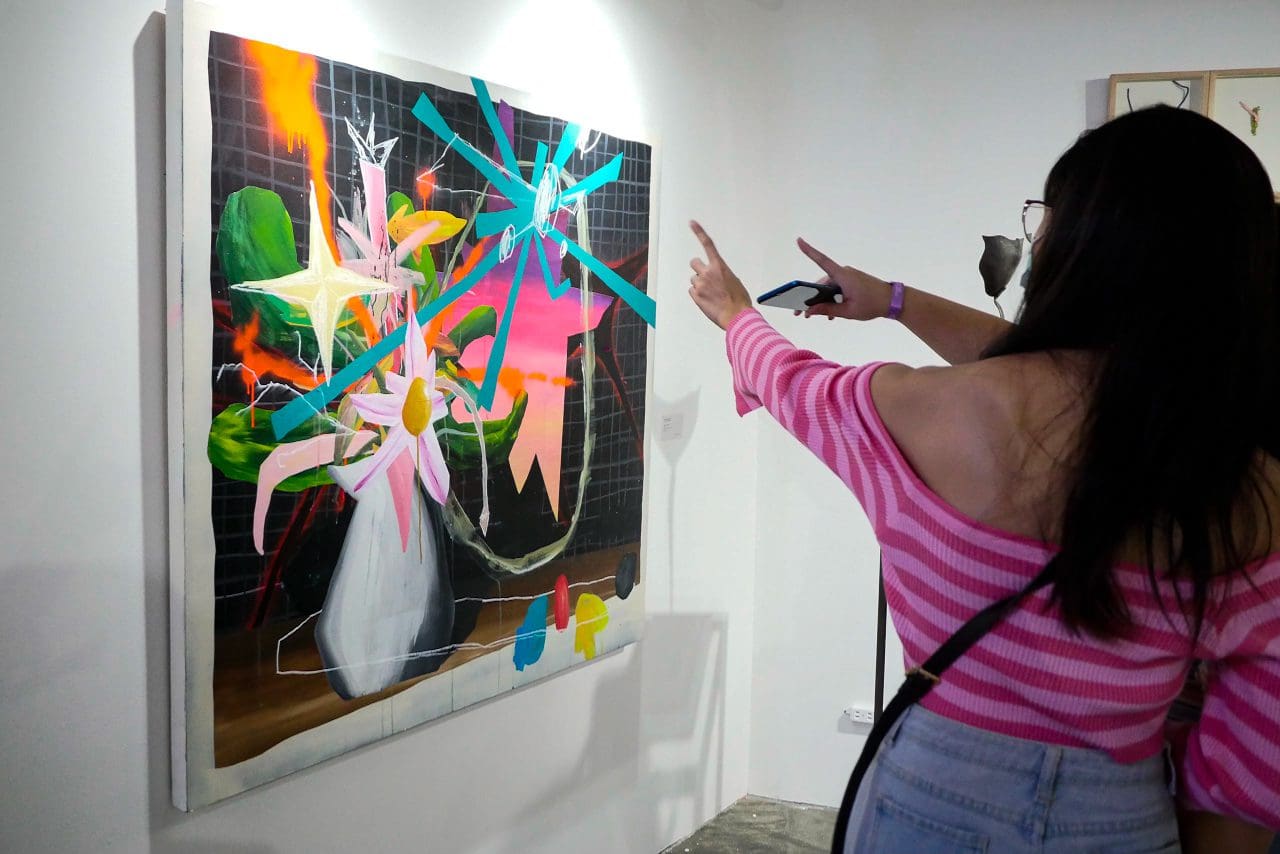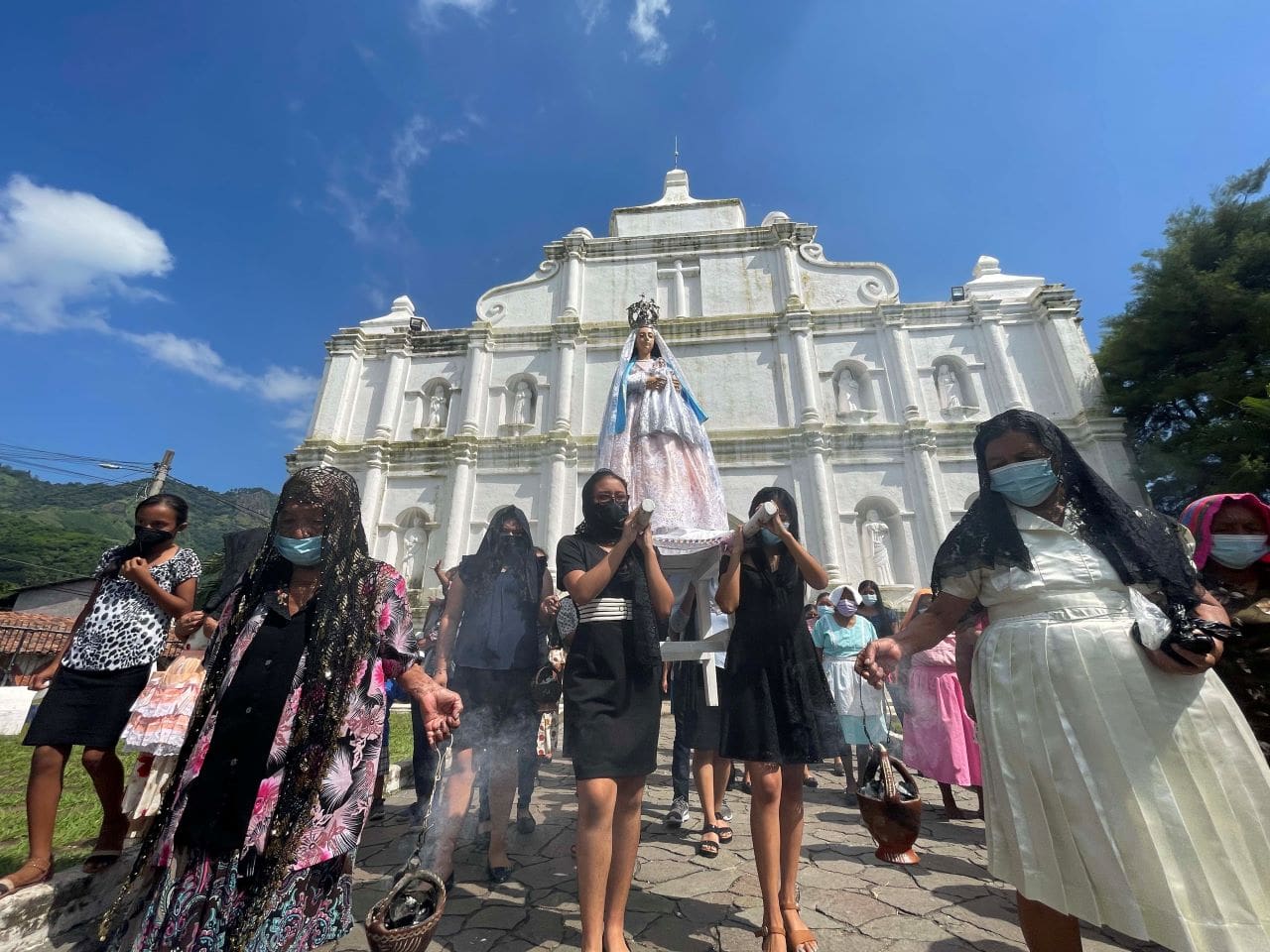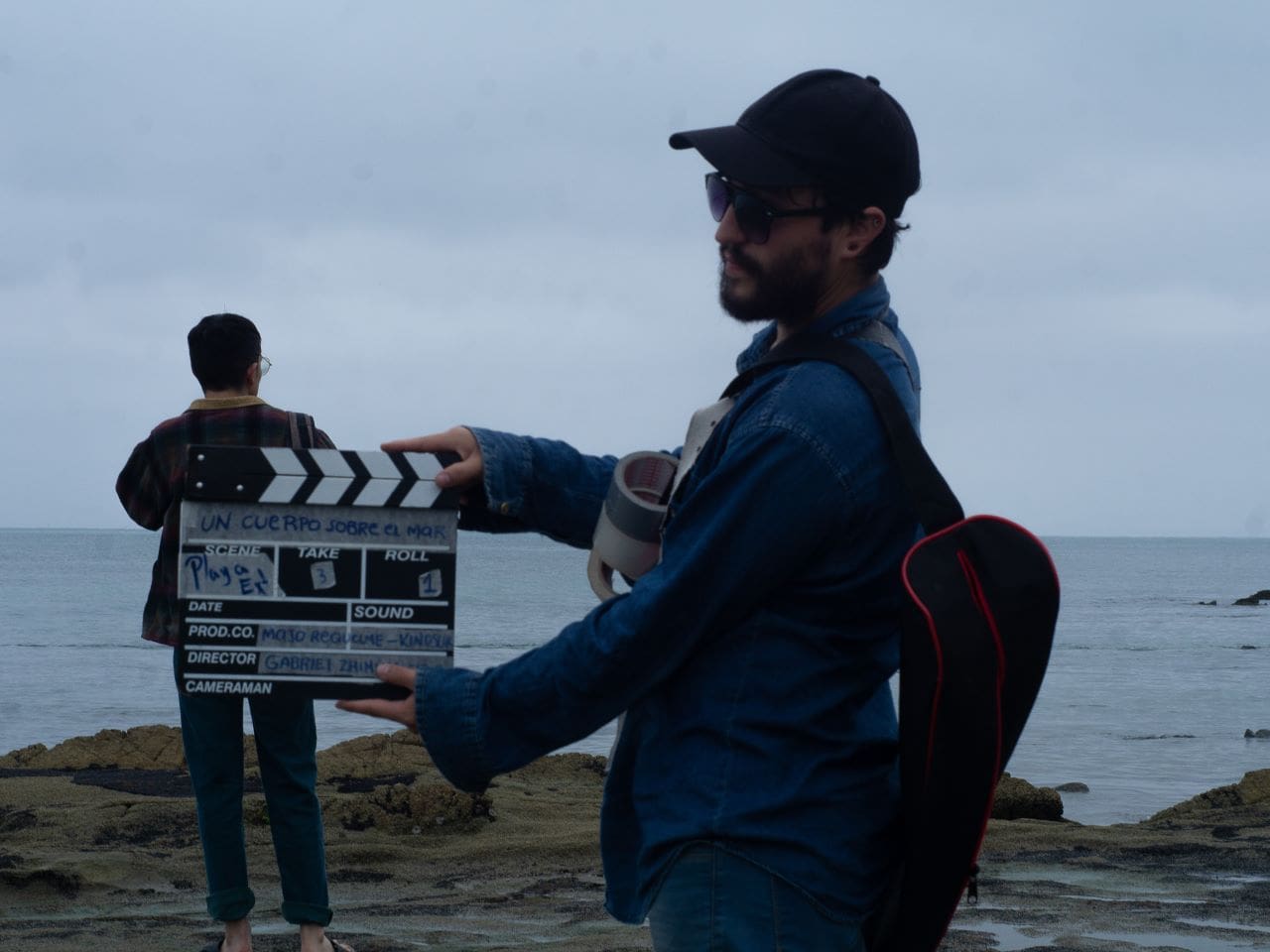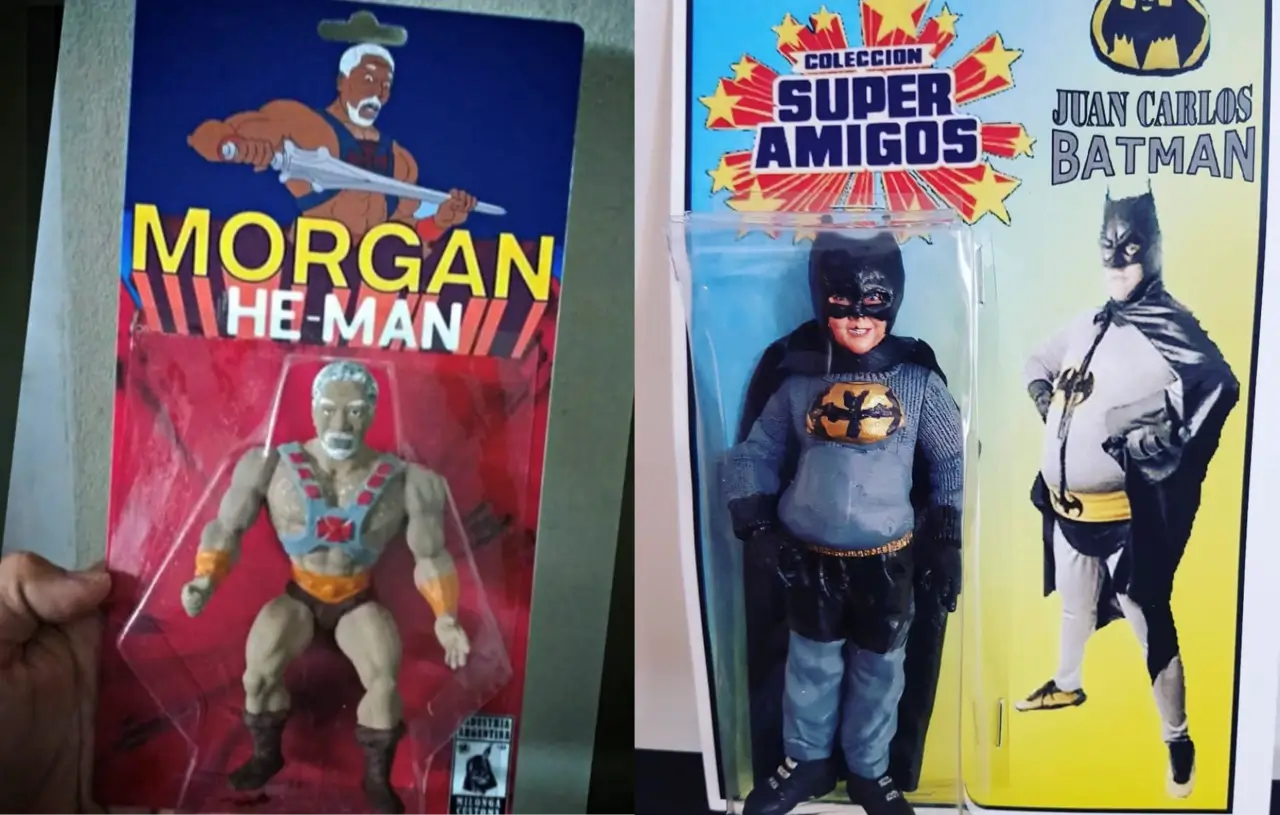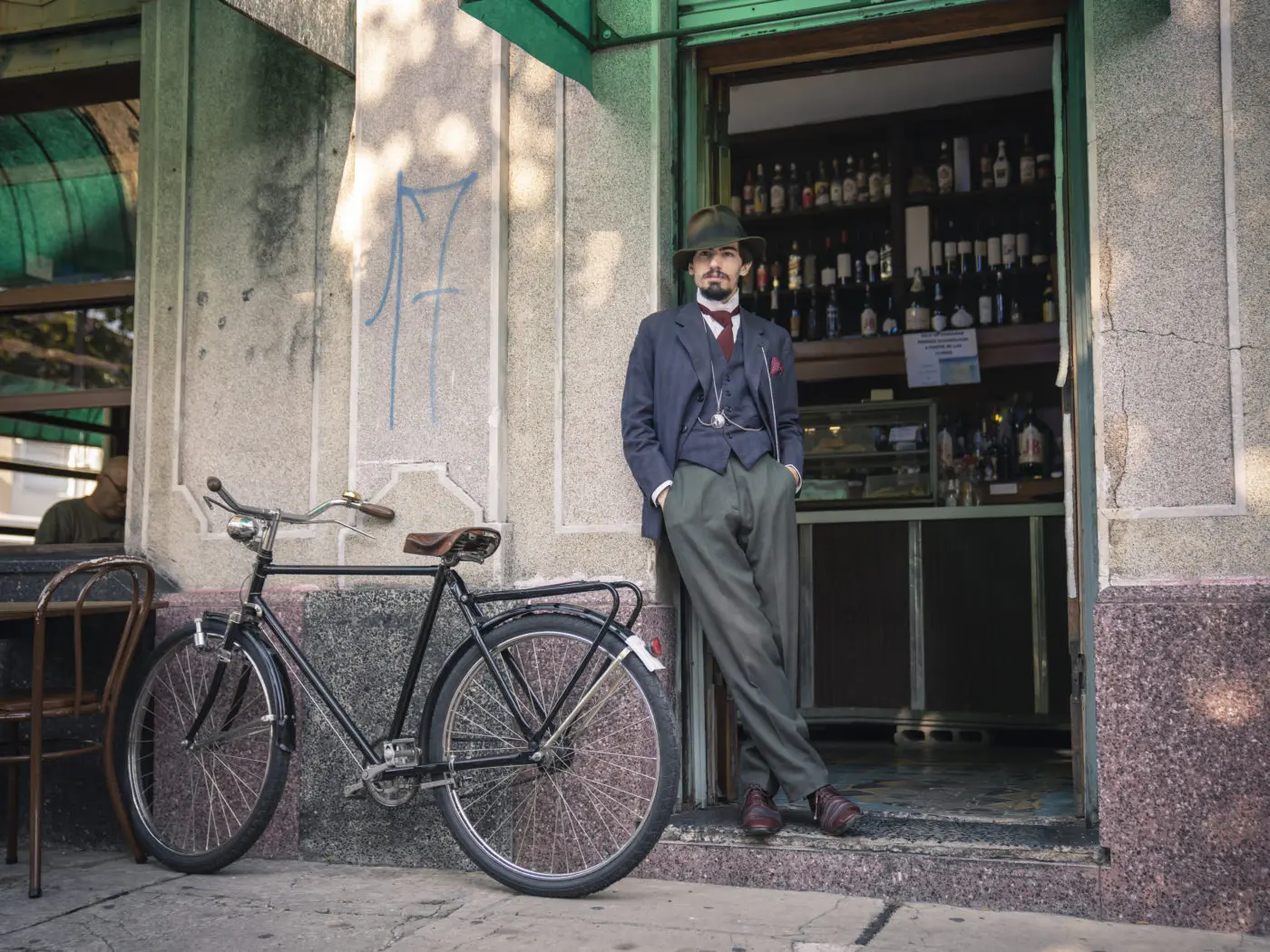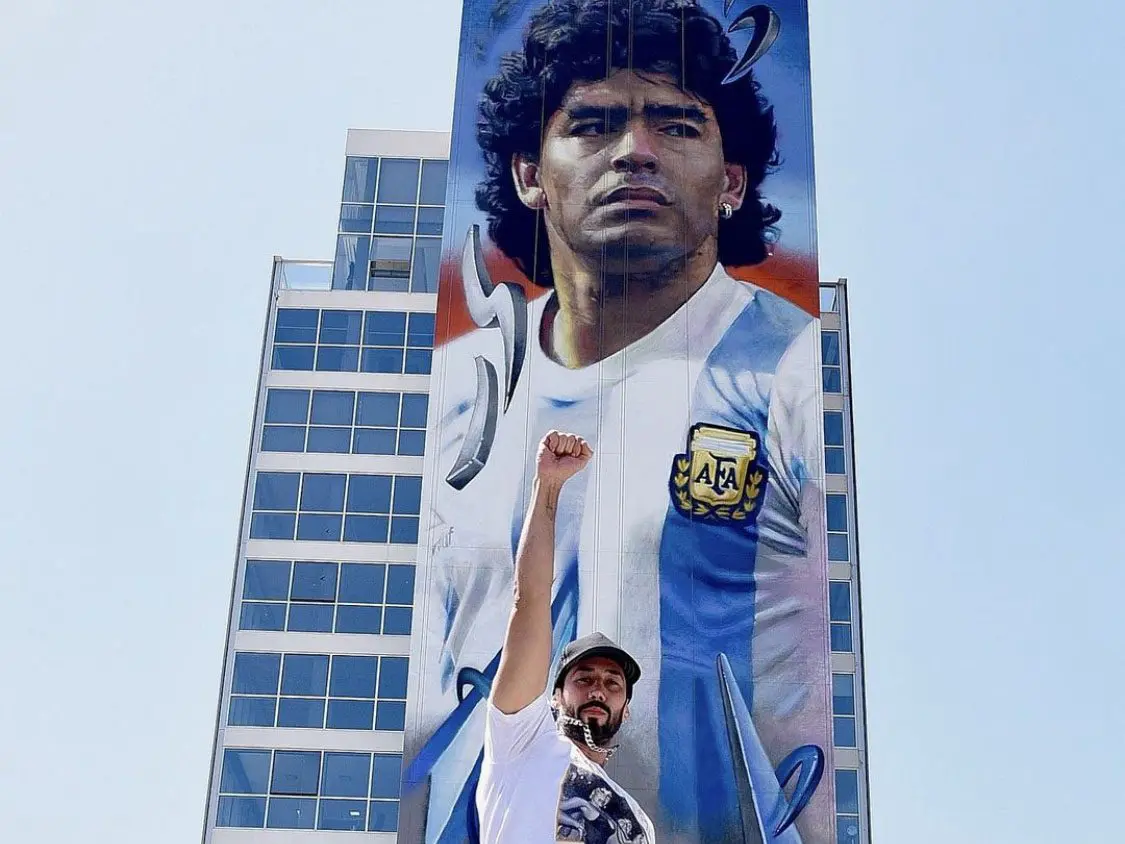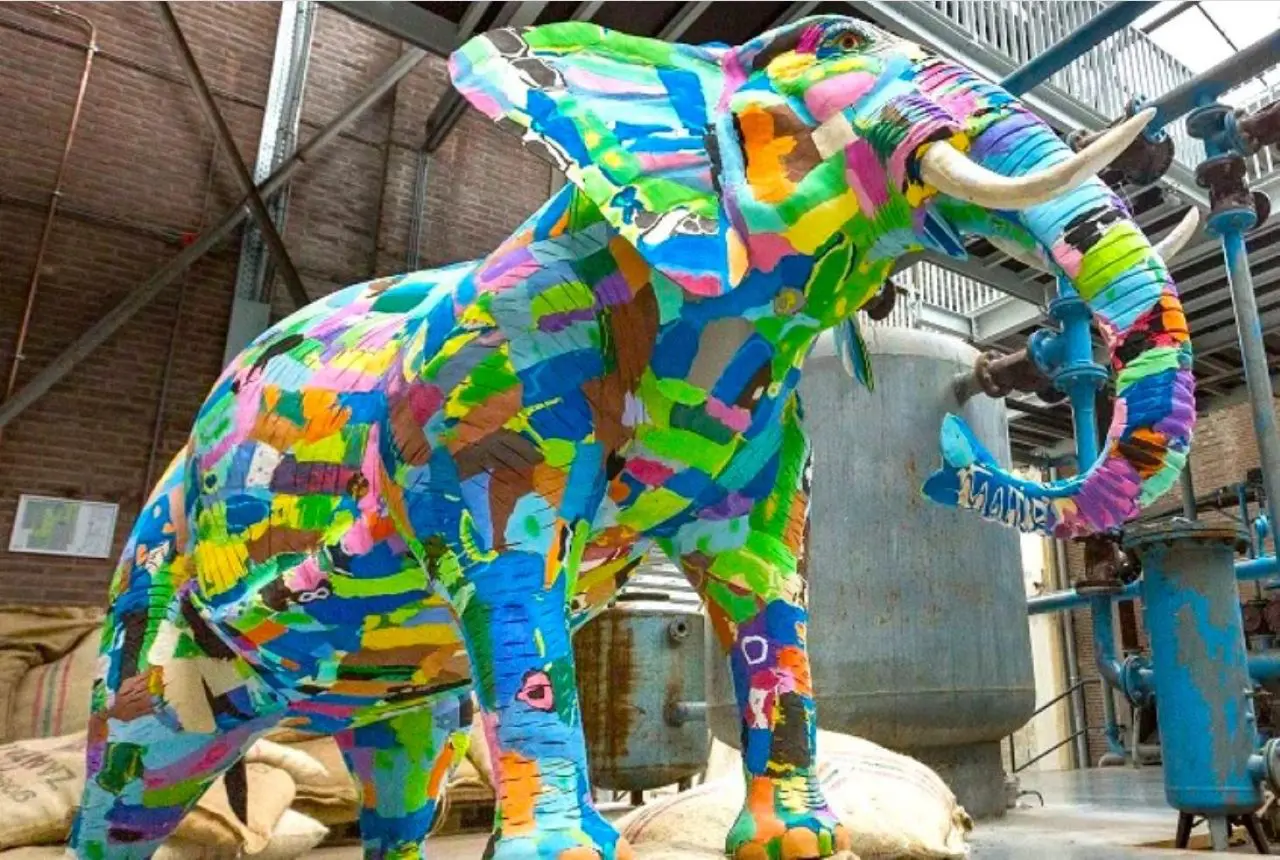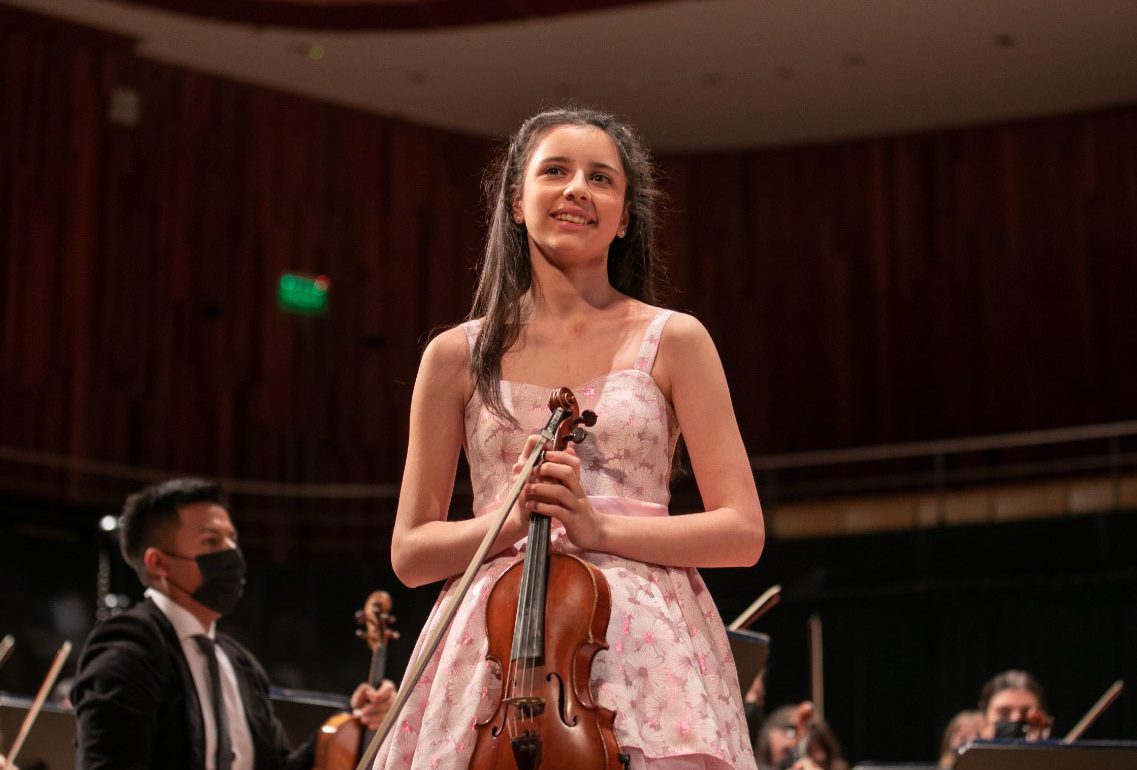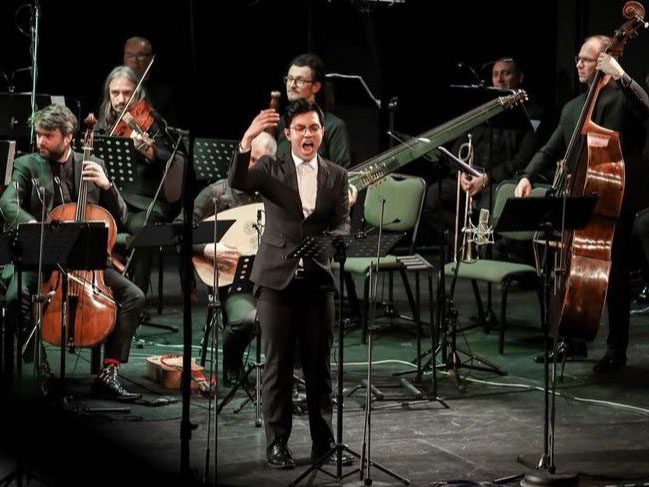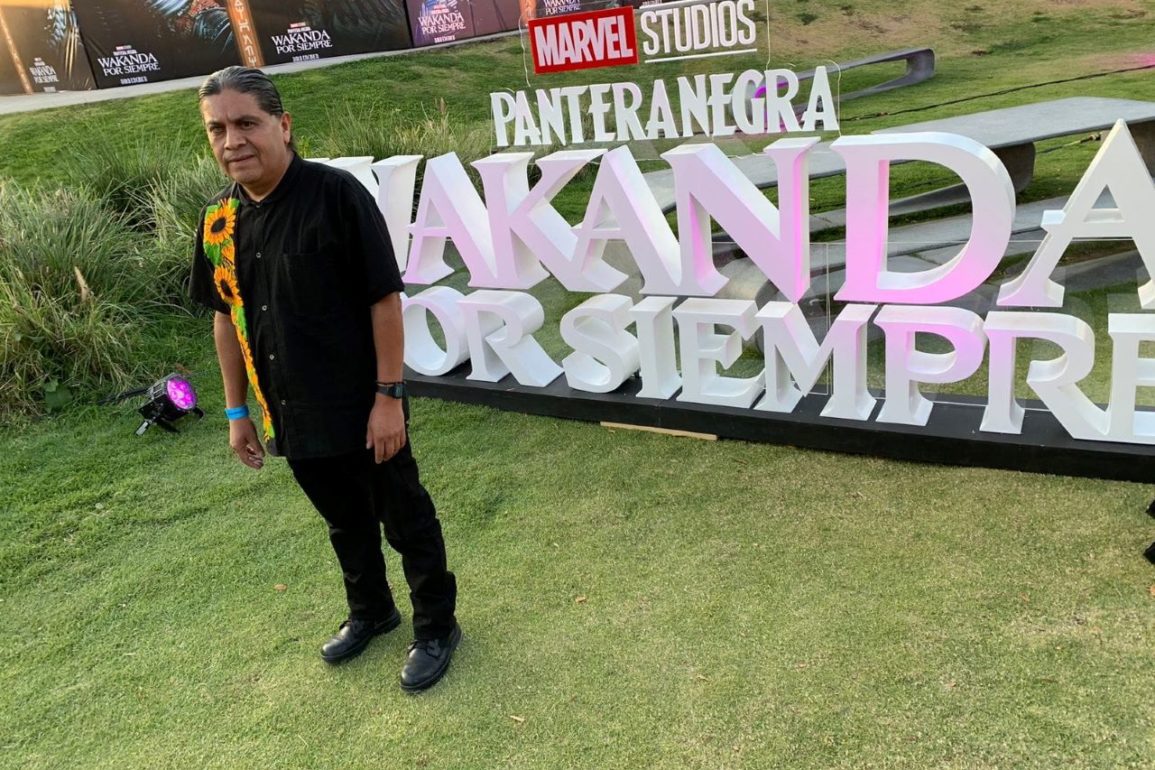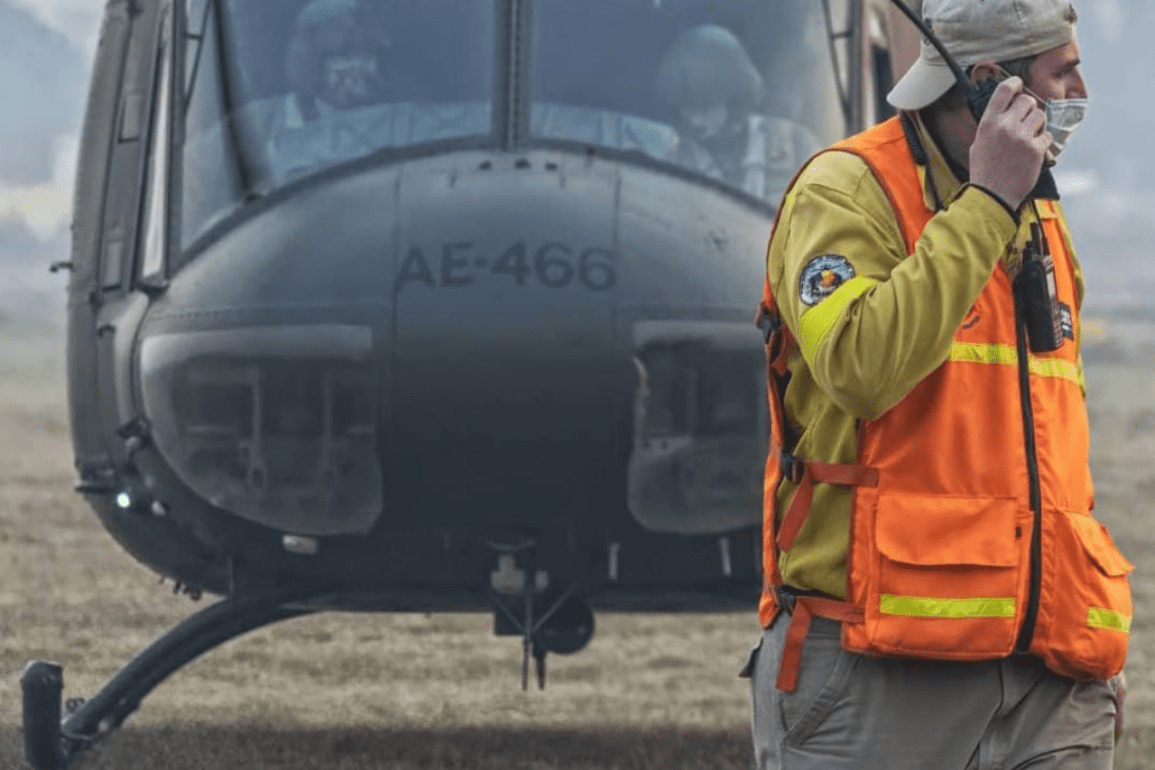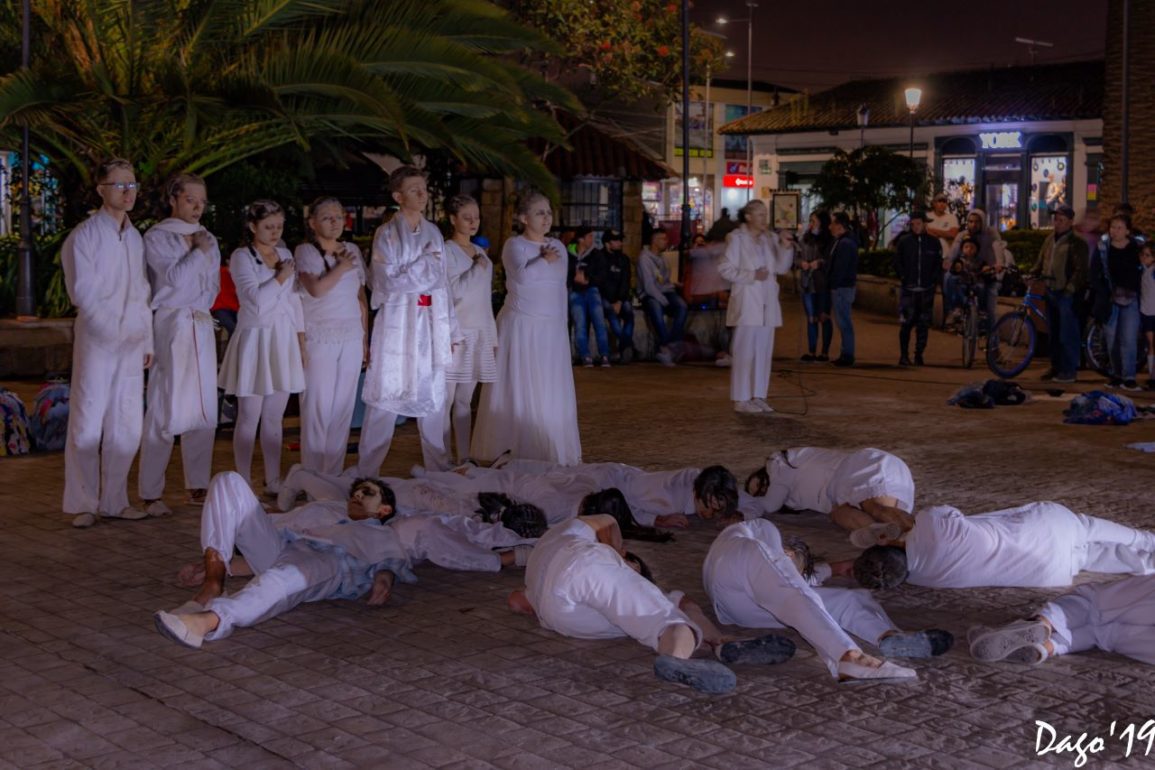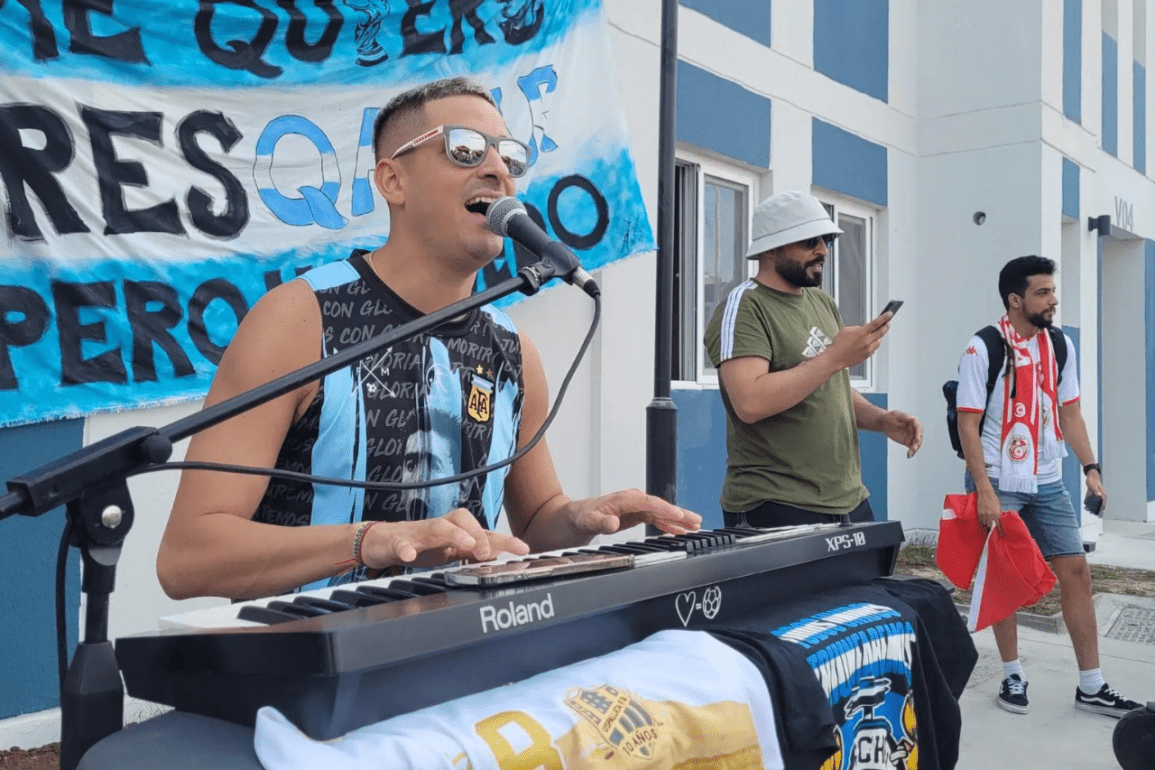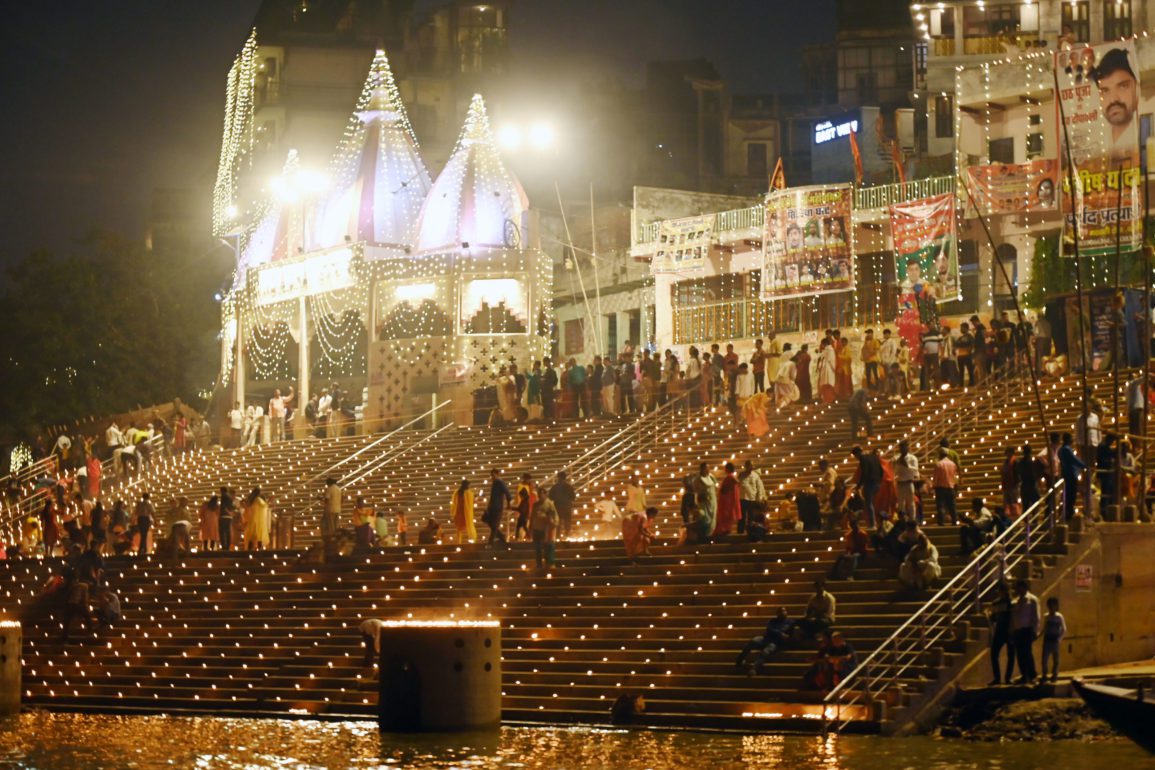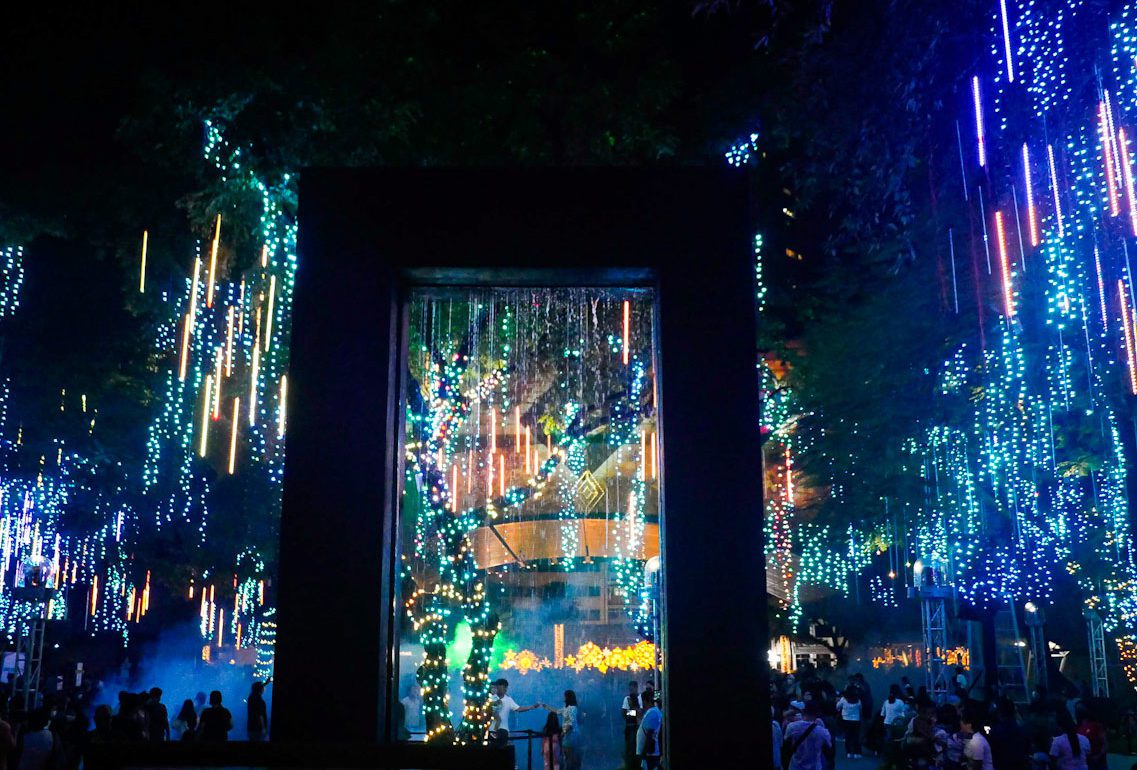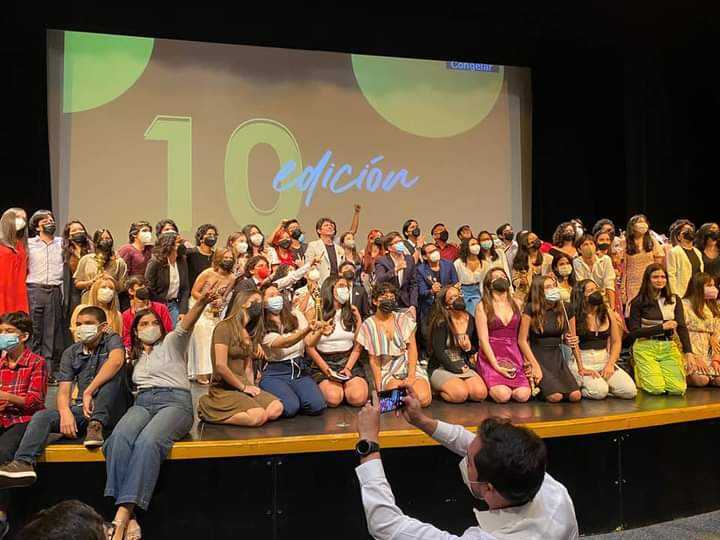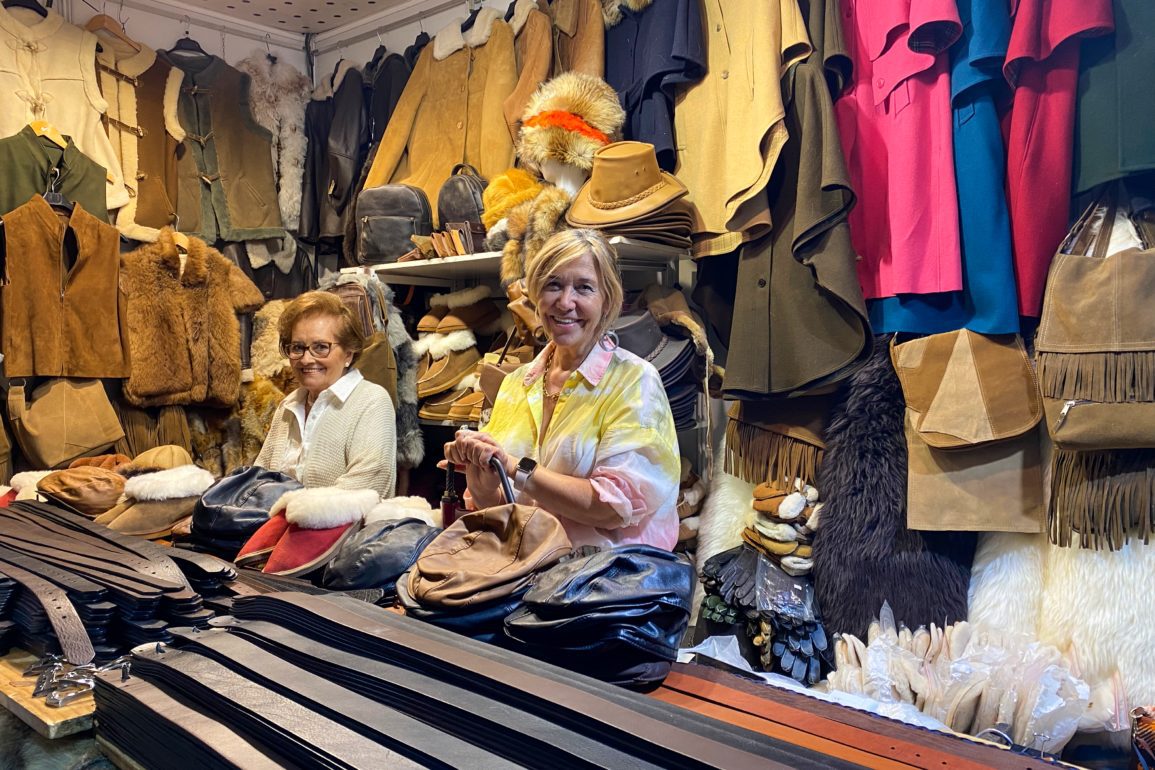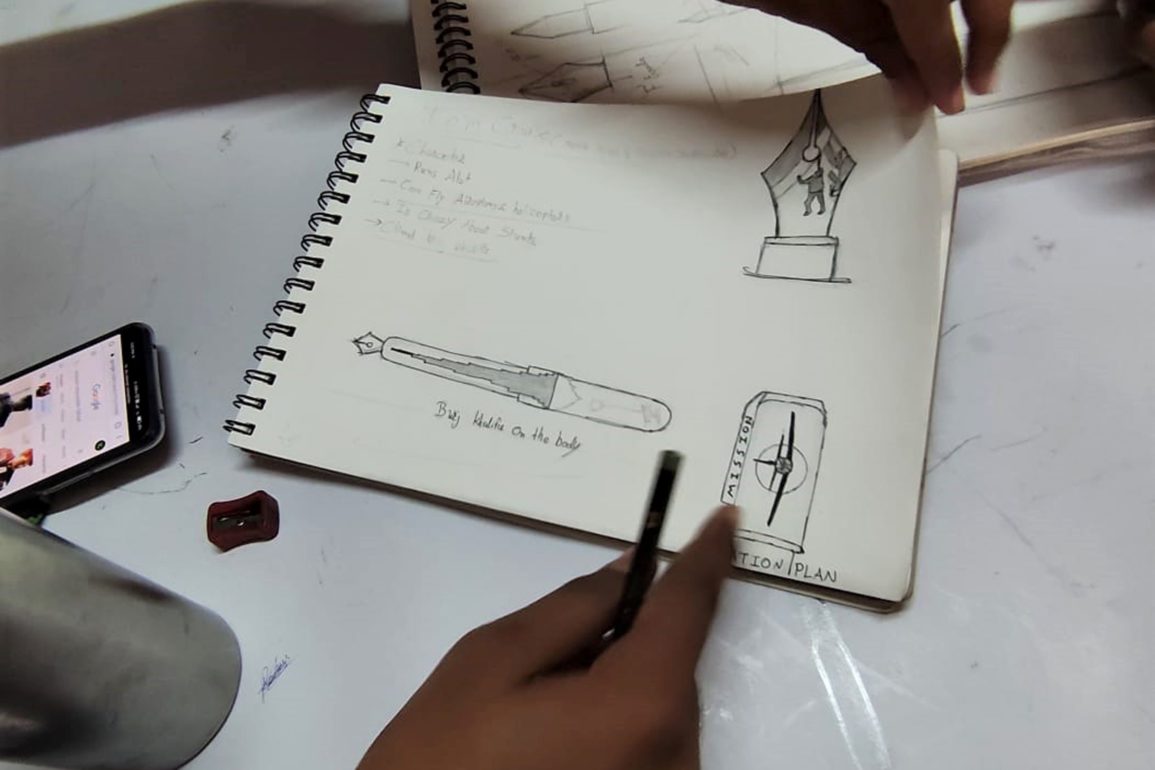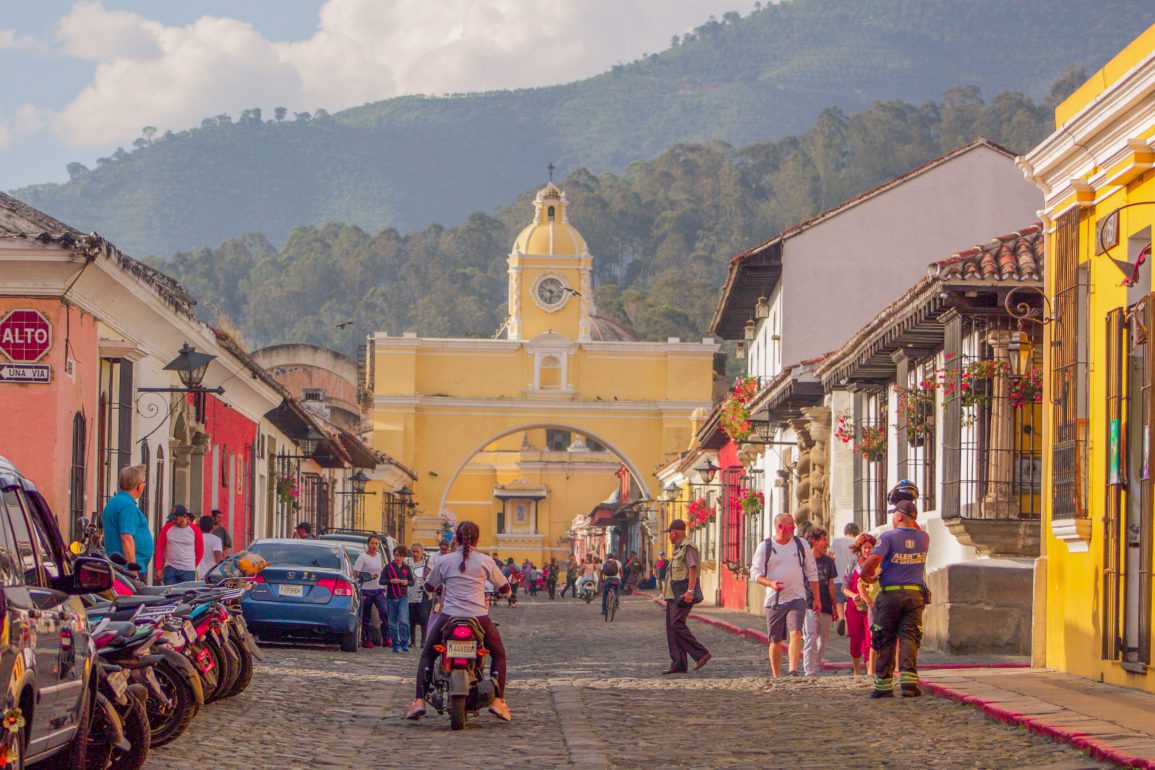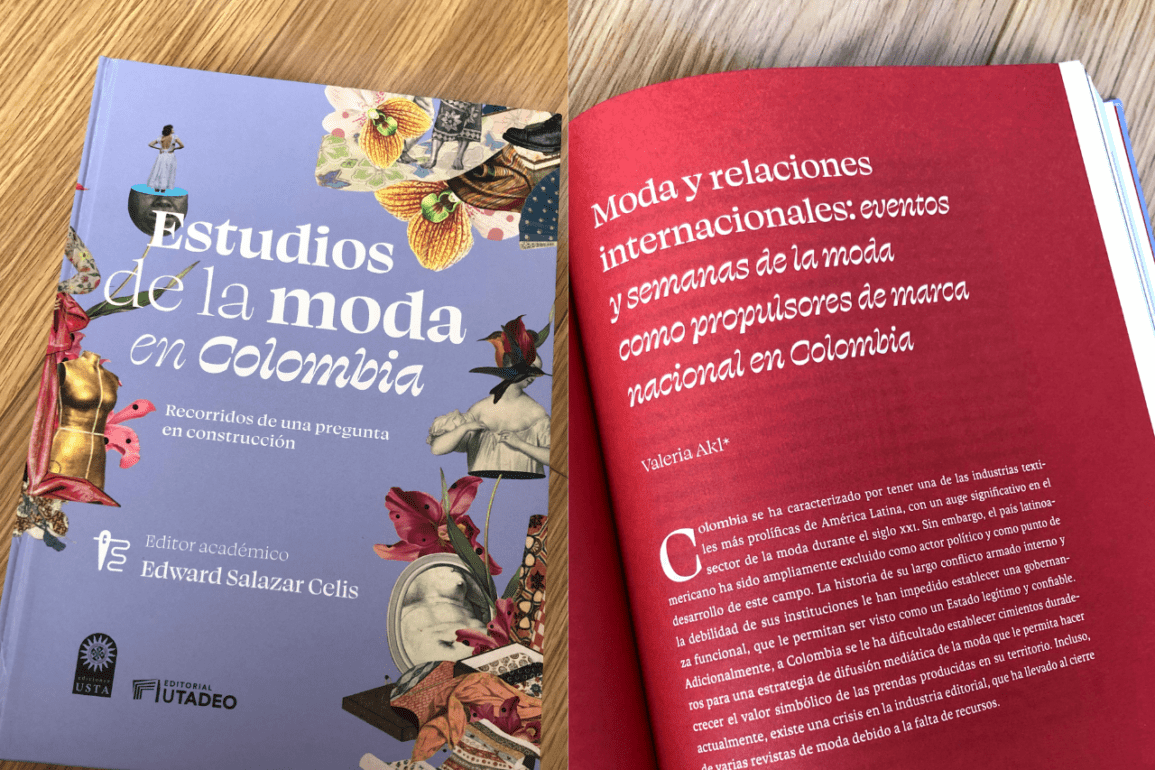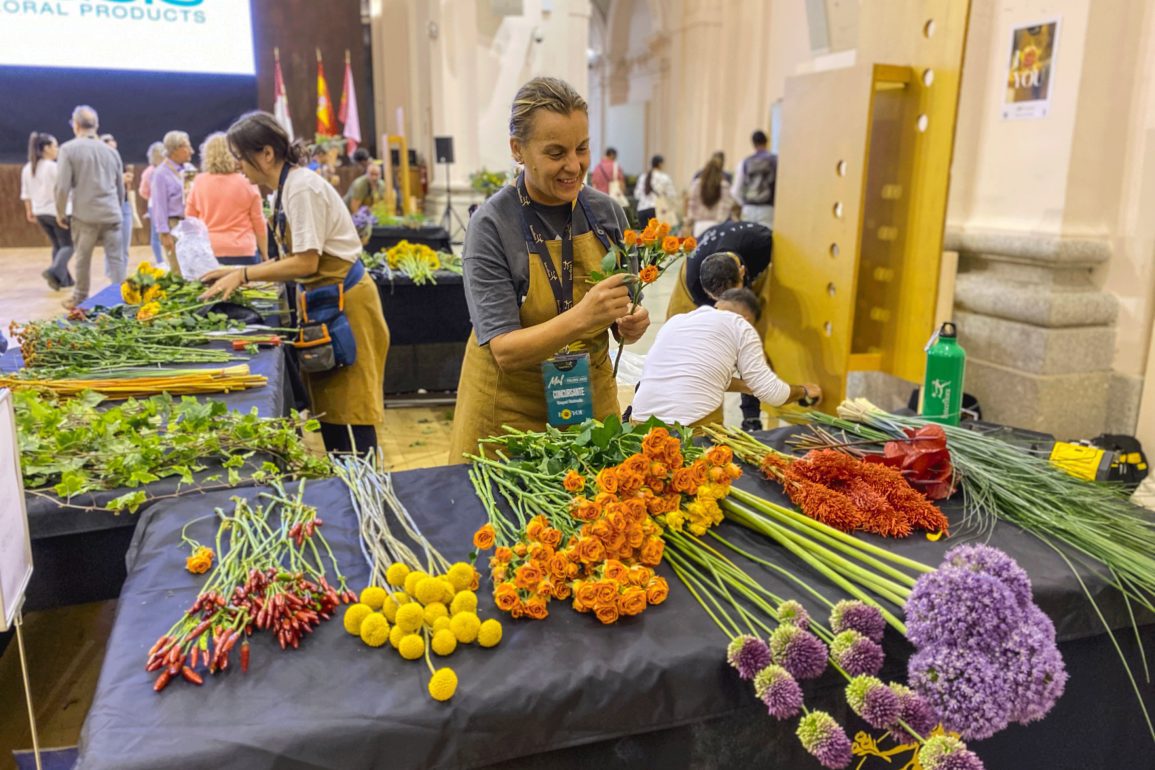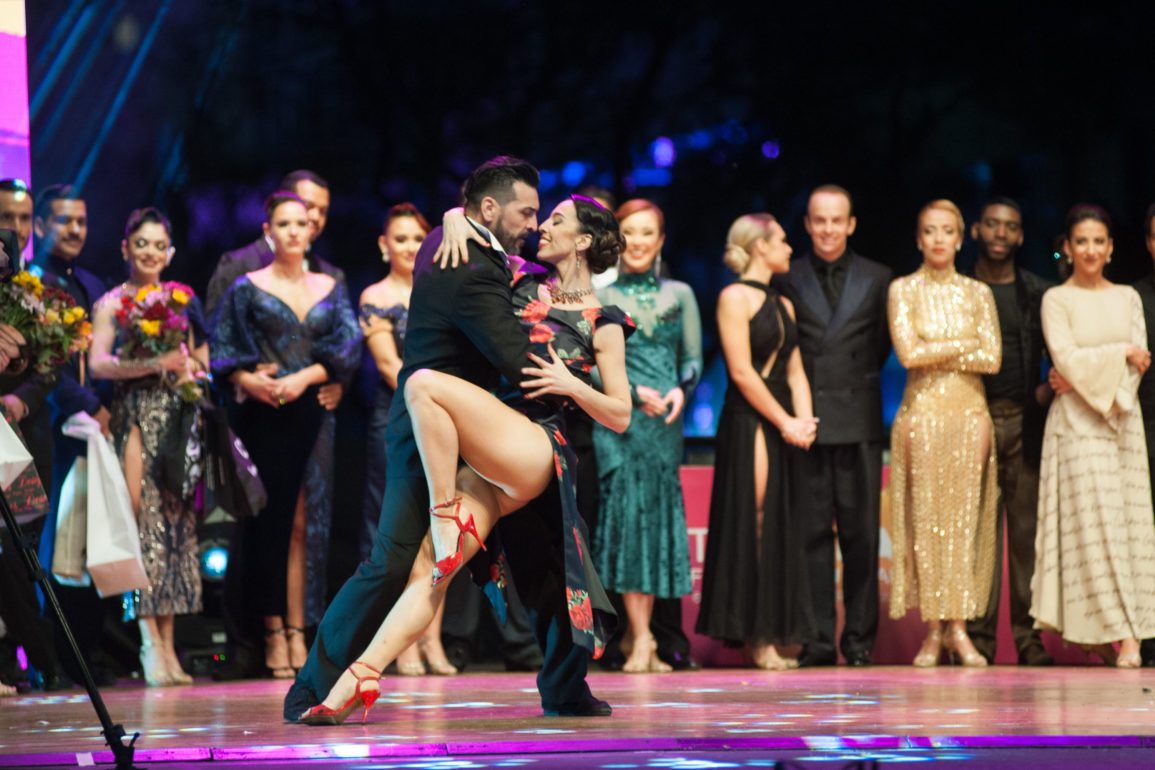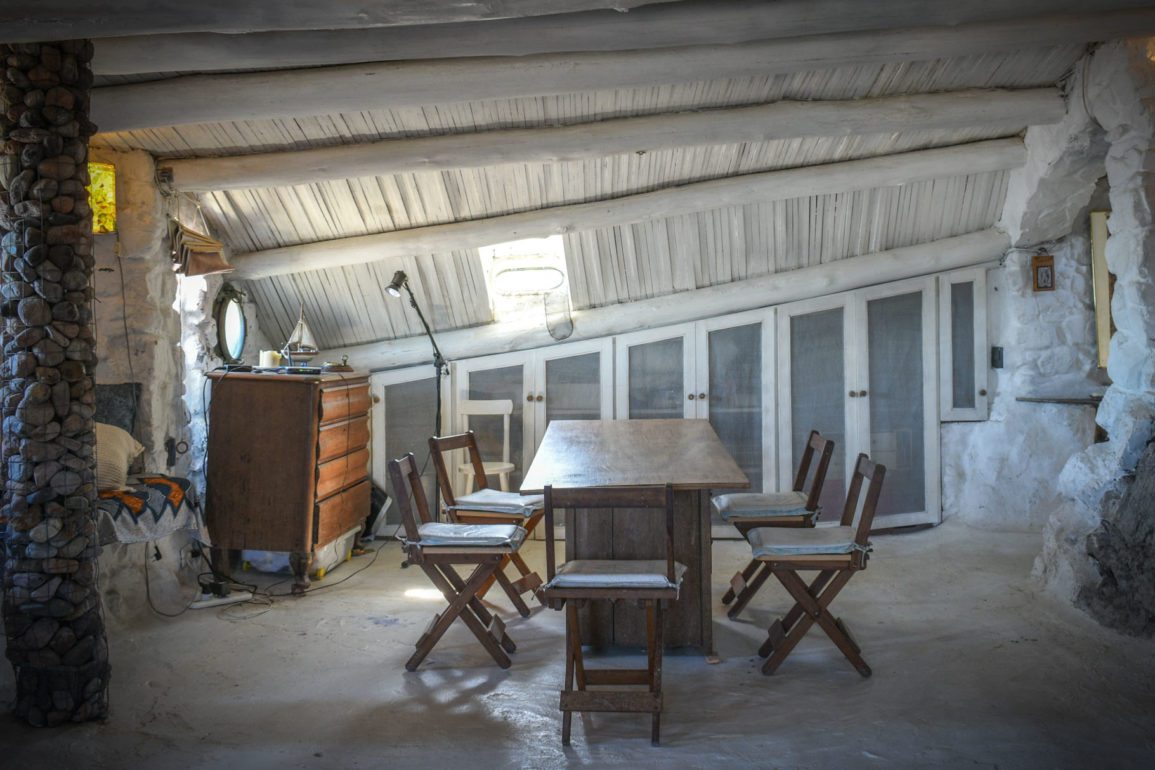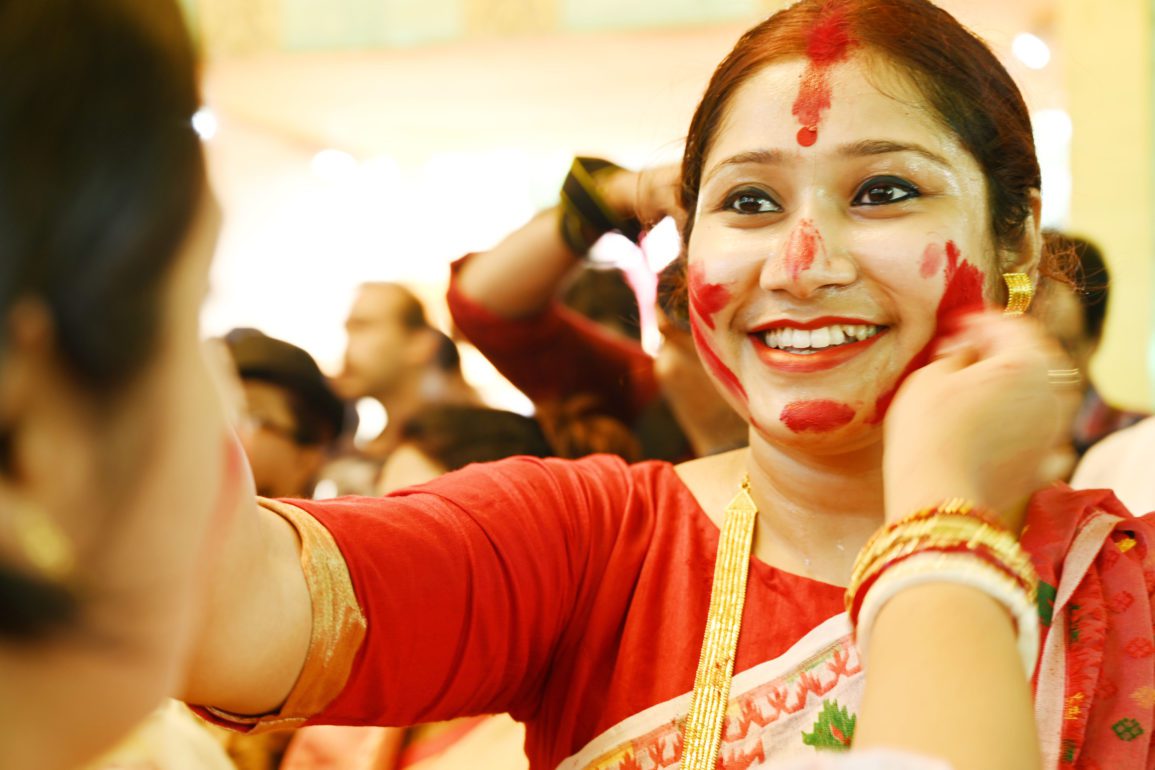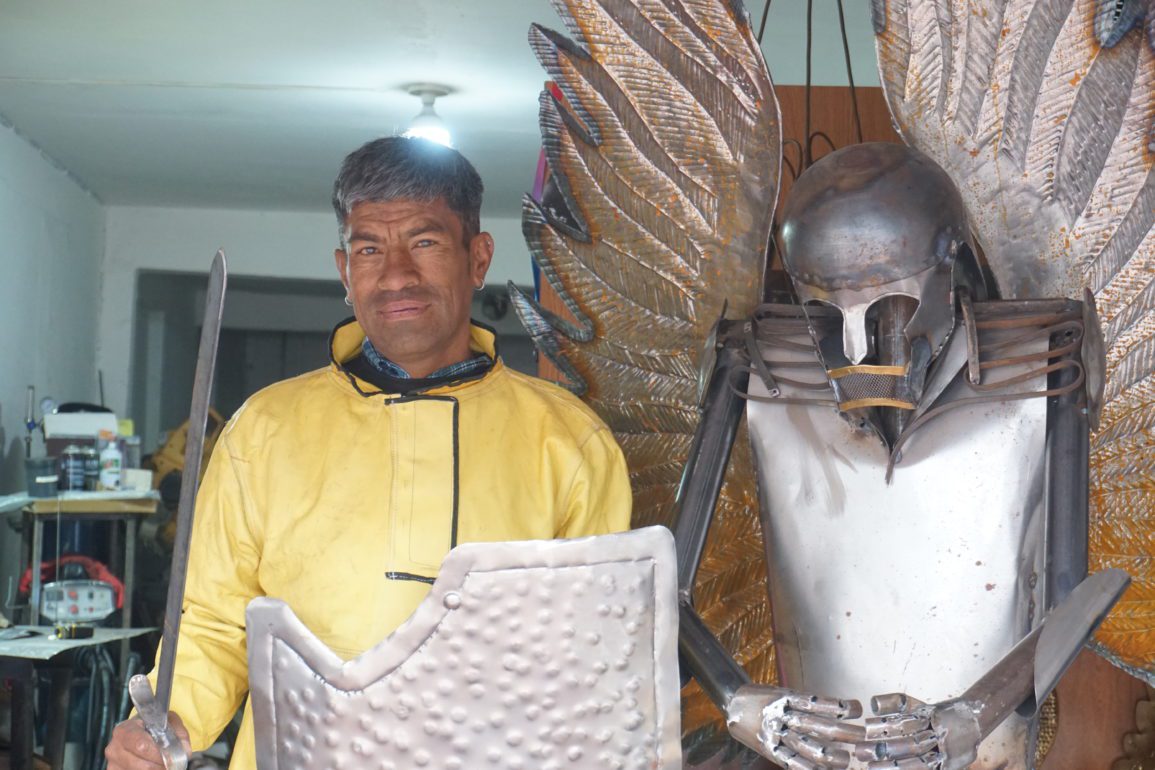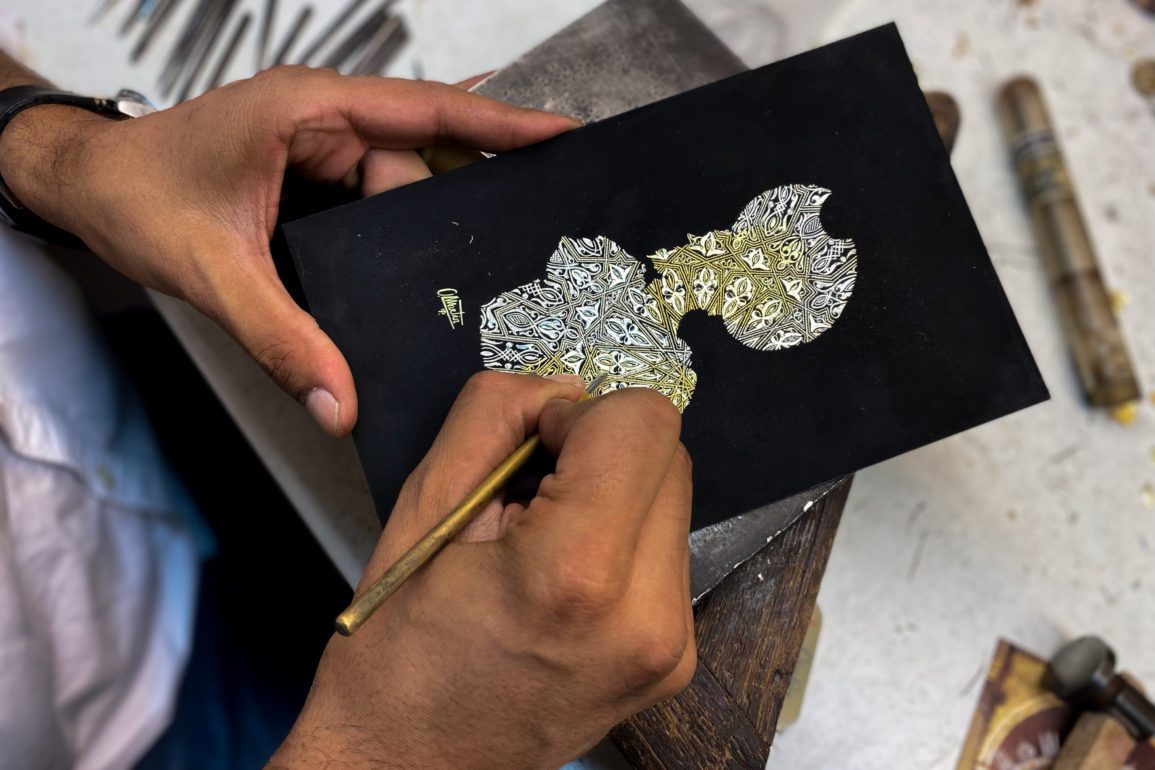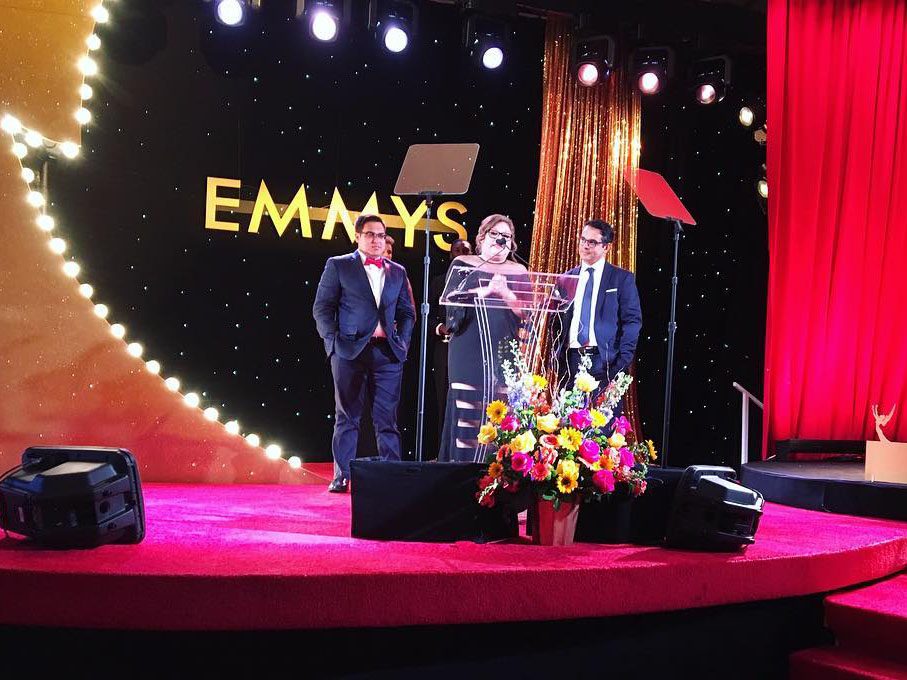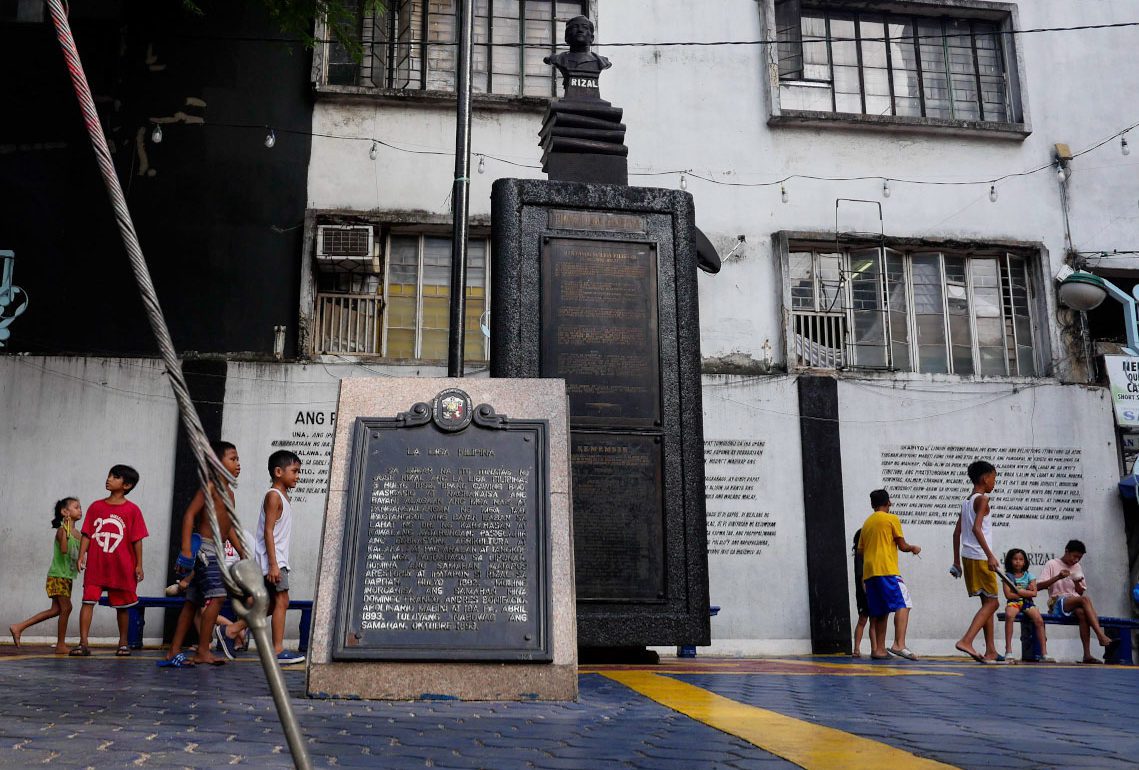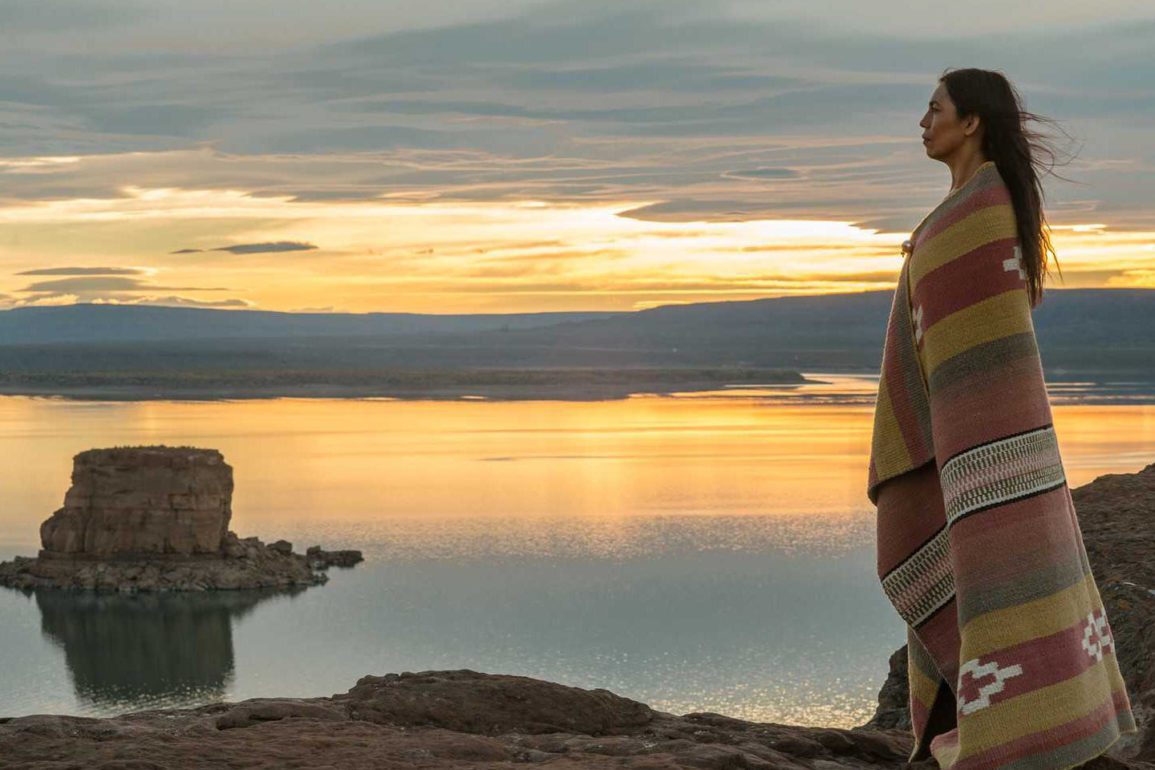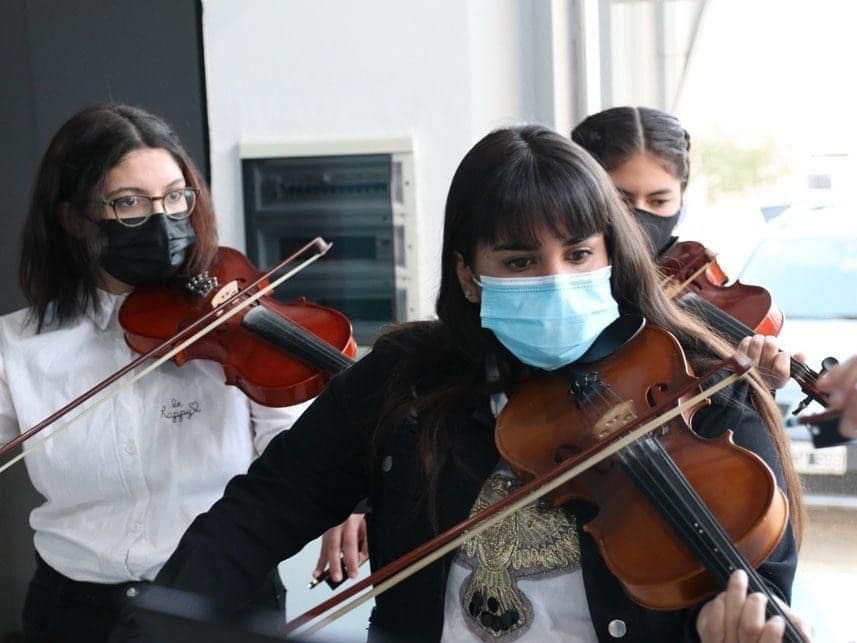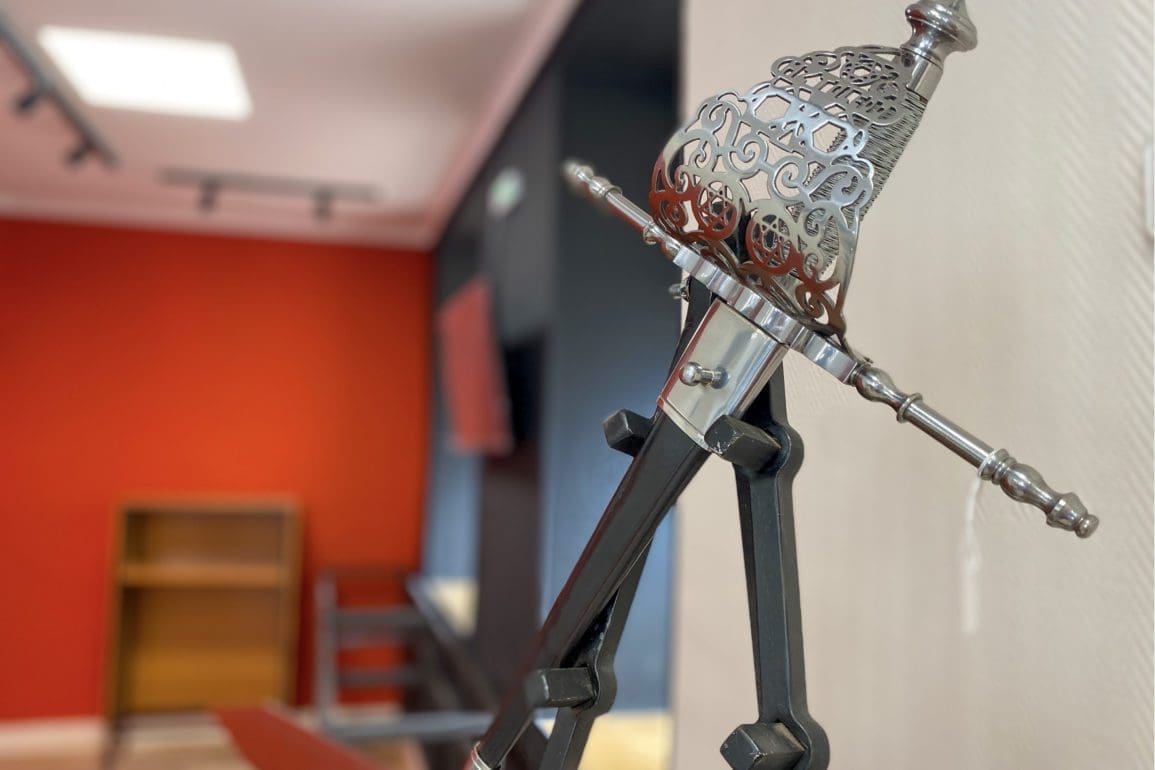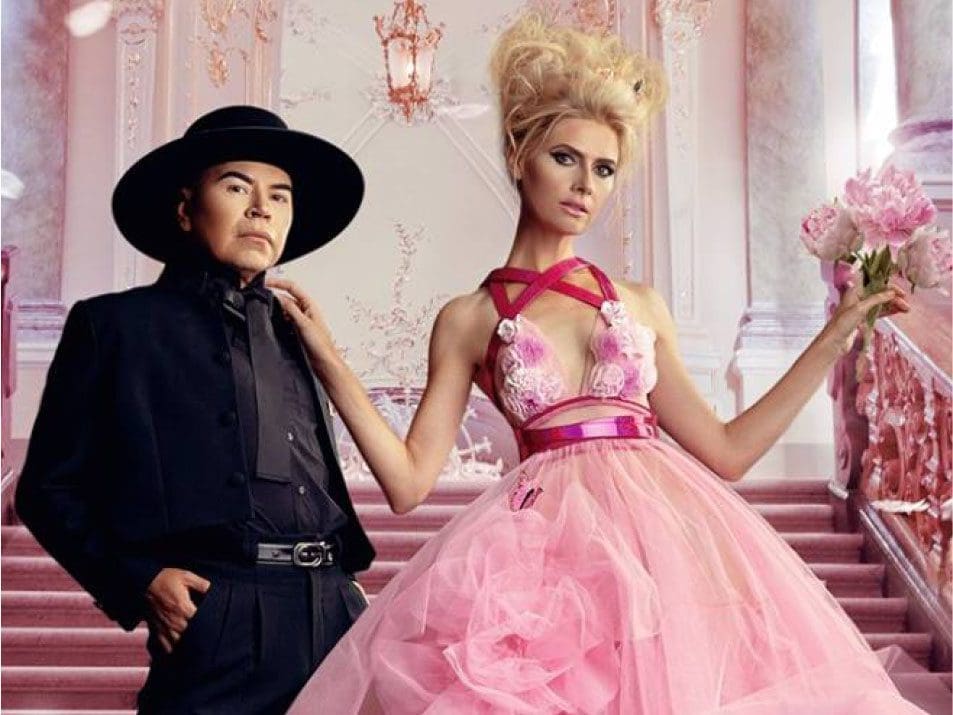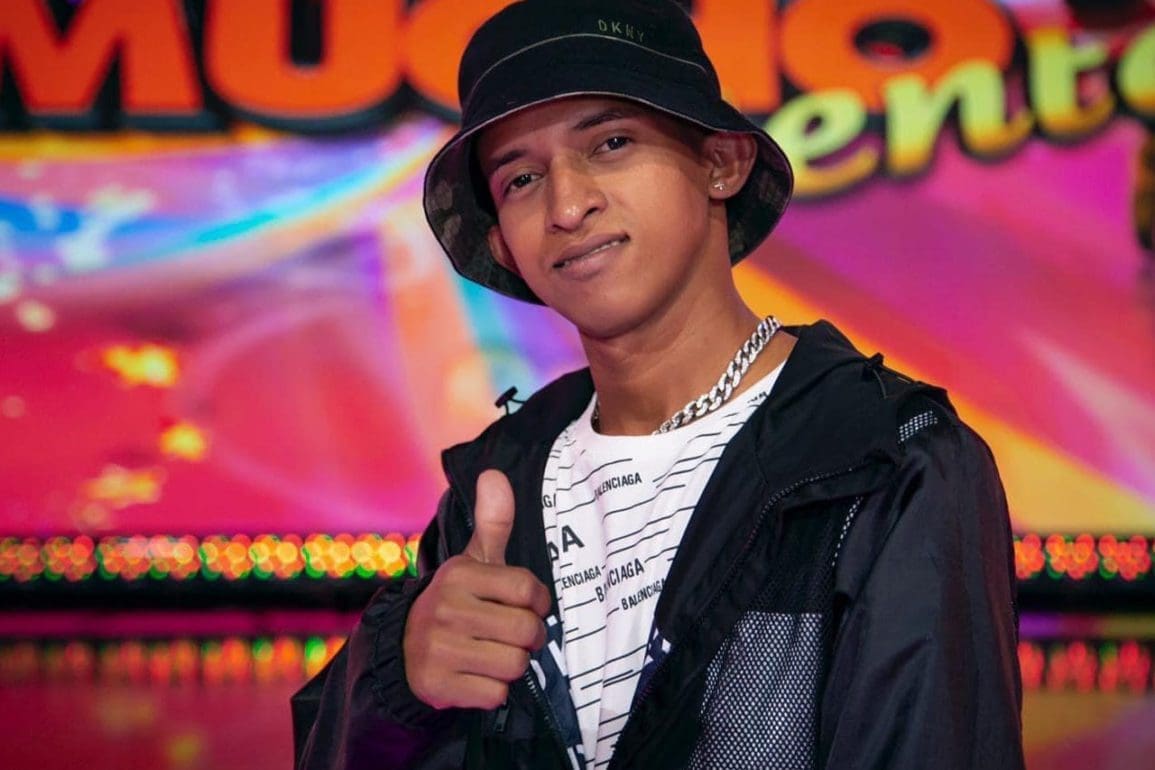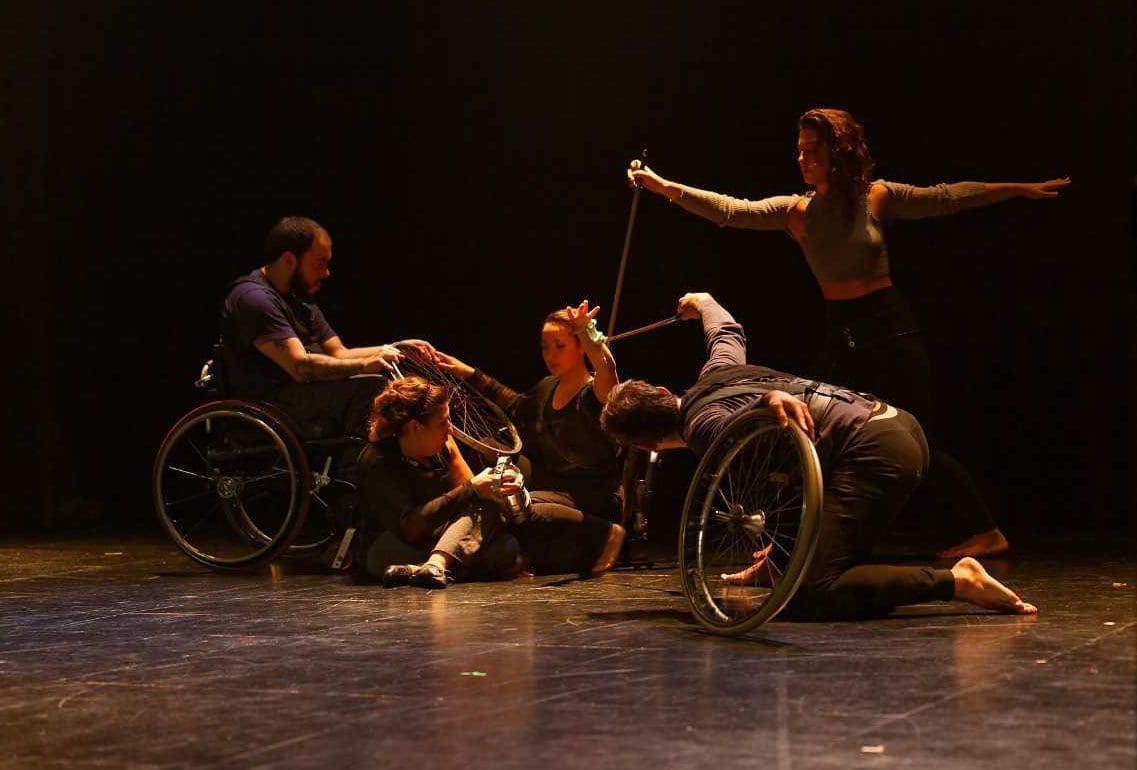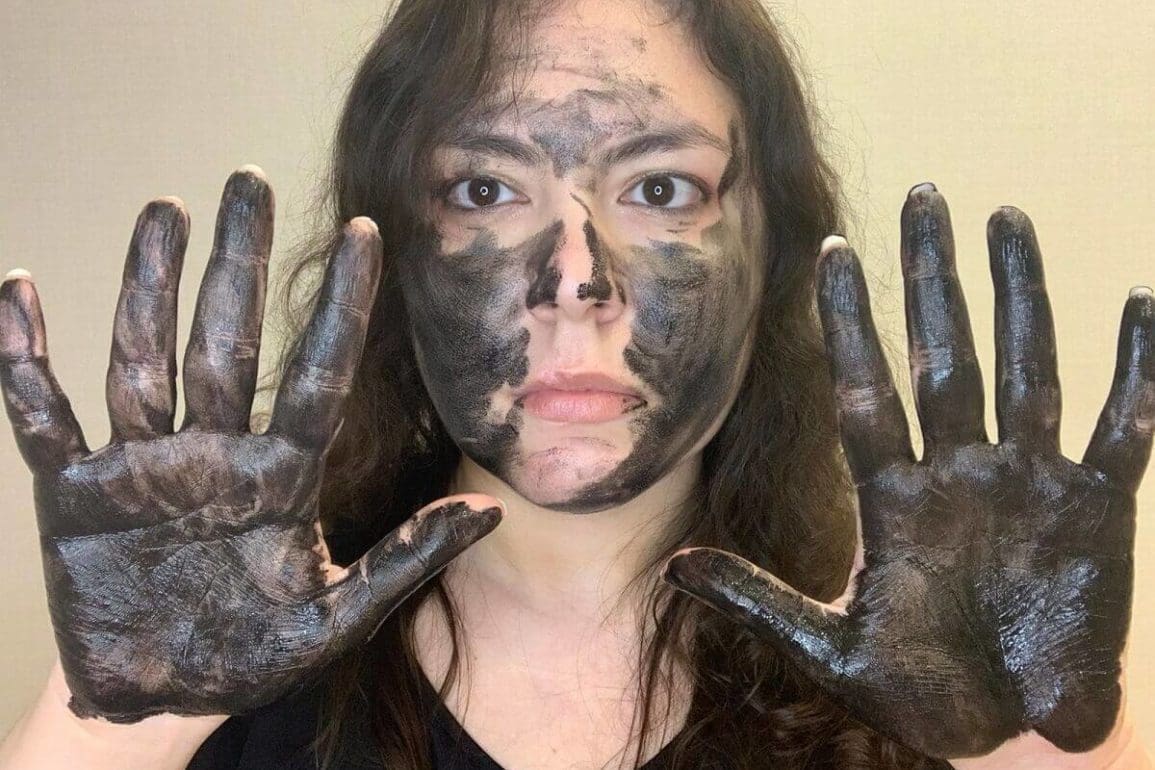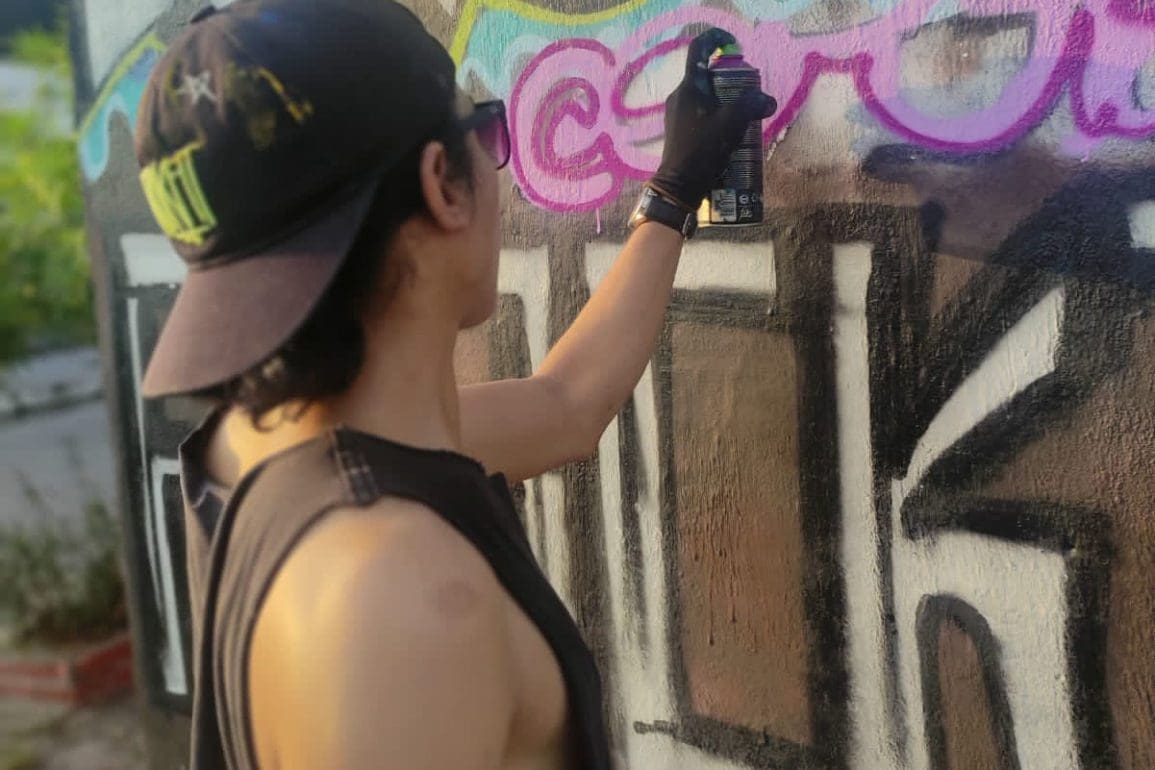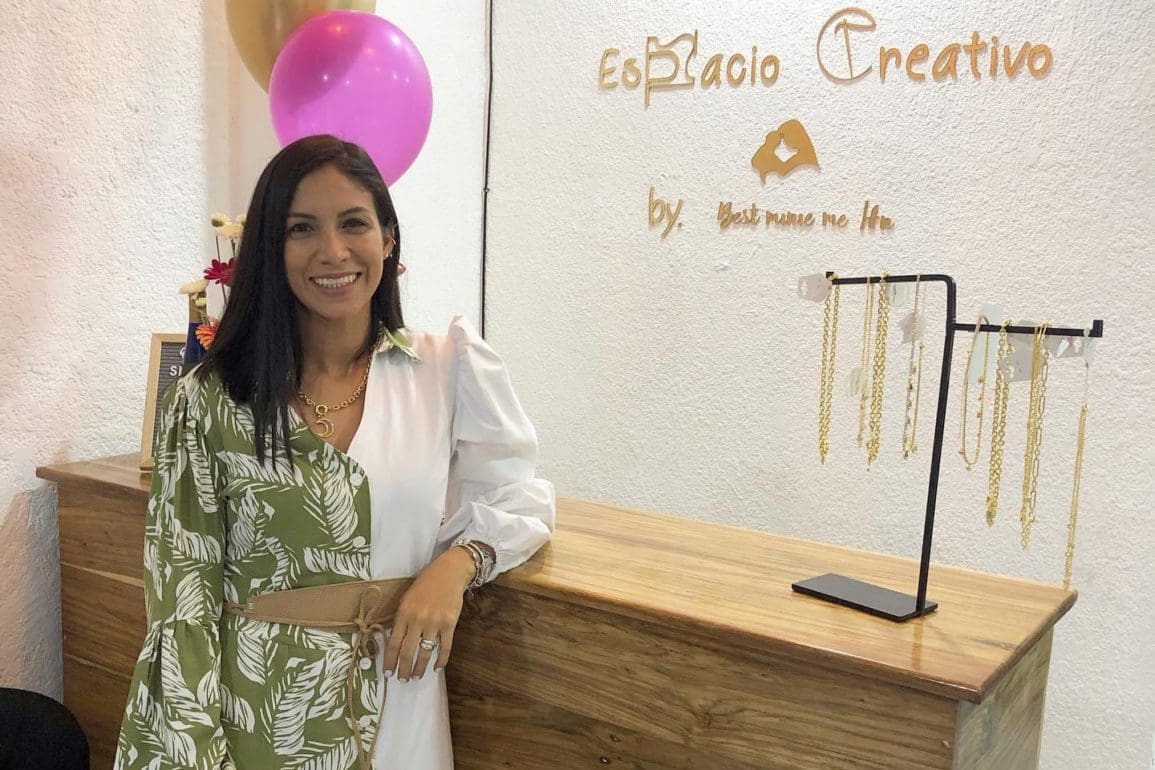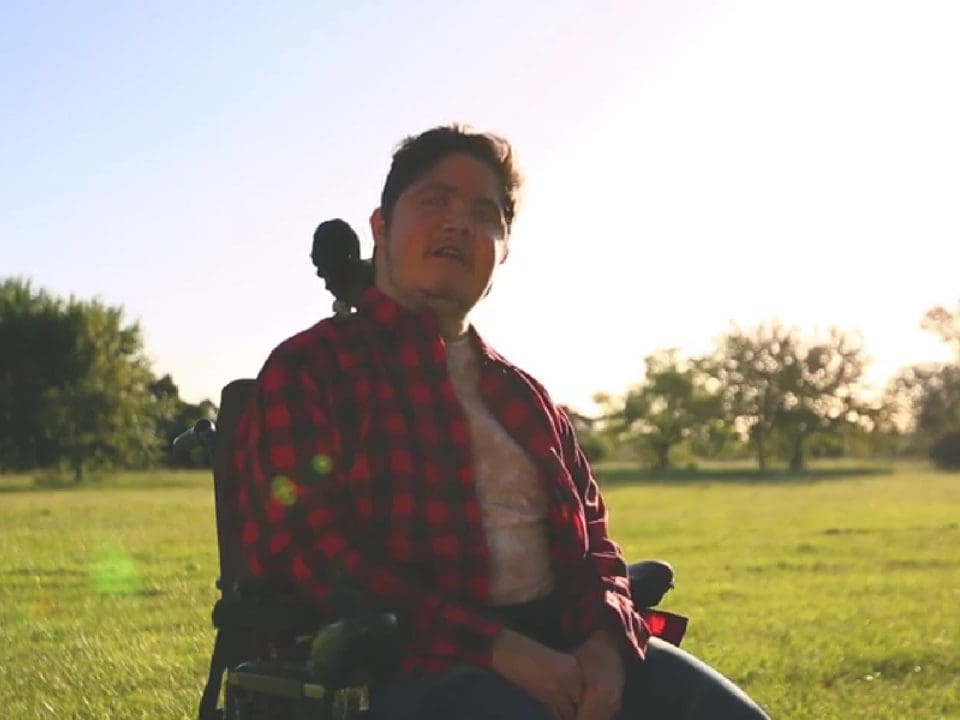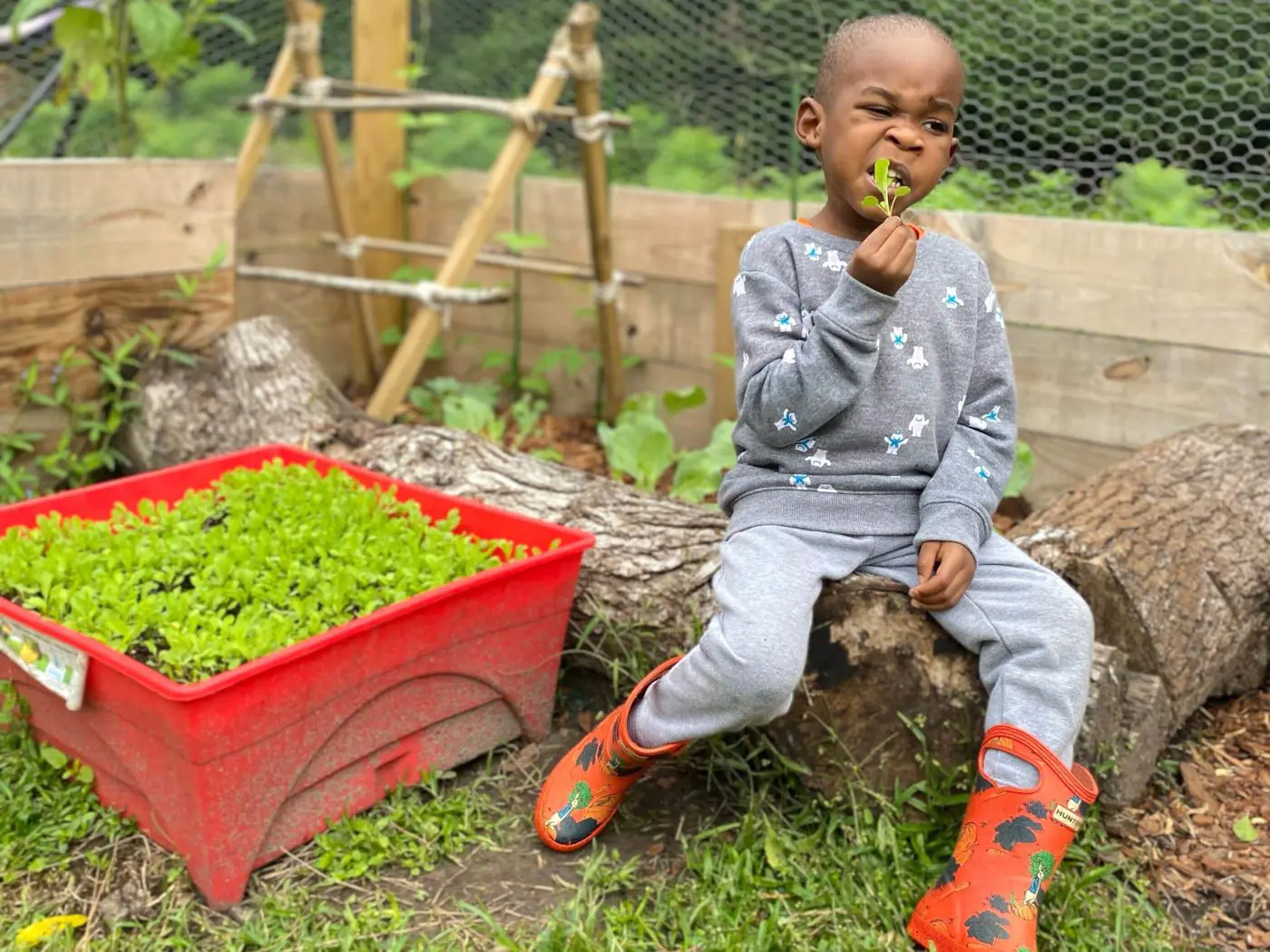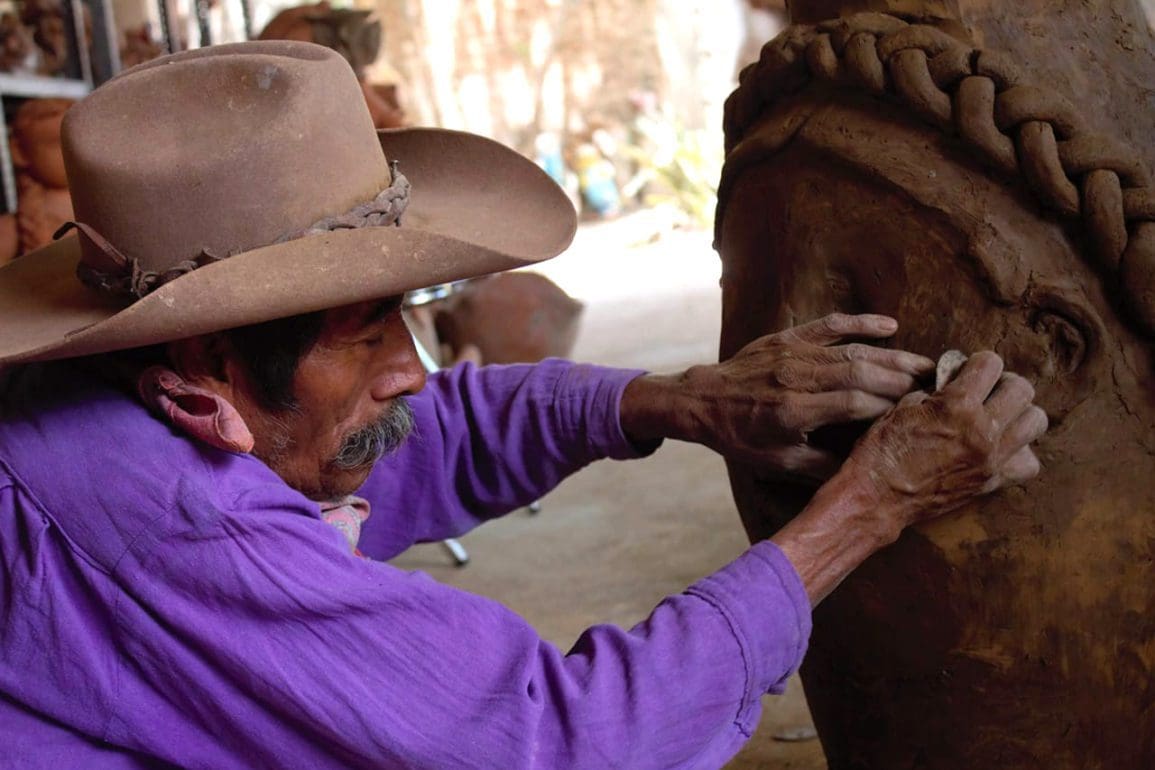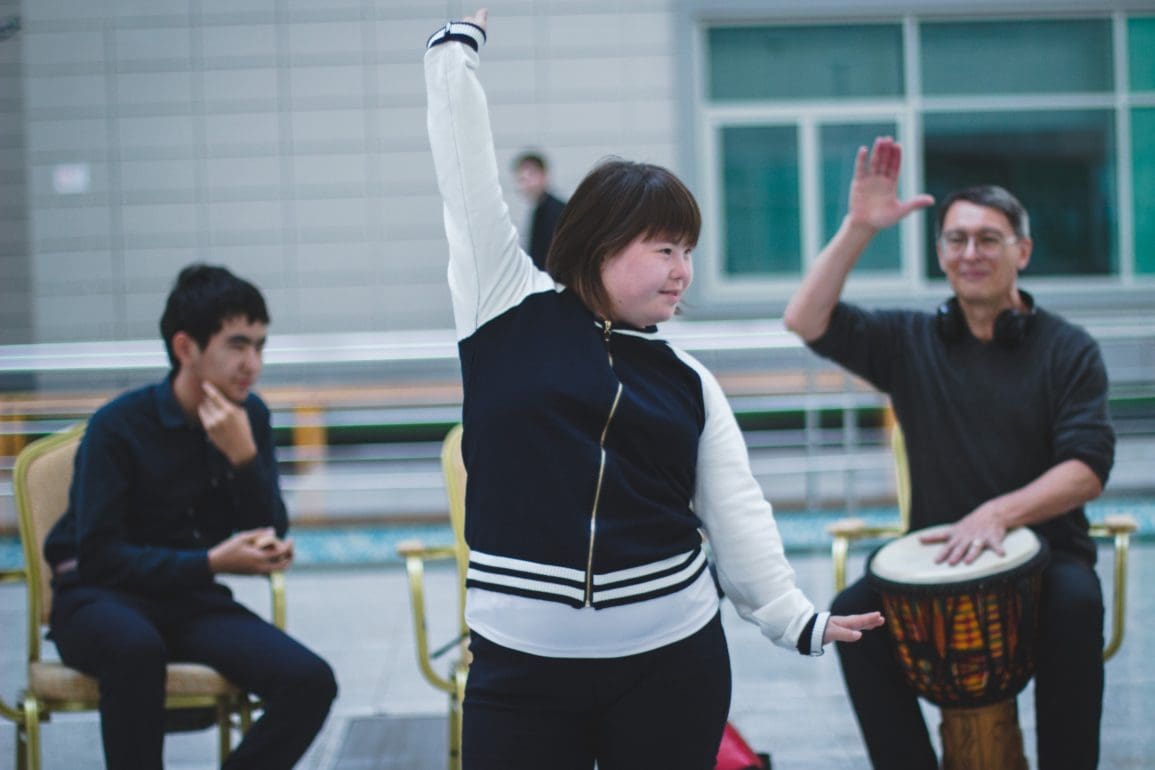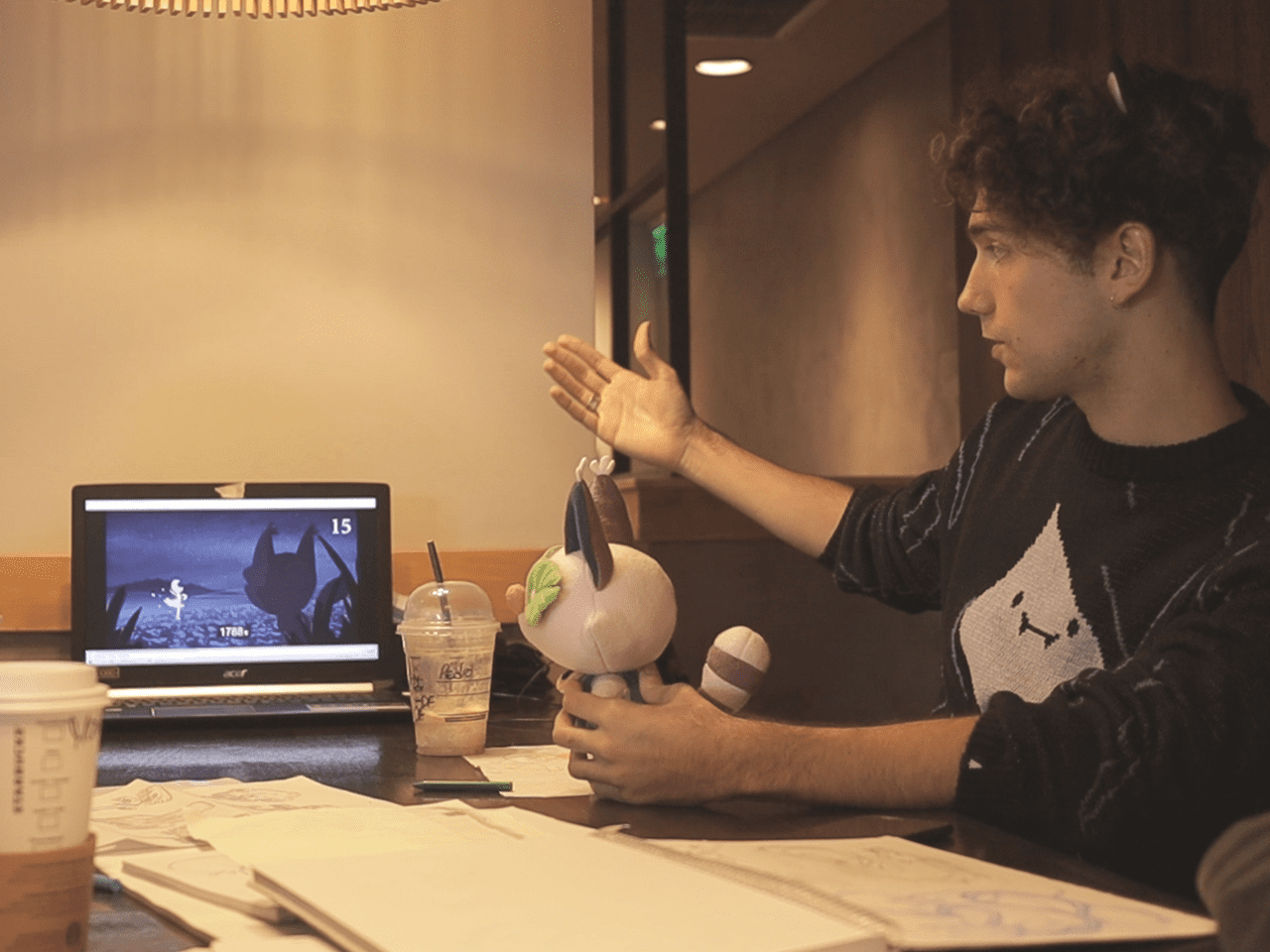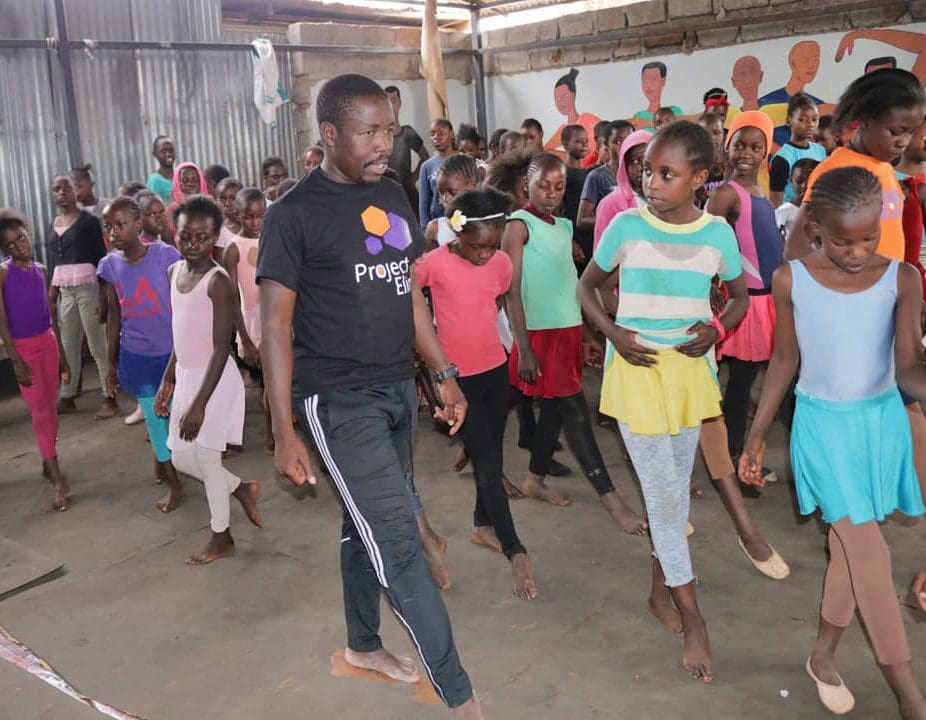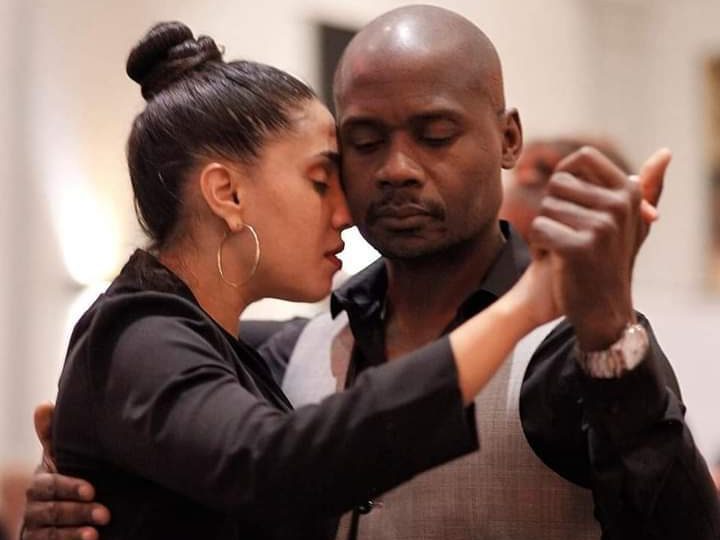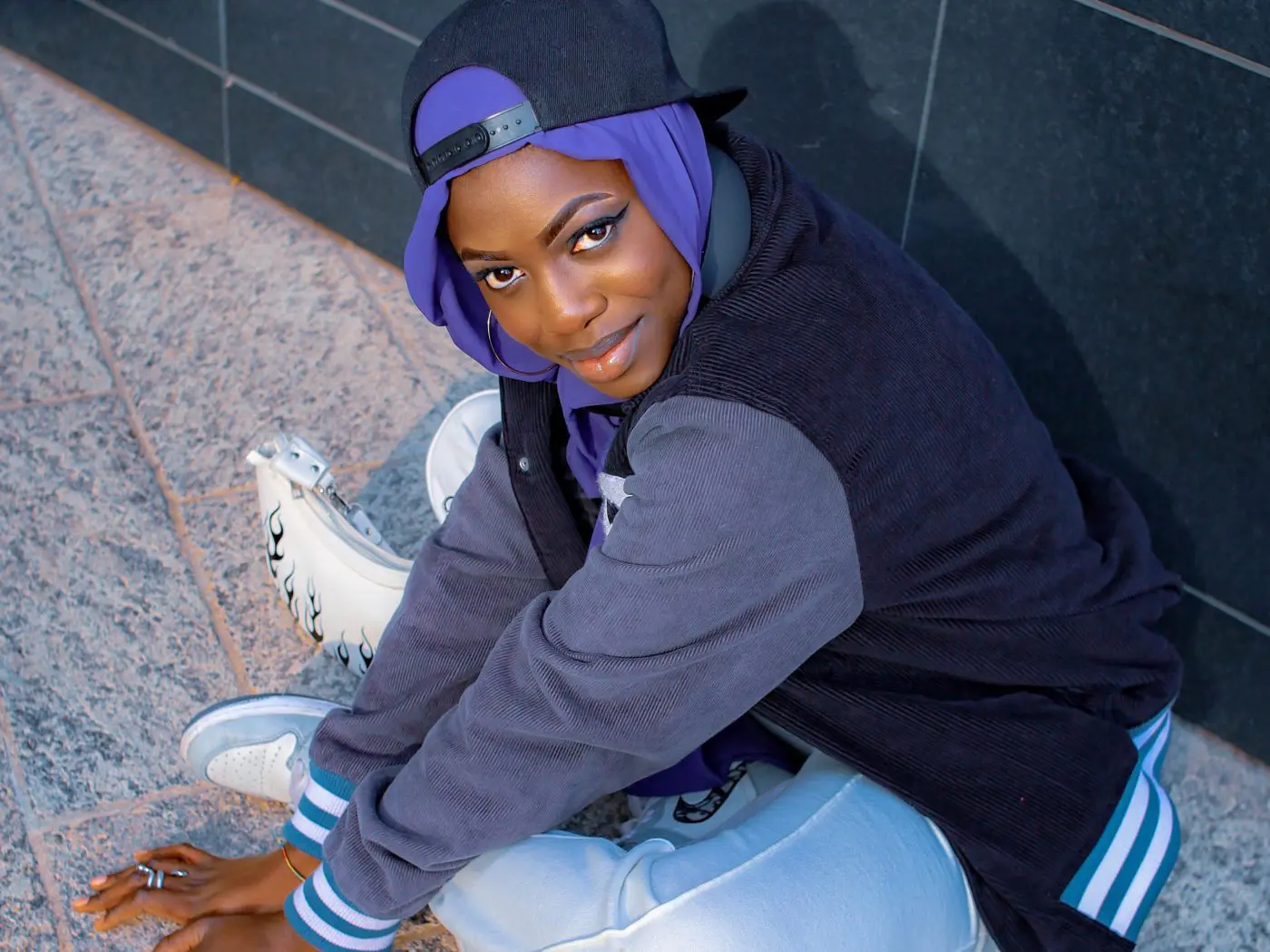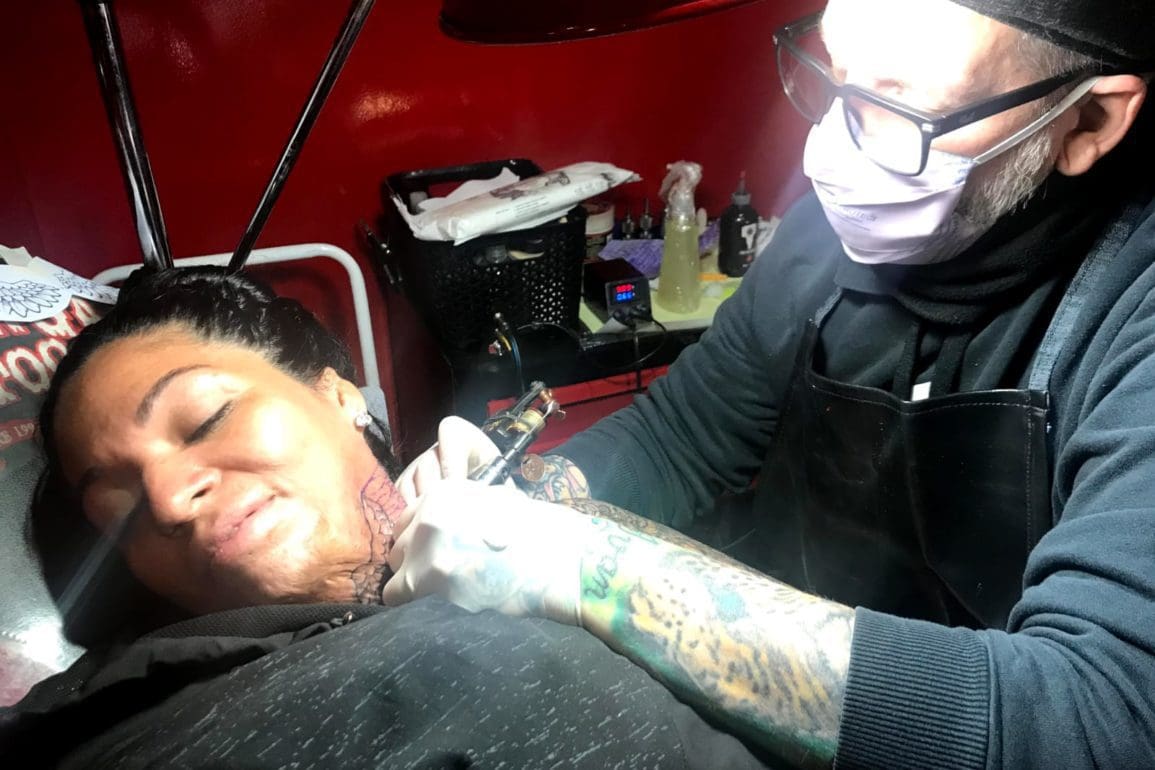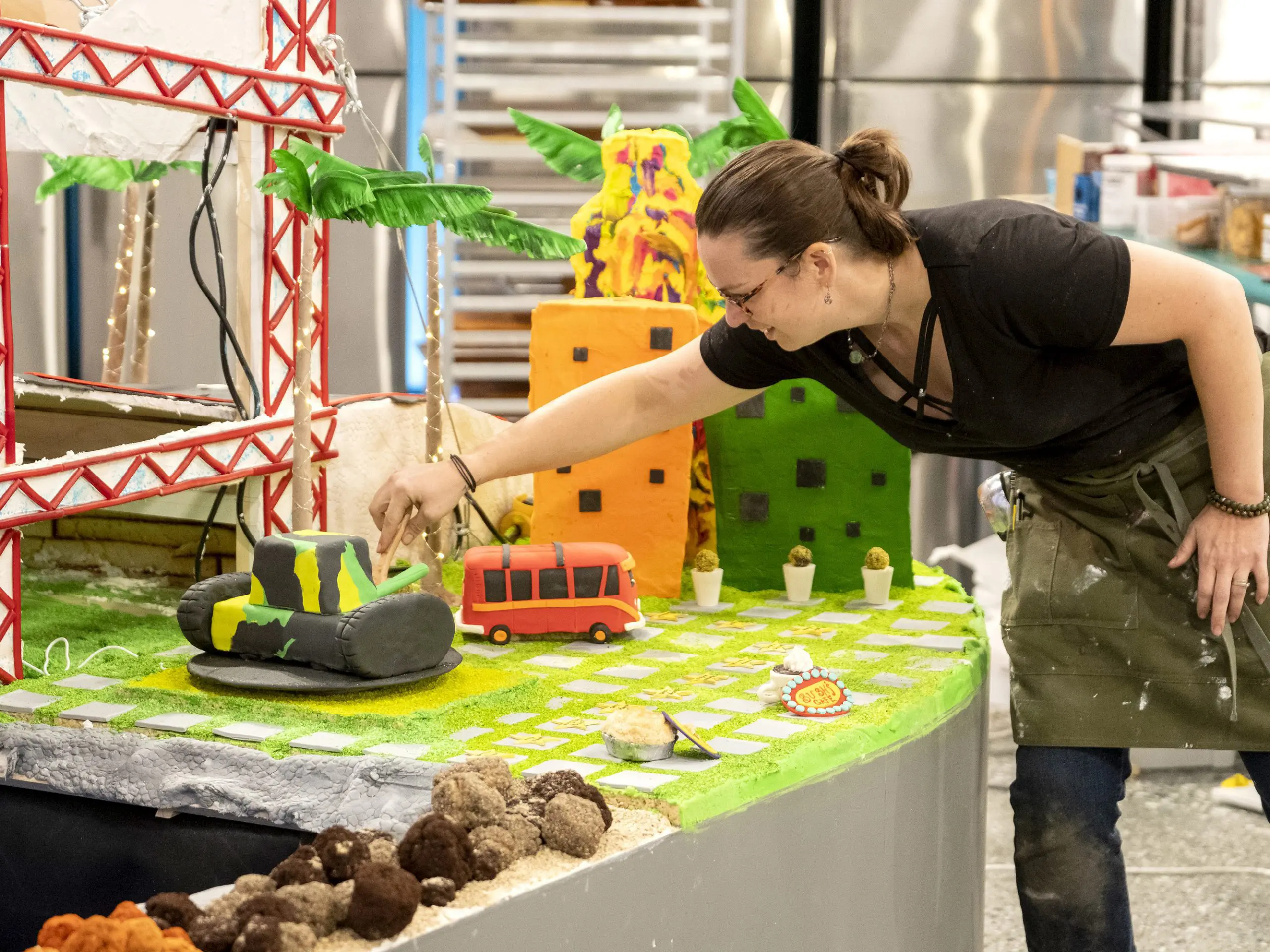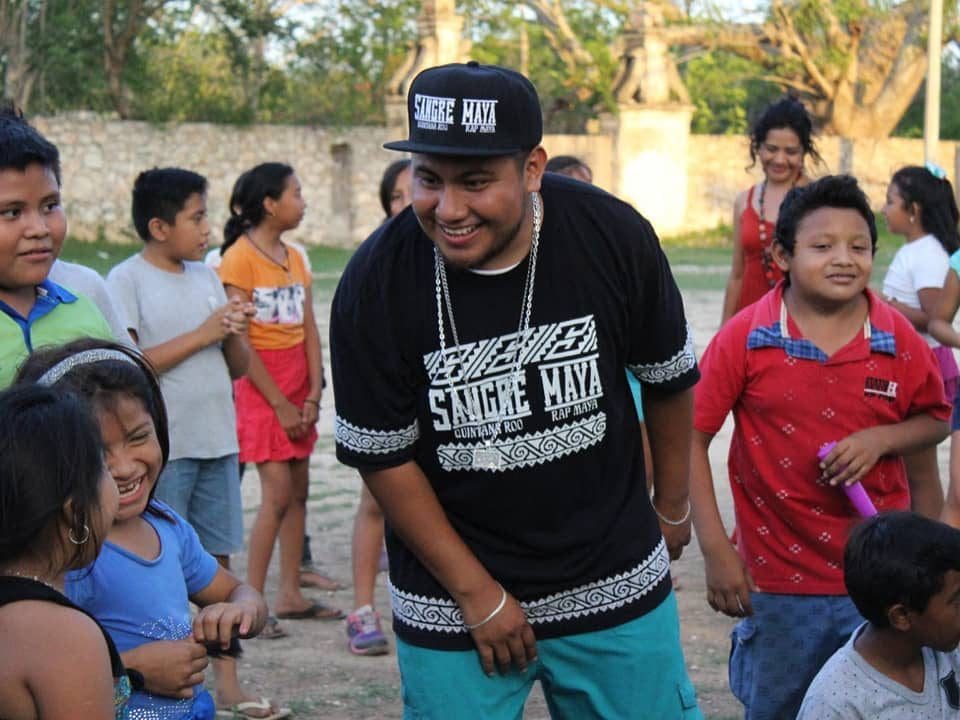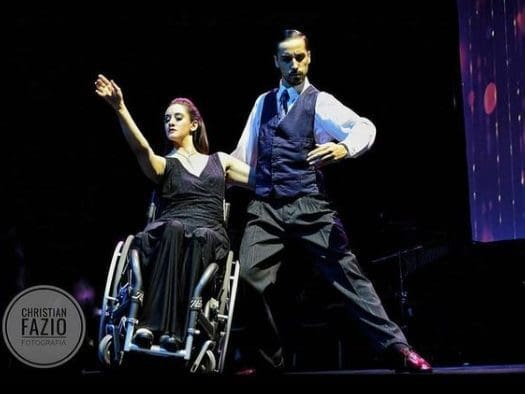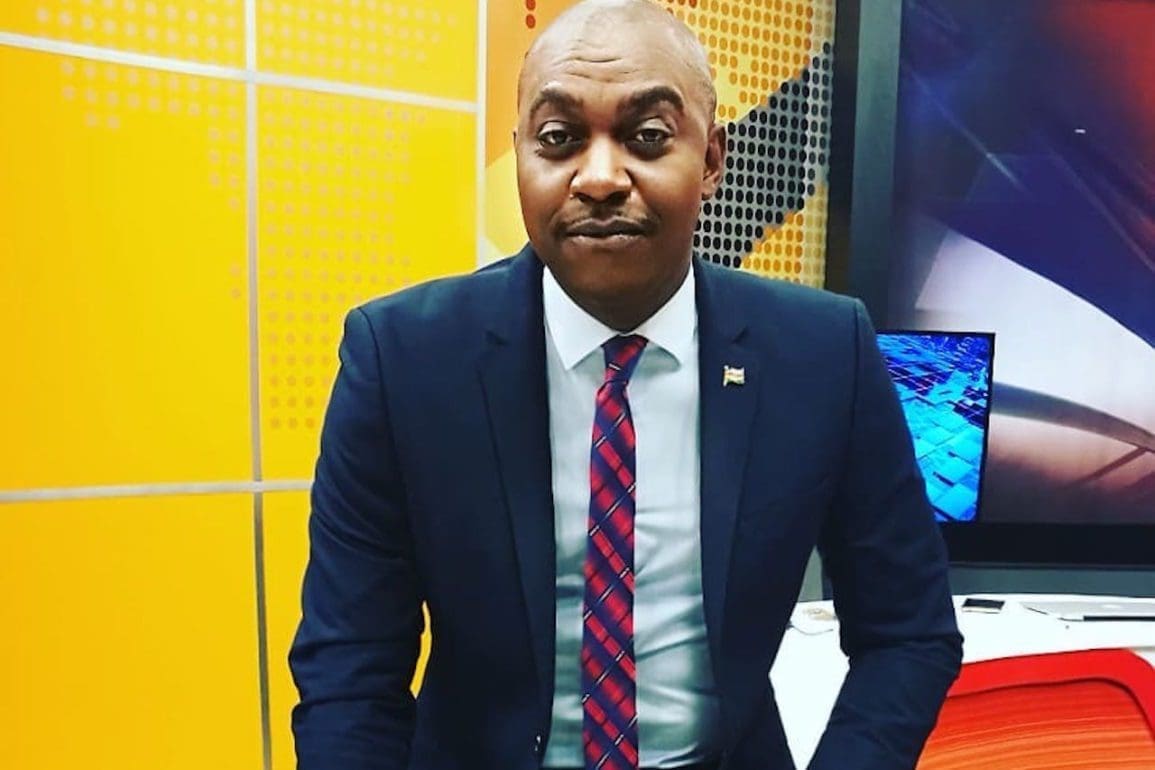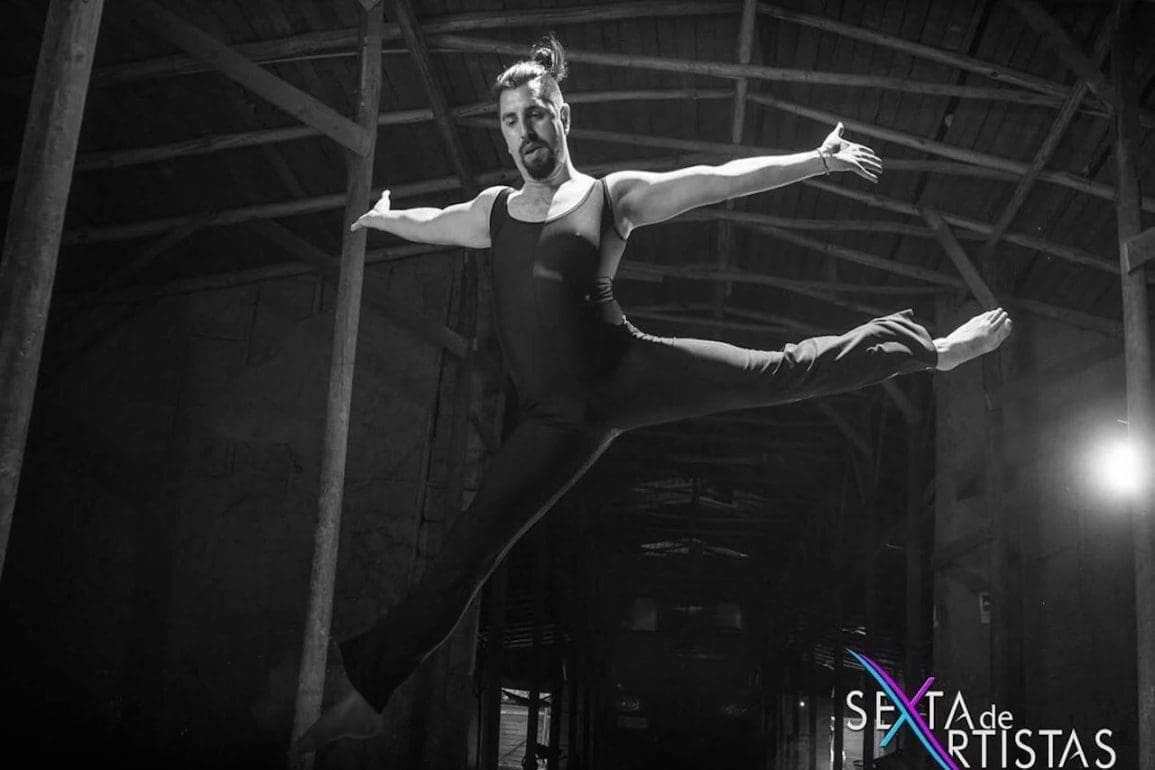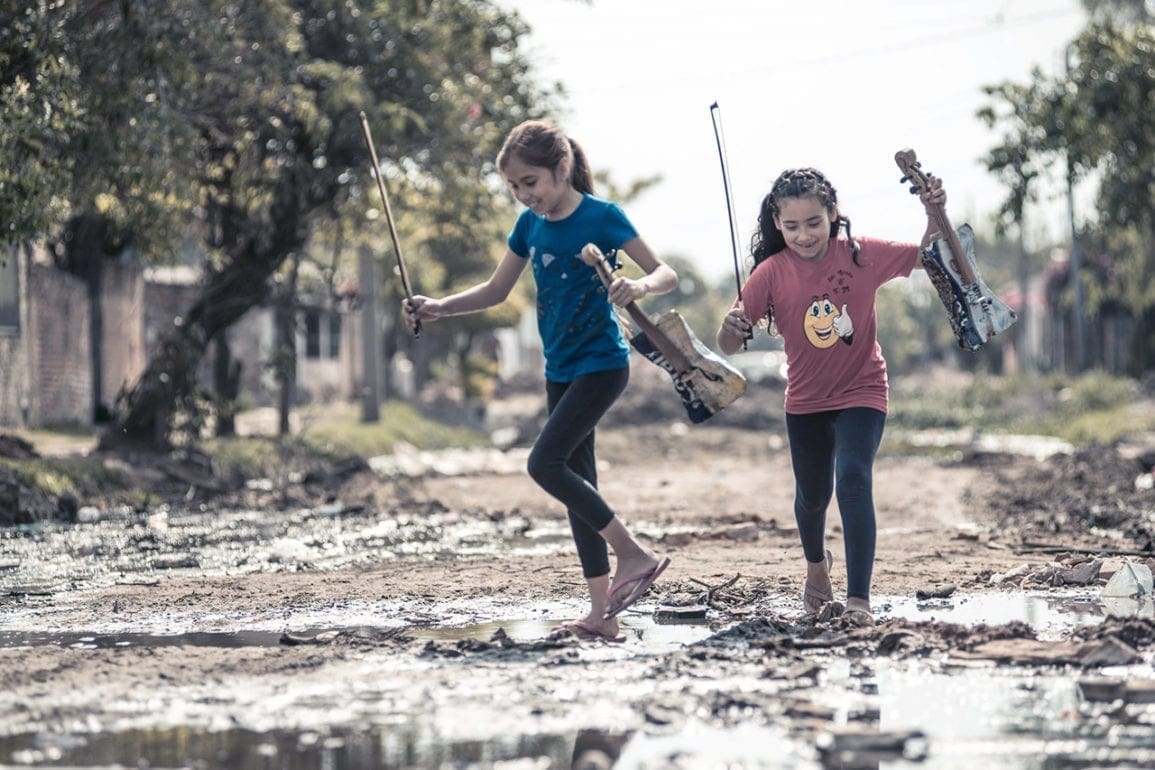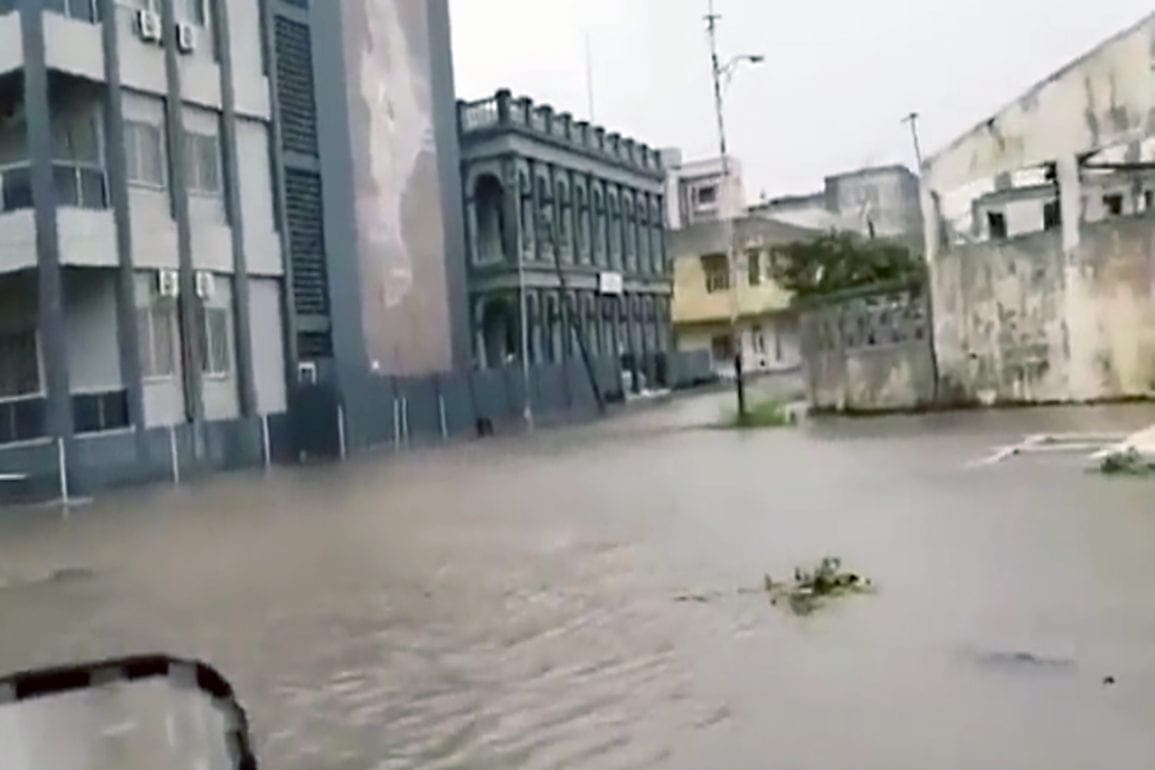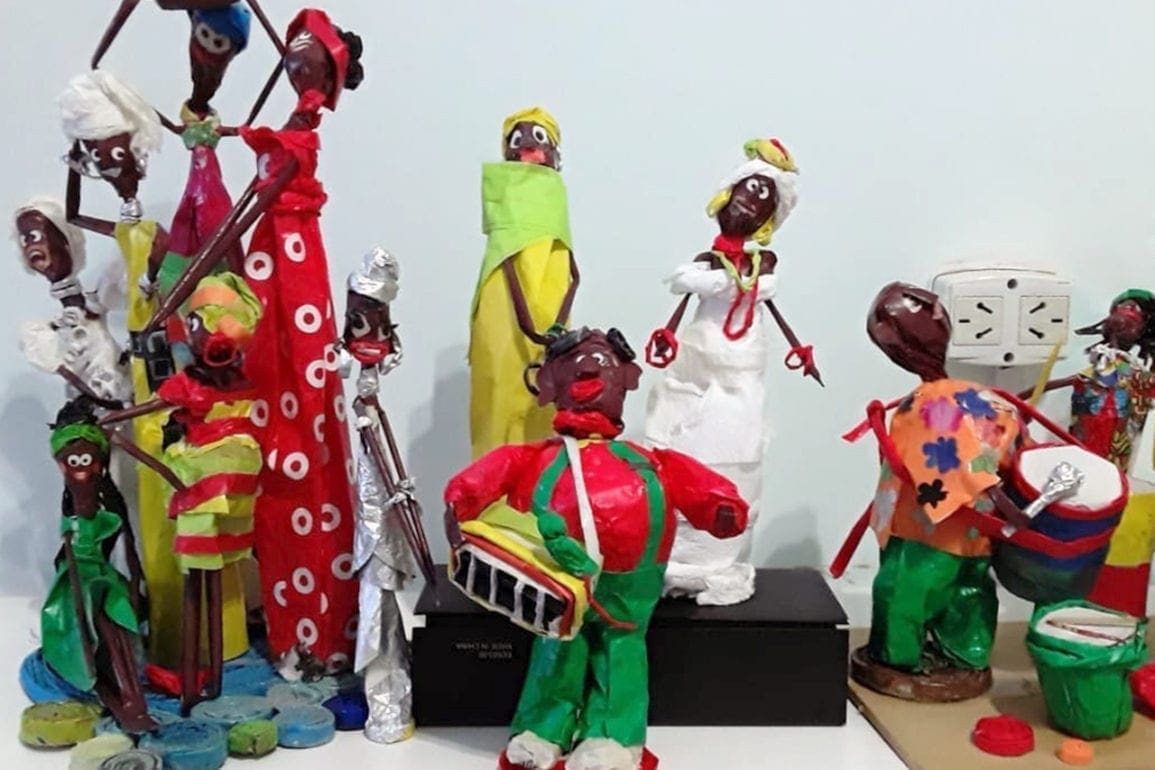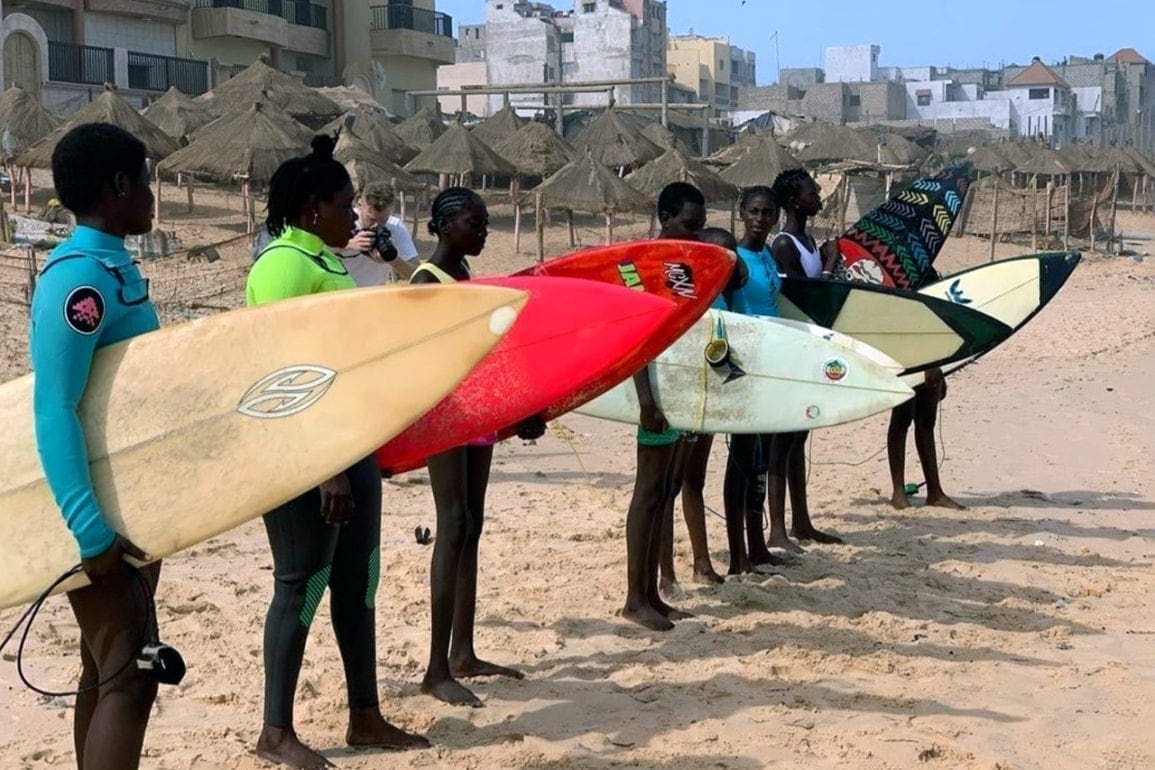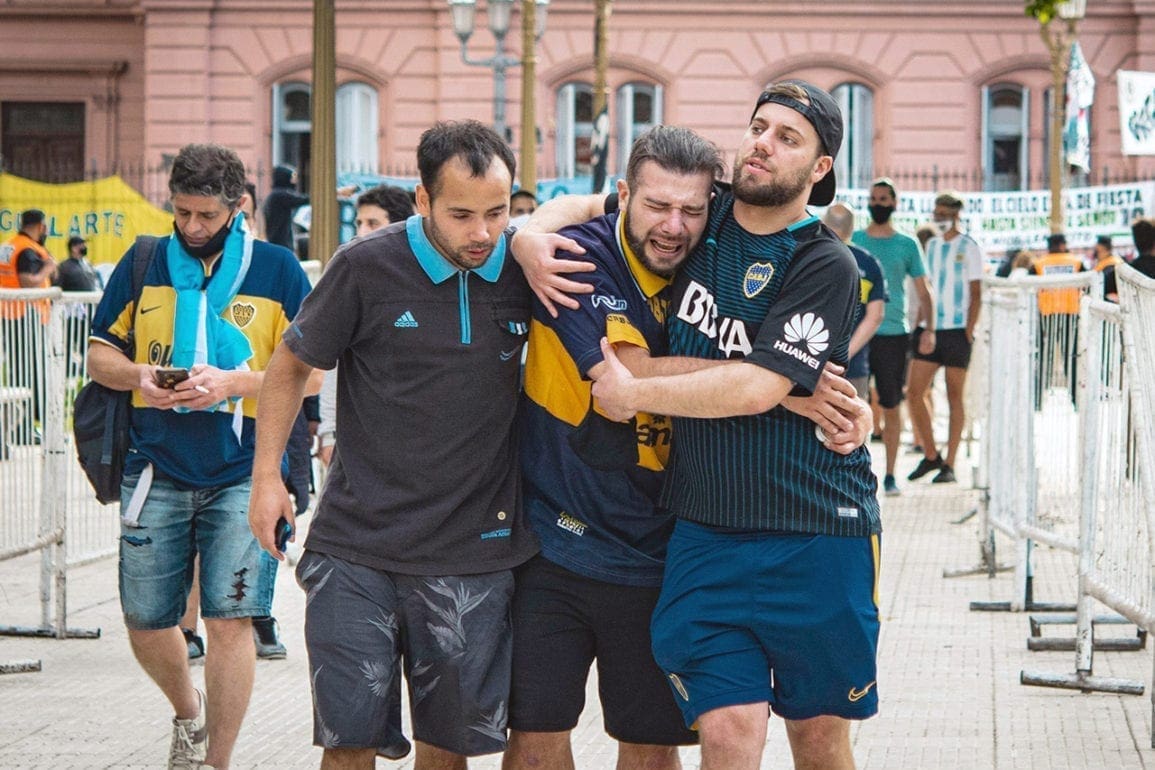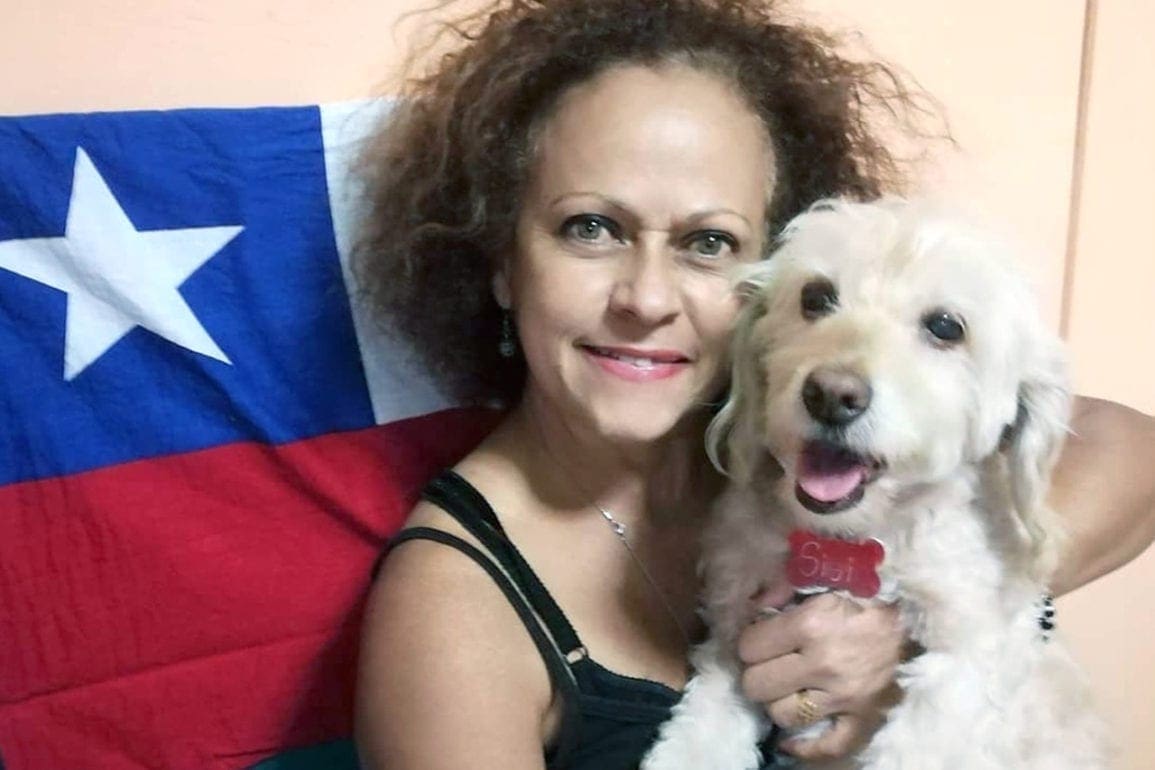Remarkable Pre-Inca burial site halts Lima pipeline project: unearthed artifacts reveal ancient histories
As one of Calidda’s most extensive excavations, we unveiled multiple burials in a single sweep. Rising at dawn for weeks, we worked diligently until sunset. Our shirts were soaked in sweat as we used precision tools to unearth history without the intrusion of modern machinery.
- 2 years ago
November 8, 2023

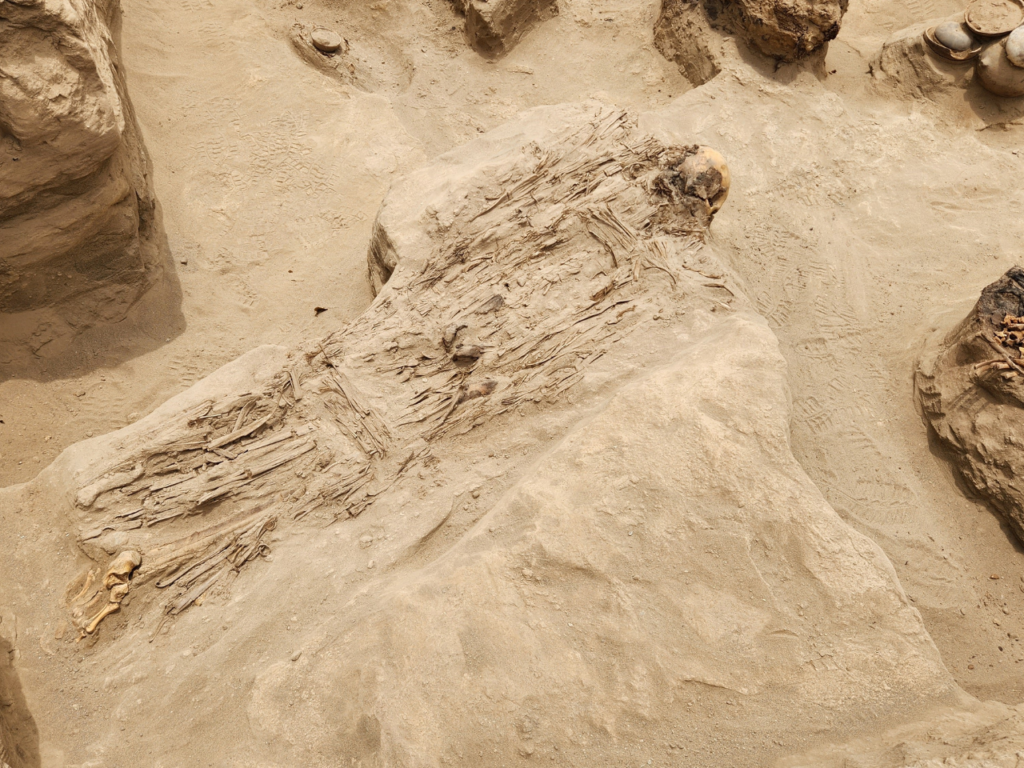
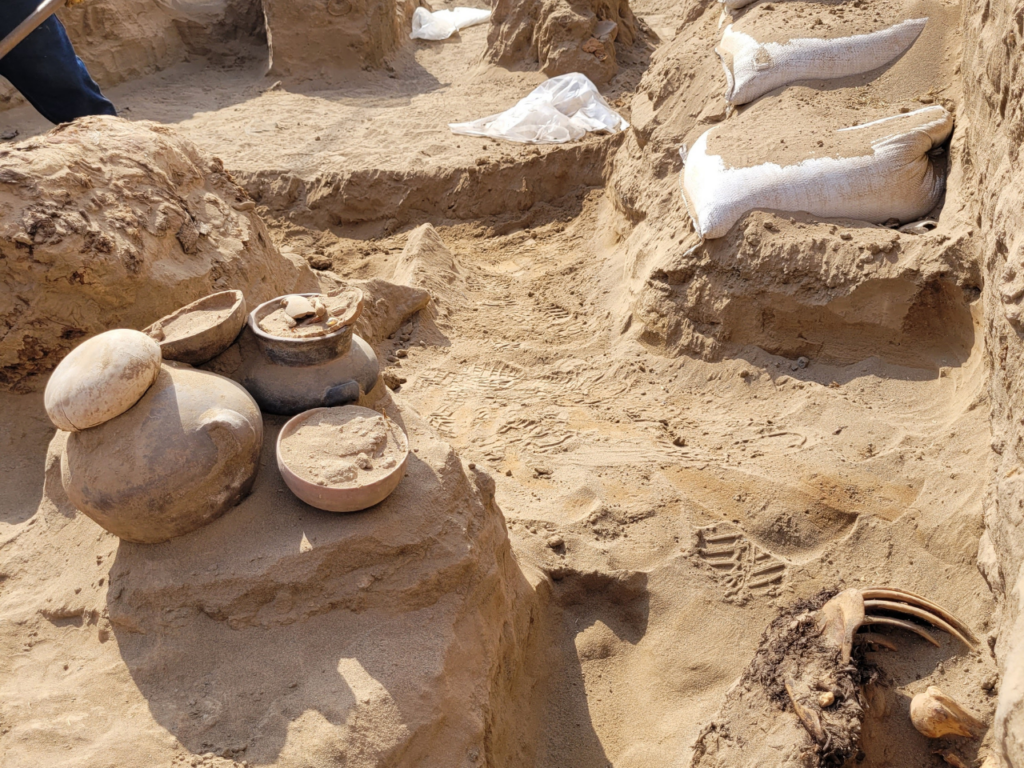

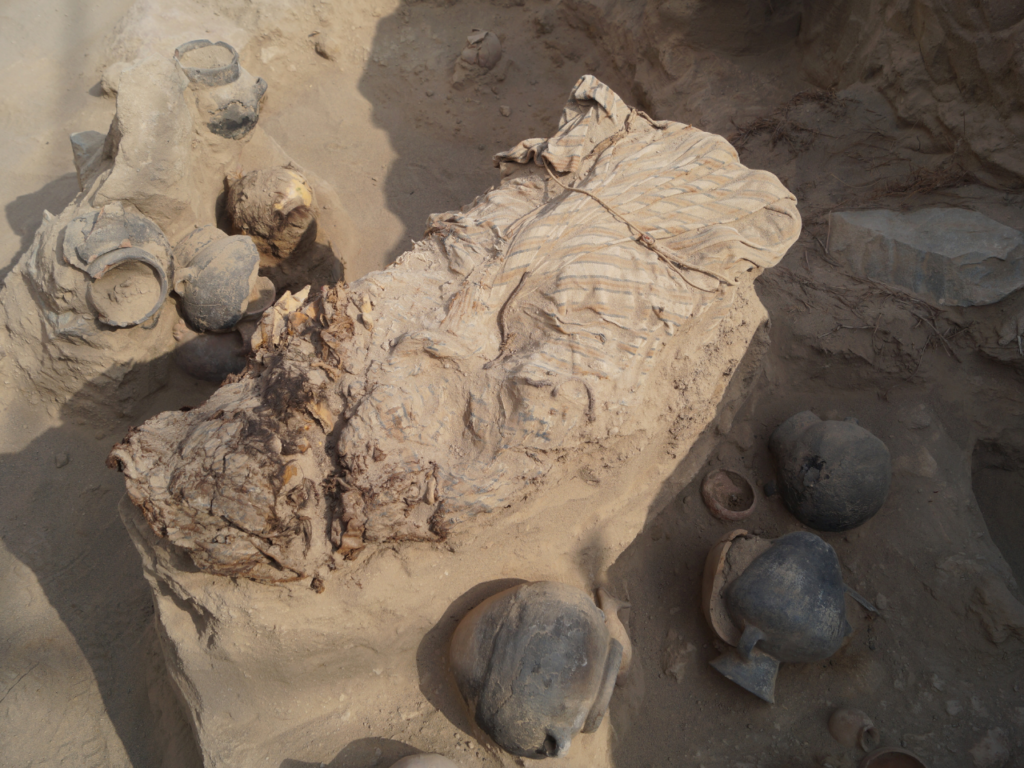
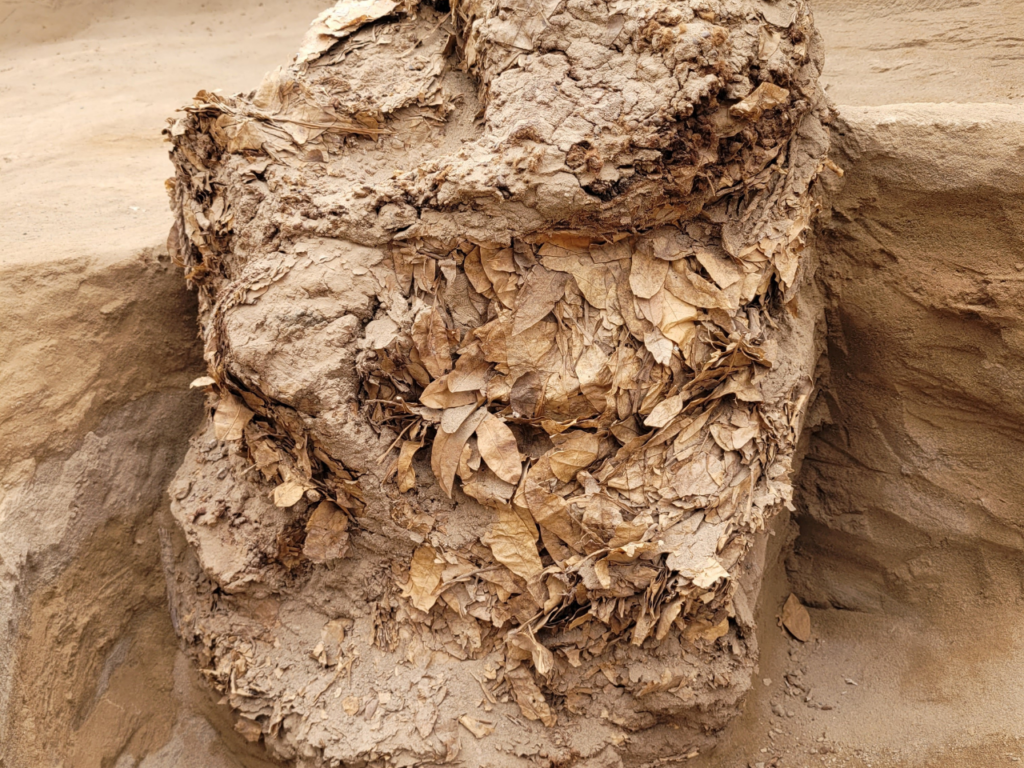

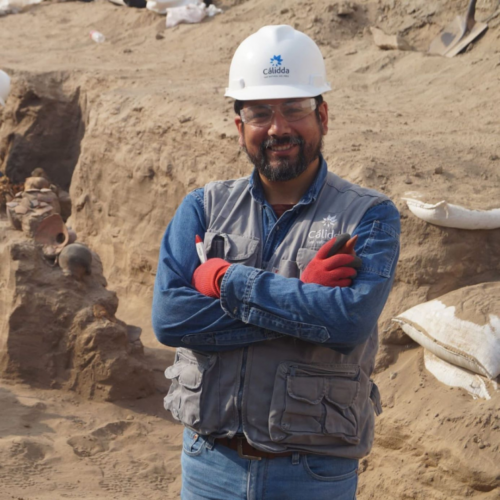
LIMA, Perú — The day began like any other. Our team diligently excavated trenches for a new gas pipeline, as the warm glow of the city surrounded them. Yet, their routine ended abruptly when they noticed bones and artifacts emerging from the earth.
The Peruvian energy company we work for, Cálidda Gas, had a rigorous archeological monitoring plan in place. So, when the team saw the items in the ground, they ceased operations immediately and called me. As an archeologist, when I approached the site, I felt the buzz of anticipation. Looking out over the trench, I quickly caught sight of bones and ancient relics, and they captivated me. It felt like taking a leap back in time; as if something remarkable burst forth from the ordinary.
We halted construction immediately, pivoting from utility work to an archaeological mission. Each bone that was unearthed thrilled me, sparking images of the land’s ancient inhabitants. I began to imagine their lives, the tools they used, and even their views on death. That moment heralded the start of an extraordinary exploration unlike anything I experienced before.
Read more archeology stories at Orato World Media
Cálidda’s major archaeological find sheds light on Pre-Inca cultures
I find it hard to believe a month has passed since this great discovery. As one of Calidda’s most extensive excavations, we unveiled multiple burials in a single sweep. Rising at dawn for weeks, we worked diligently until sunset. Our shirts were soaked in sweat as we used precision tools to unearth history without the intrusion of modern machinery.
As the excavation progressed, I tenderly wrapped the unearthed remains in cotton cloth, cinching them with vines. These relics, nestled only 30 centimeters below the surface and surrounded by ancient vessels, unveiled eight burial sites. They were the silent guardians of history, from the pre-Inca Ychsma and Chancay cultures. The legacy of these pre-Inca civilizations dates back to about 1,100 AD. Among the mummified bundles, I noted three unique burial patterns, with most in a fetal position and one adult in an uncommon lotus posture—an incredible testament to their era.
As the day’s end mirrored its colorful beginning, the experience felt surreal, like I stepped into a fable. I gathered each archaeological piece and transported it to the lab for careful analysis. There, I began the meticulous process of cataloging and creating collections. Each artifact, destined for the museum, passed through my hands to the experts who helped reveal their secrets.
We found the mummified remains of children, pointing to the environmental impact on health
A thorough analysis took place as remnants of the dig continued to arrive at the lab. The ancient remains revealed a story, like piecing together a historical jigsaw puzzle. When we discovered the remains of children between the ages of two months to three years, we knew the environmental factors from El Niño likely led to premature deaths from anemia. The relentless climate cycle of their time wrought drought and famine for centuries.
The burial offerings included a trove of red and black ceramics, a solitary wooden sword, and gourd bottles, giving context to the life and death of the humans we uncovered. Drawing on my past excavations, I uncovered fragments from burial grounds which I knew dated to the same ancient epoch. Relics like this bridge the gap between past conjecture and current insights, illuminating the complex relationship between ruling empires and the local populations under their sway.
The diversity of burial practices we discovered bears witness to a confluence of cultures, beliefs, and traditions—a mosaic of people who once shared this ground, weaving a rich tapestry of our human story.
My journey from the field to the lab reveals Lima’s long and incredible history
I have deep roots in both lab and field work. When I handle centuries-old artifacts, it feels as though history comes to life in my hands. The process allows me to narrate and celebrate long-forgotten stories. Reconstructing and sharing those stories not only feels like an honor, but also a responsibility.
My team and I focused on bringing the stories to light through the right partnerships and exhibitions. In Lima, history lies in layers beneath our everyday lives. Uncovering artifacts amidst the city’s hustle and bustle feels almost mystical, underscoring the profound heritage that lies underfoot.
Our mission goes beyond preservation. Each discovery illuminates the ancient lives and deaths of the people that came before us, and the tombs that marked their final journeys. With 19 years dedicated to revealing the history of Peru, my teams and I have cataloged over 1,900 archaeological finds.
My pursuit is steadfast: to chart this complex history and realized a dream that is as much a personal challenge as a professional pursuit.
All photos courtesy of Cálidda Gas Natural de Lima y Callao S.A.



